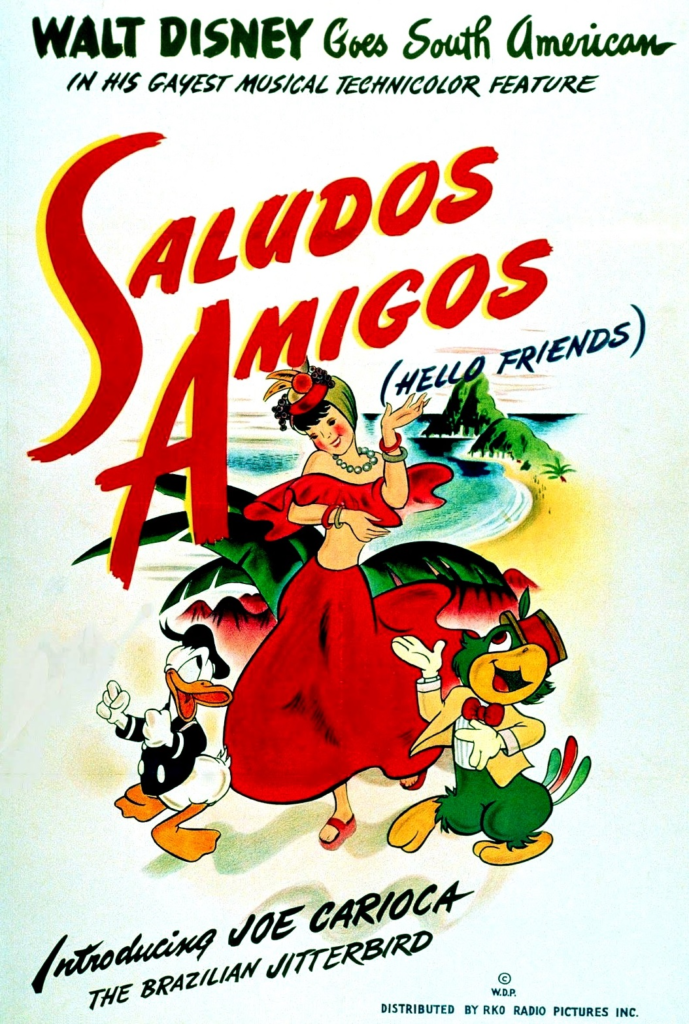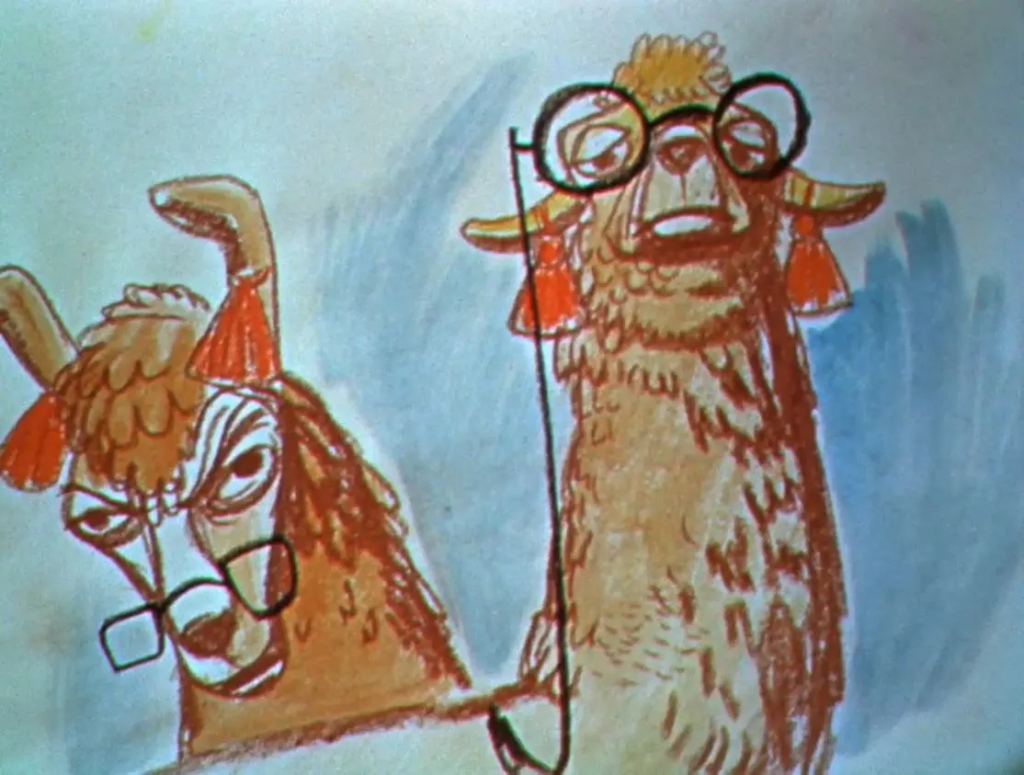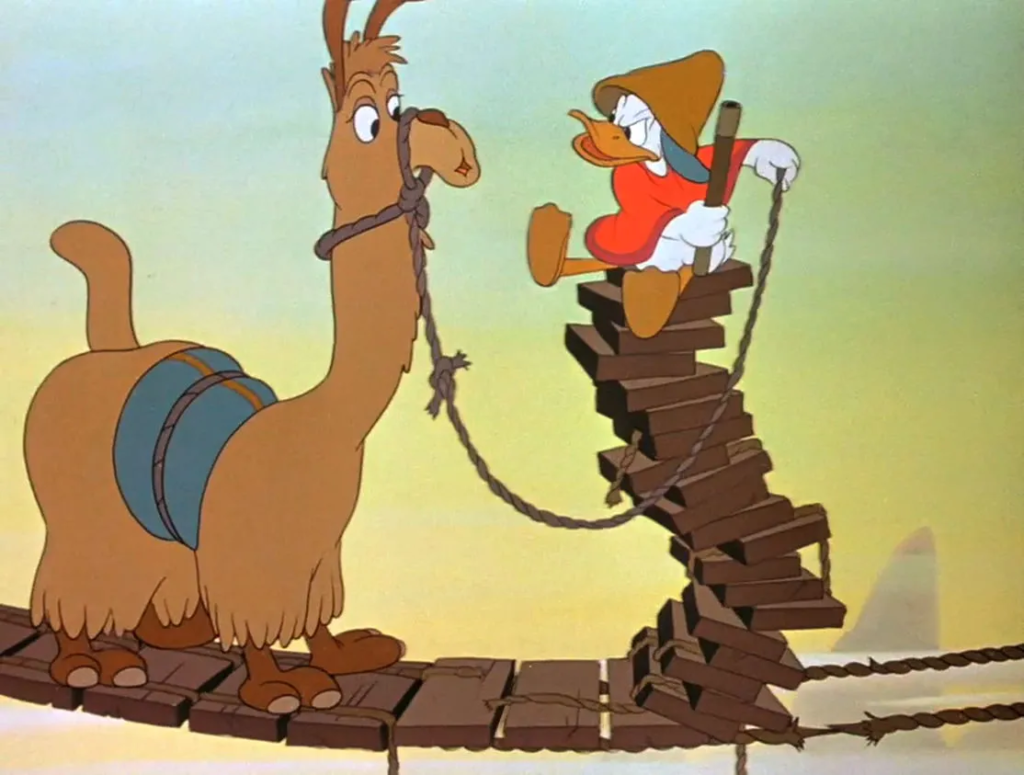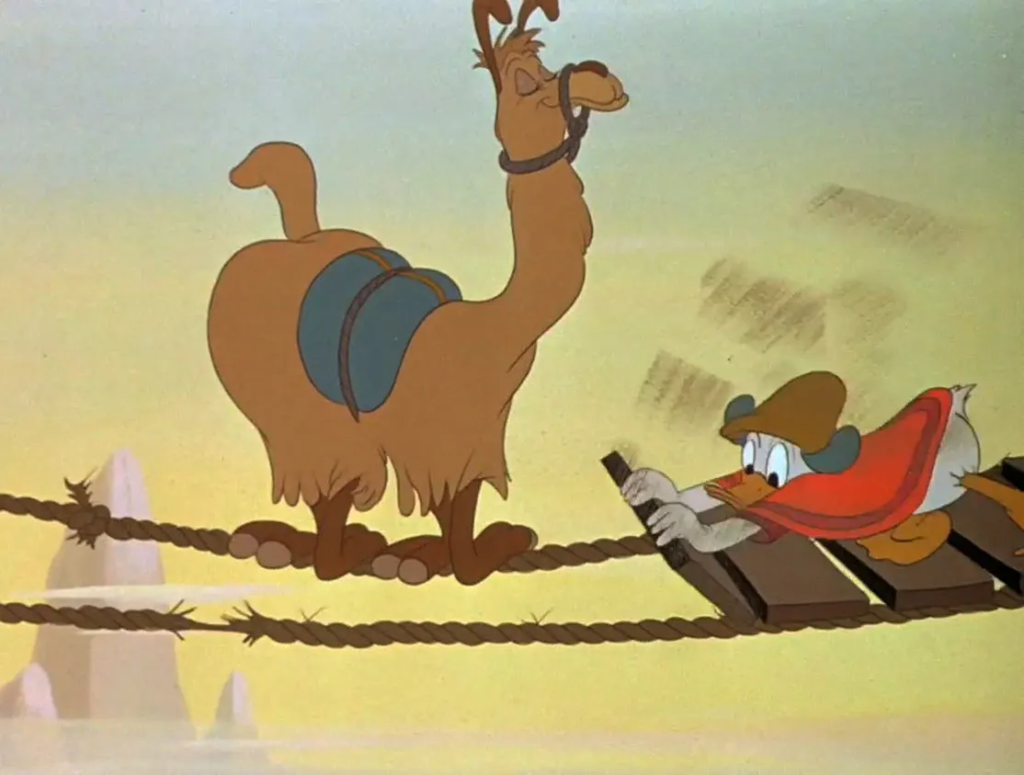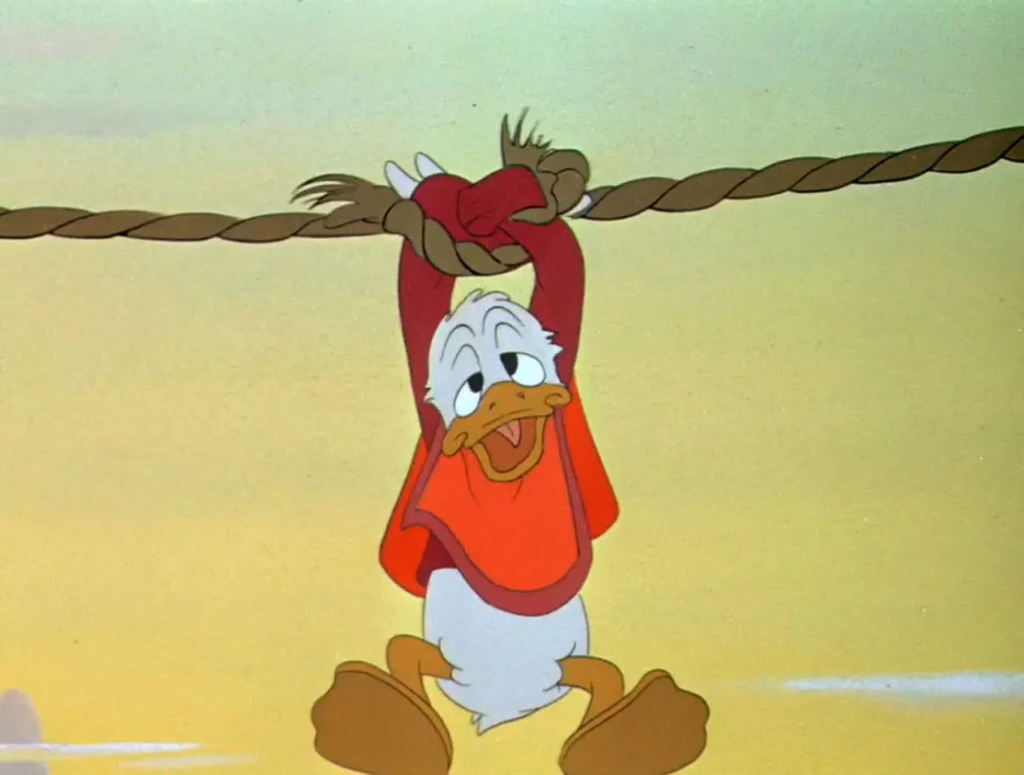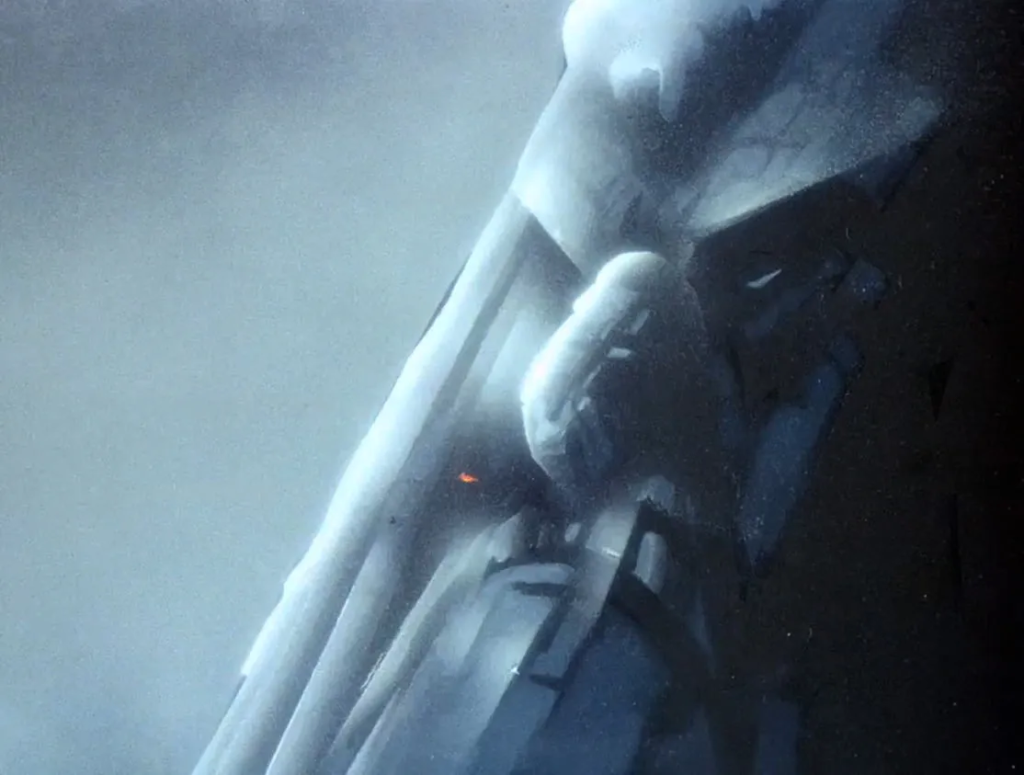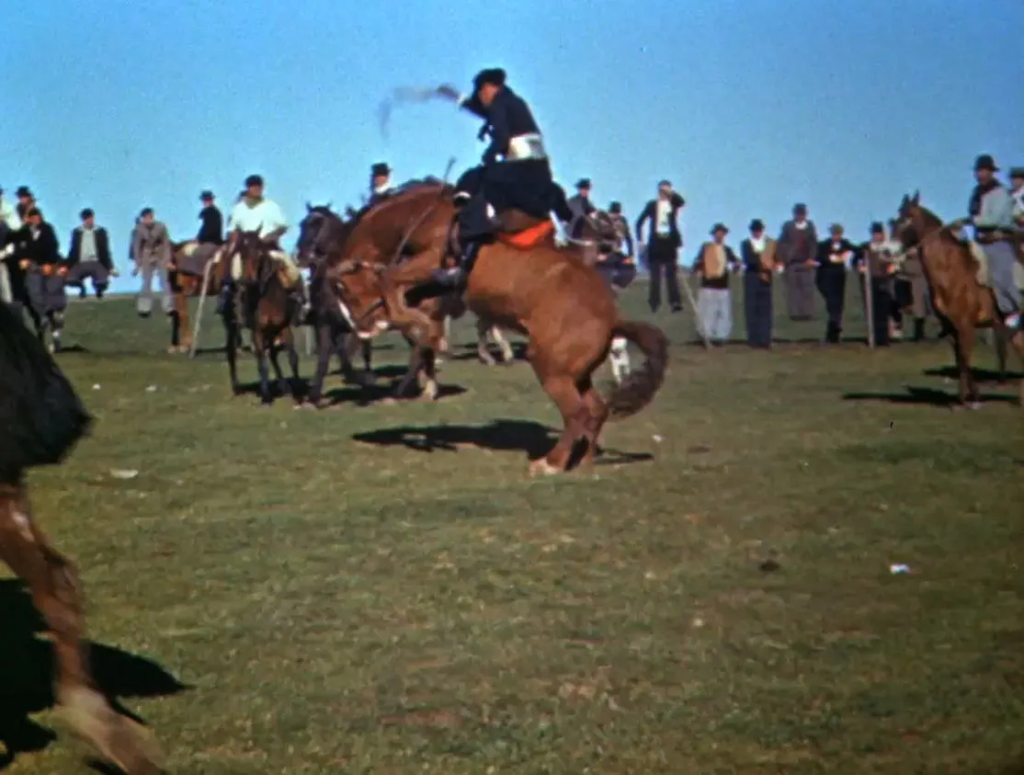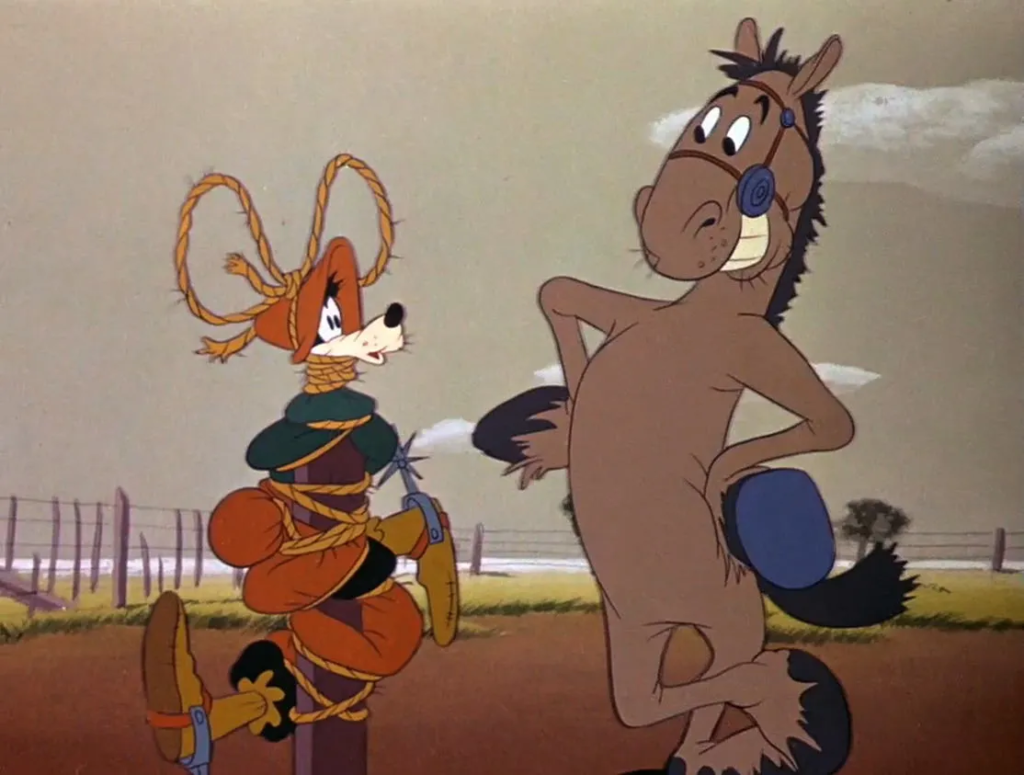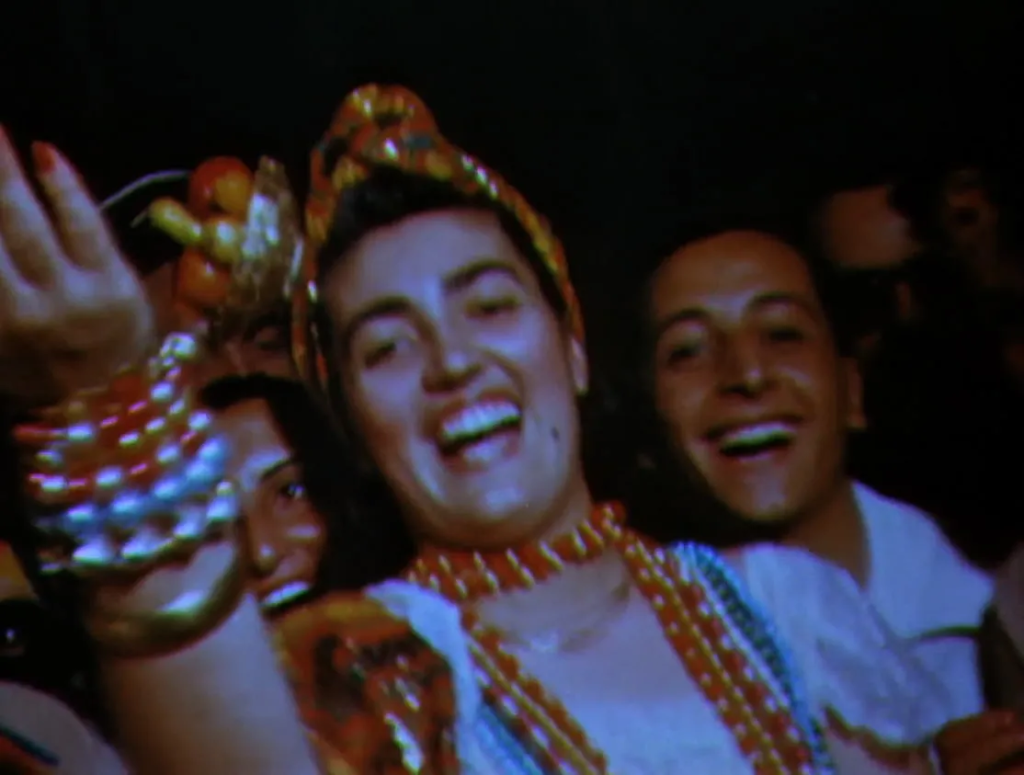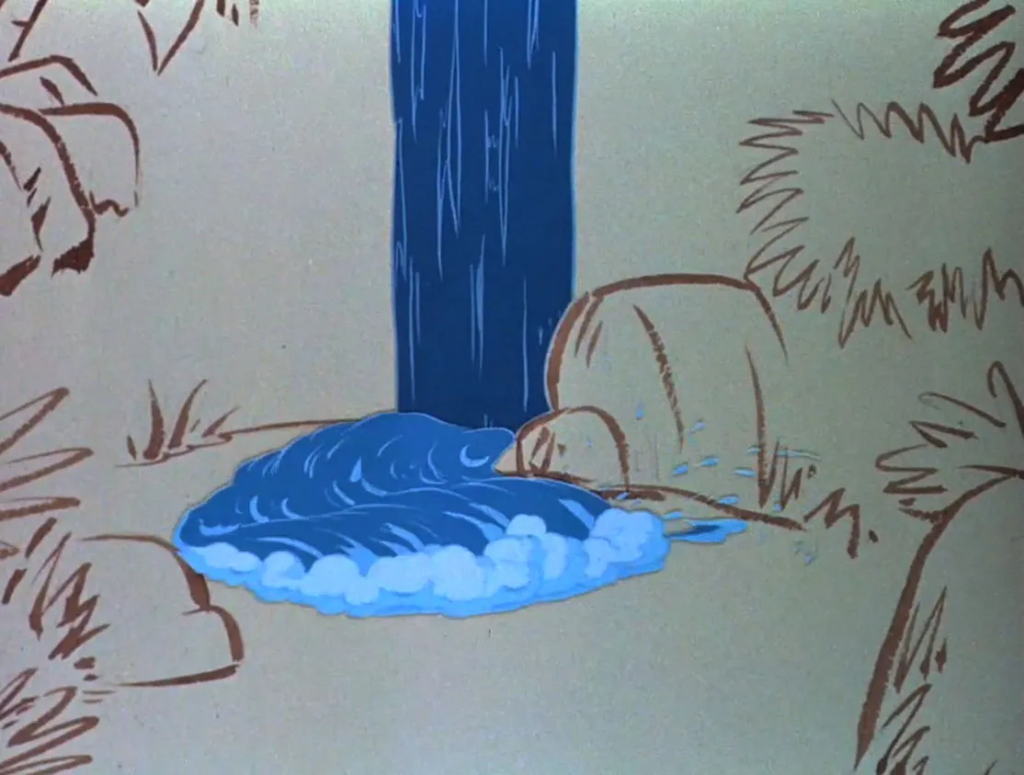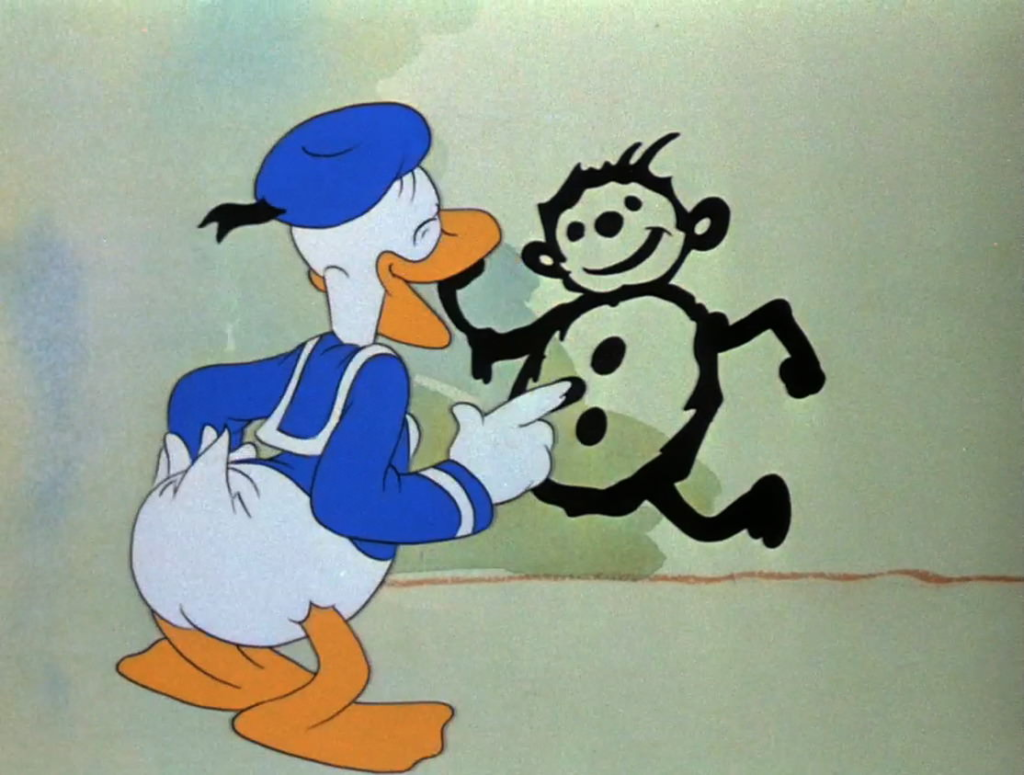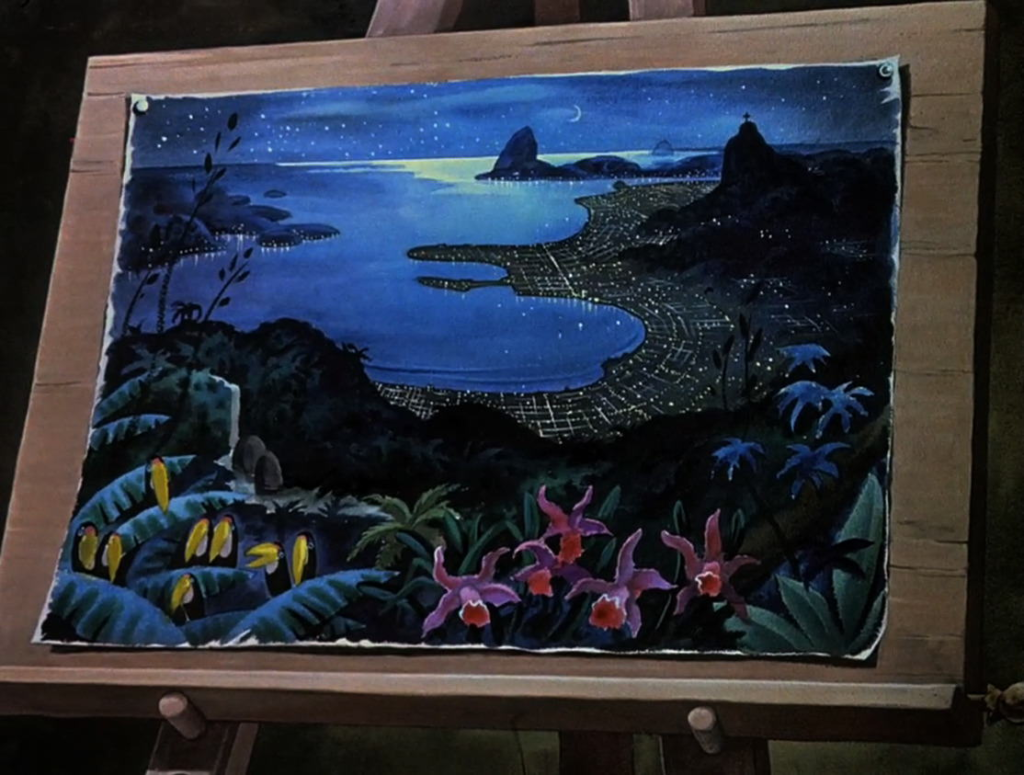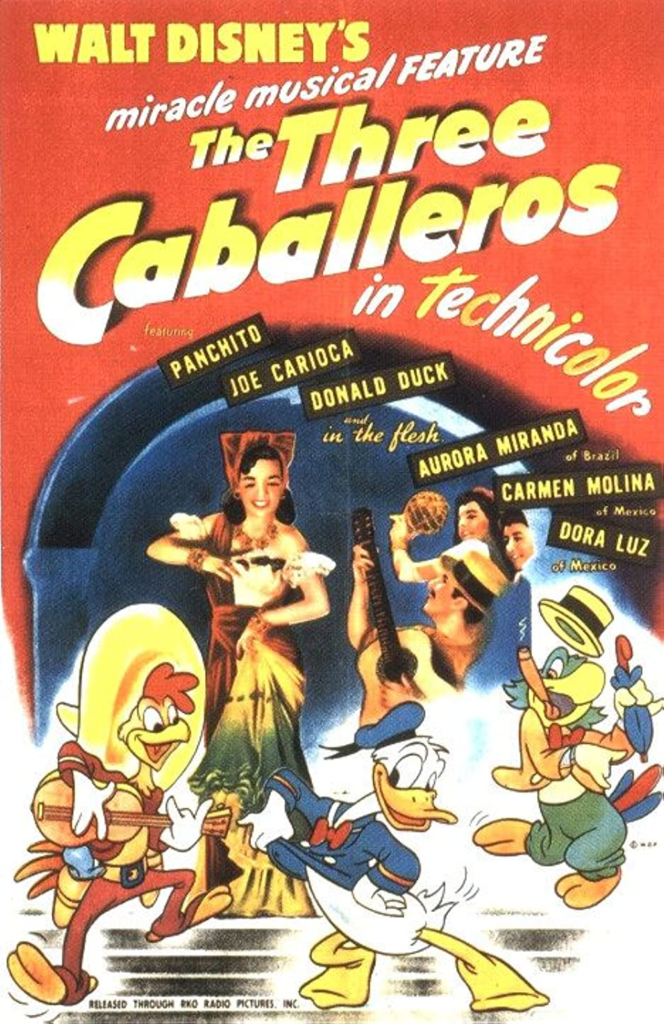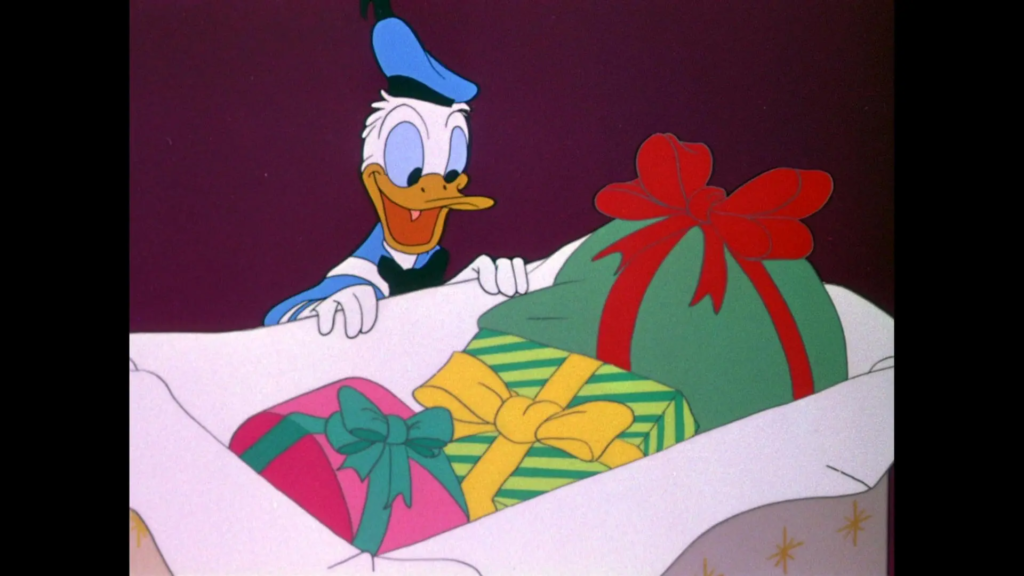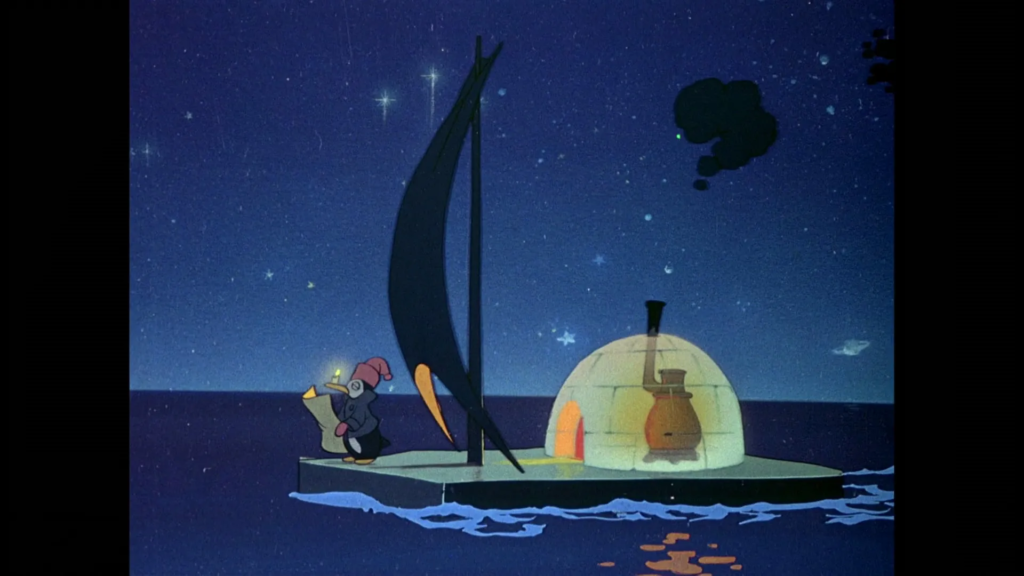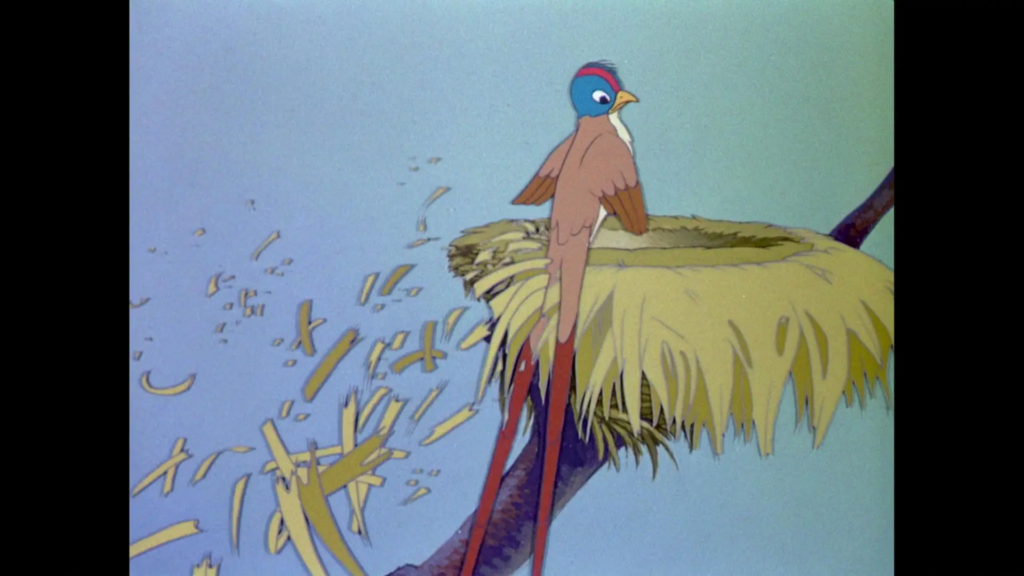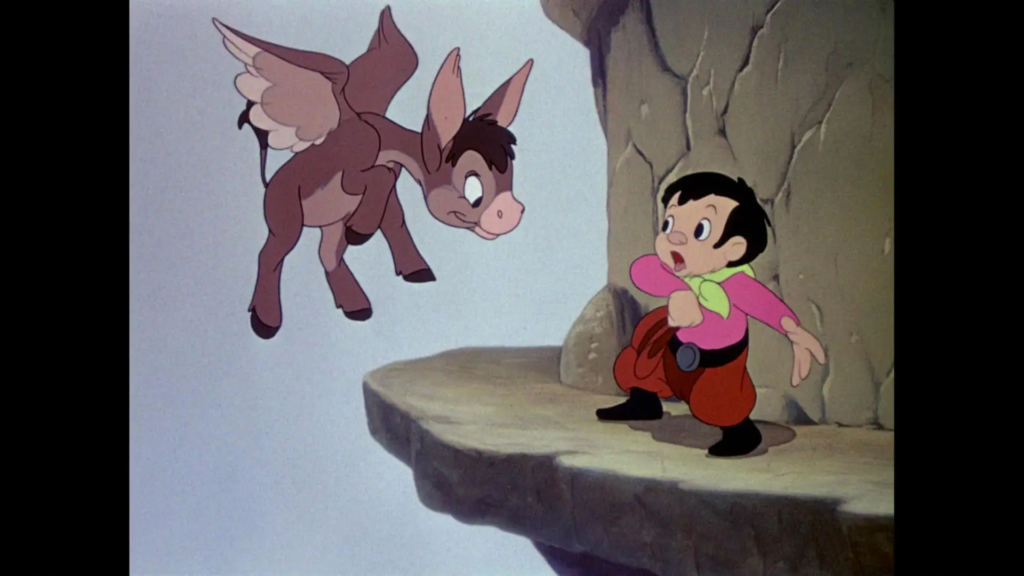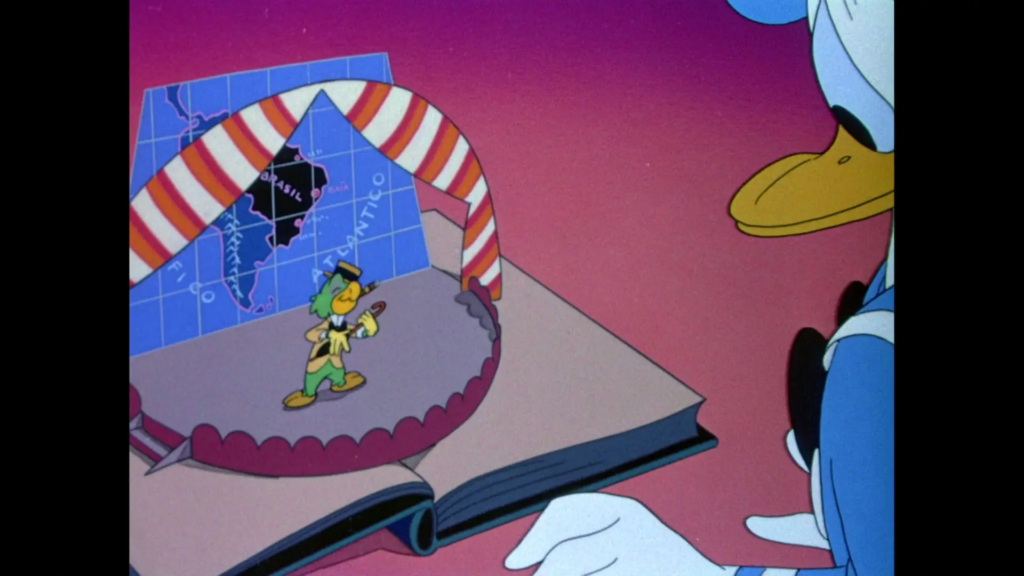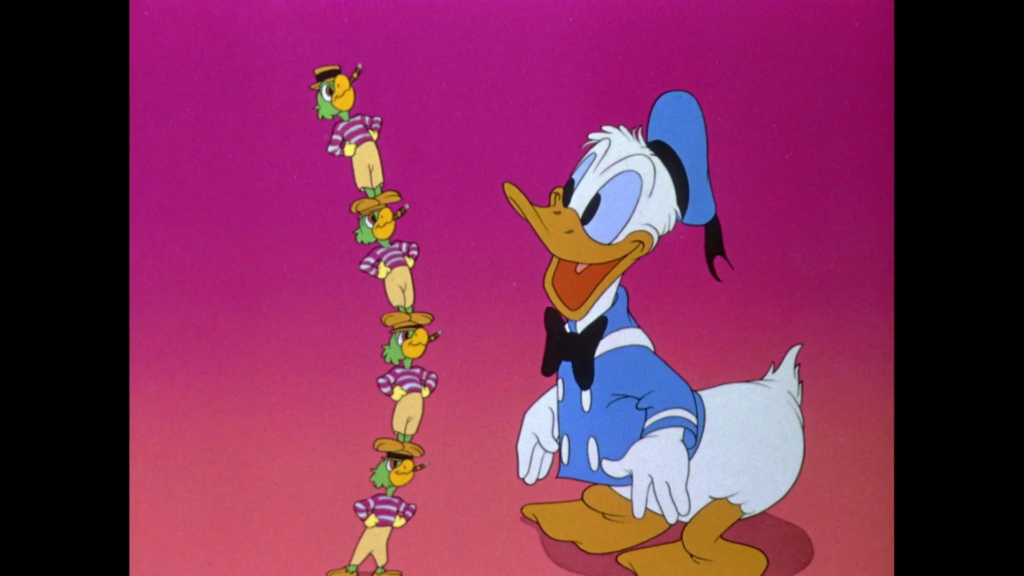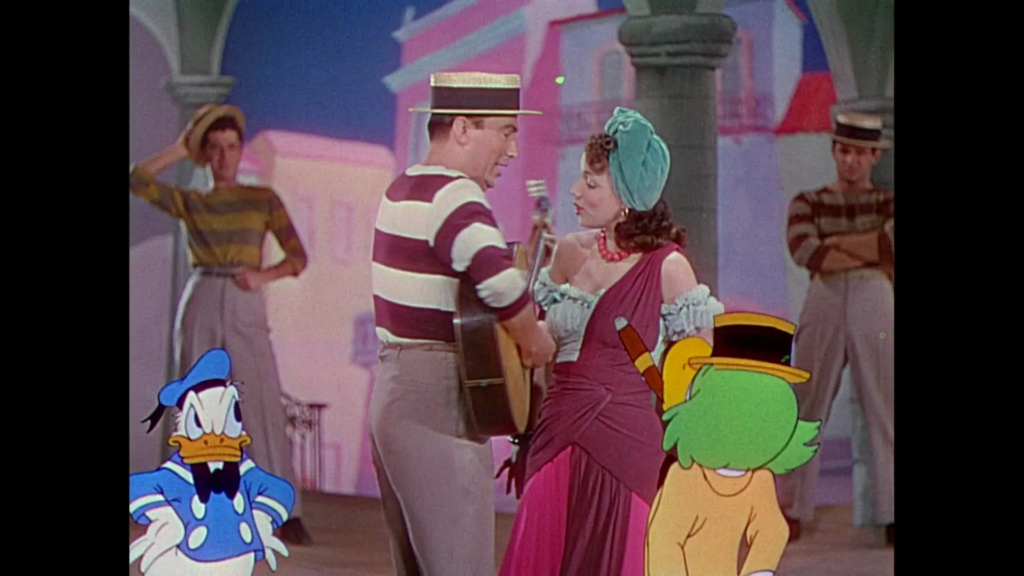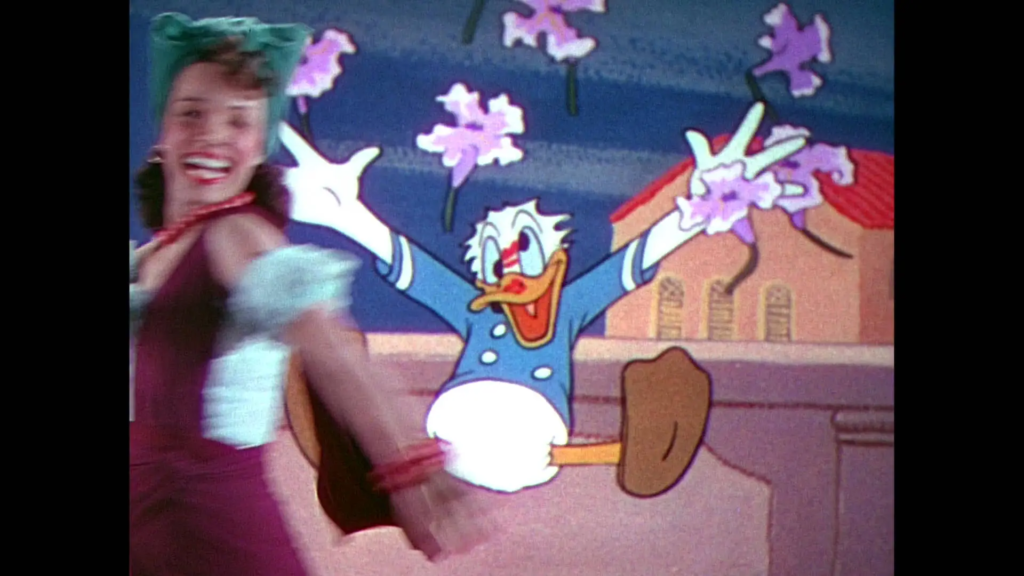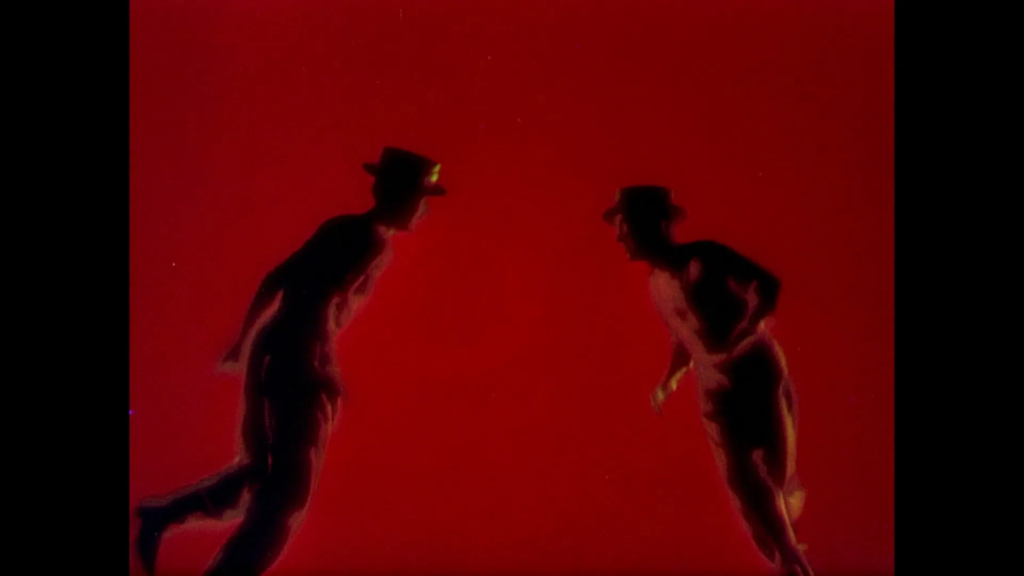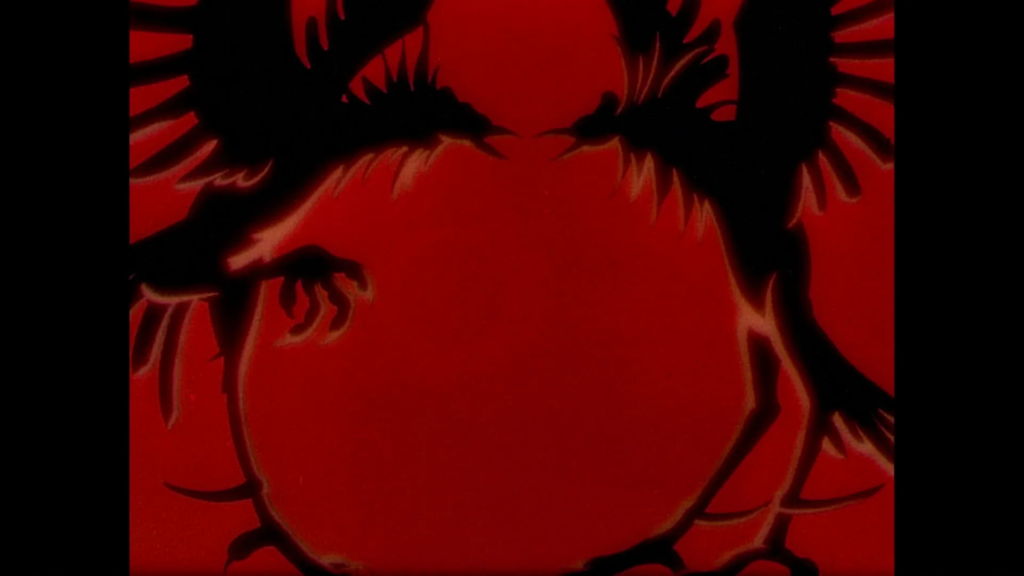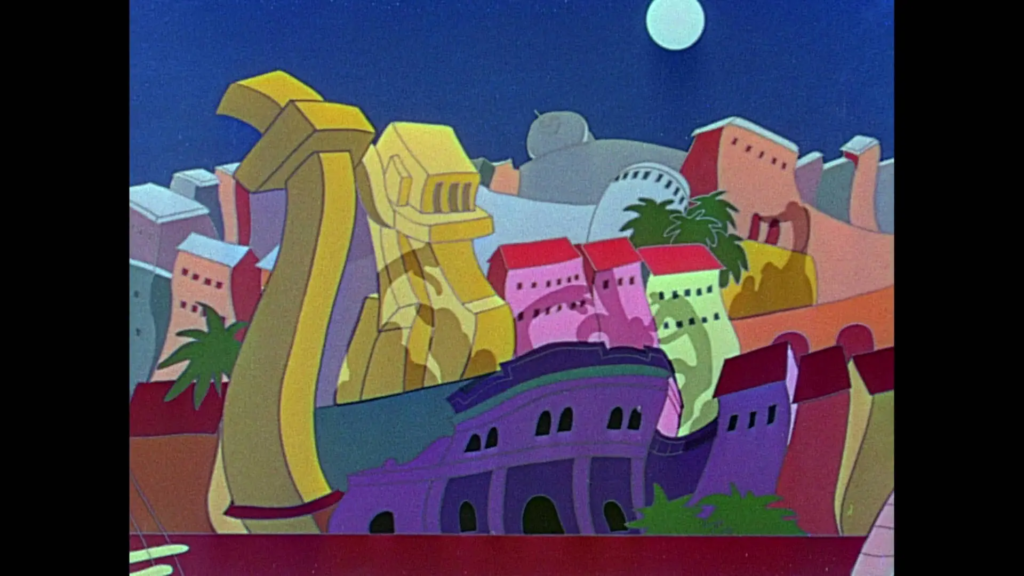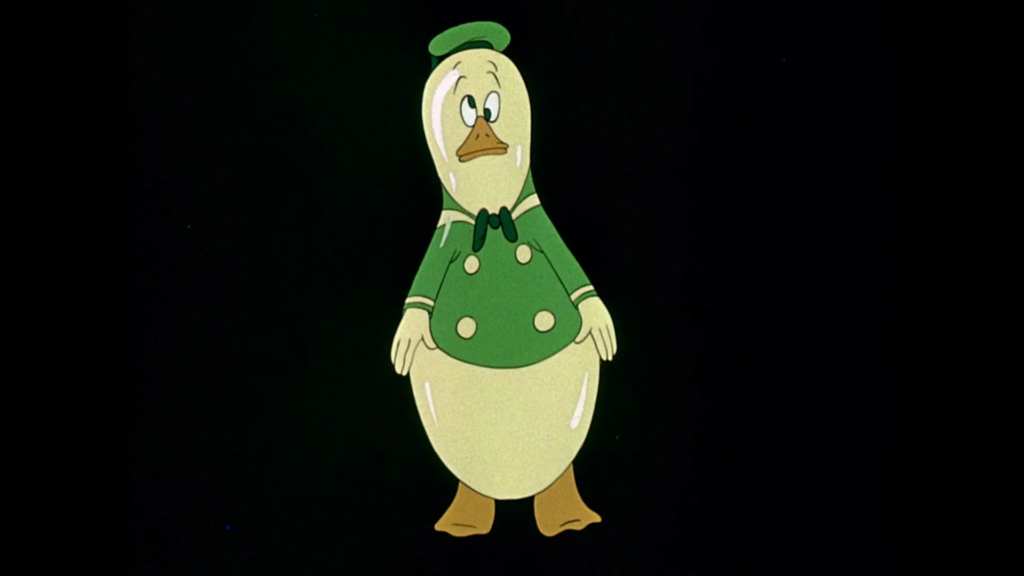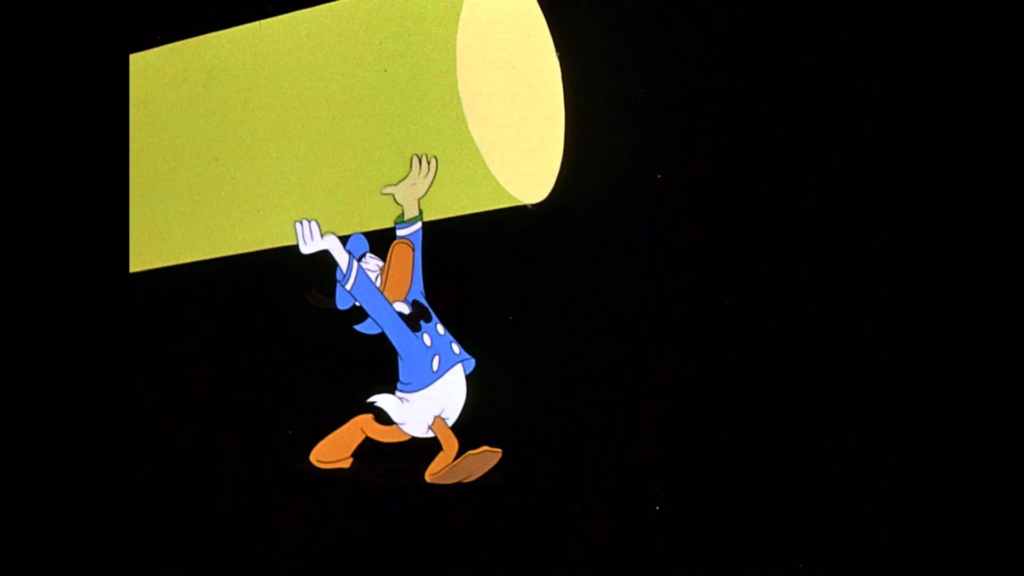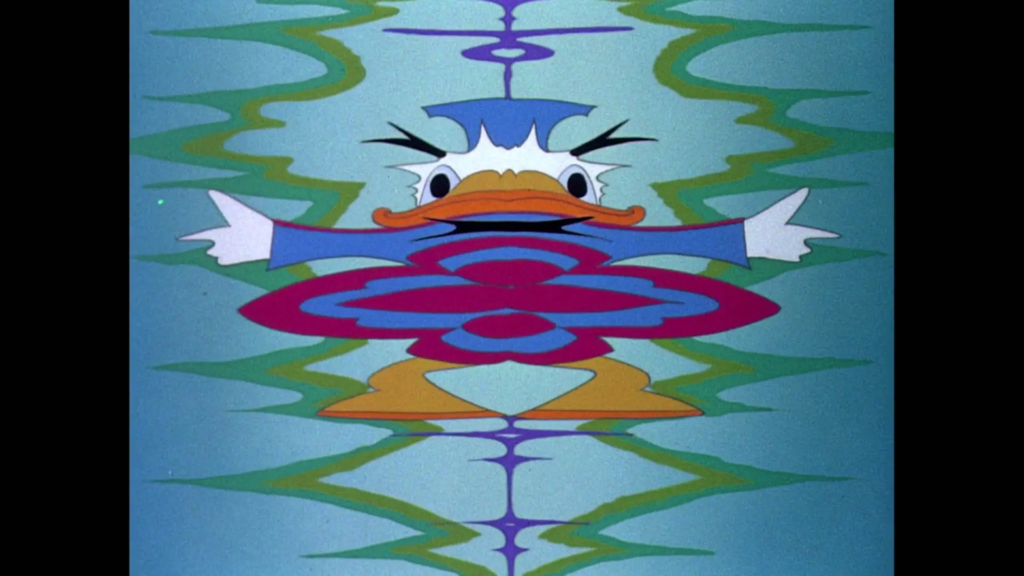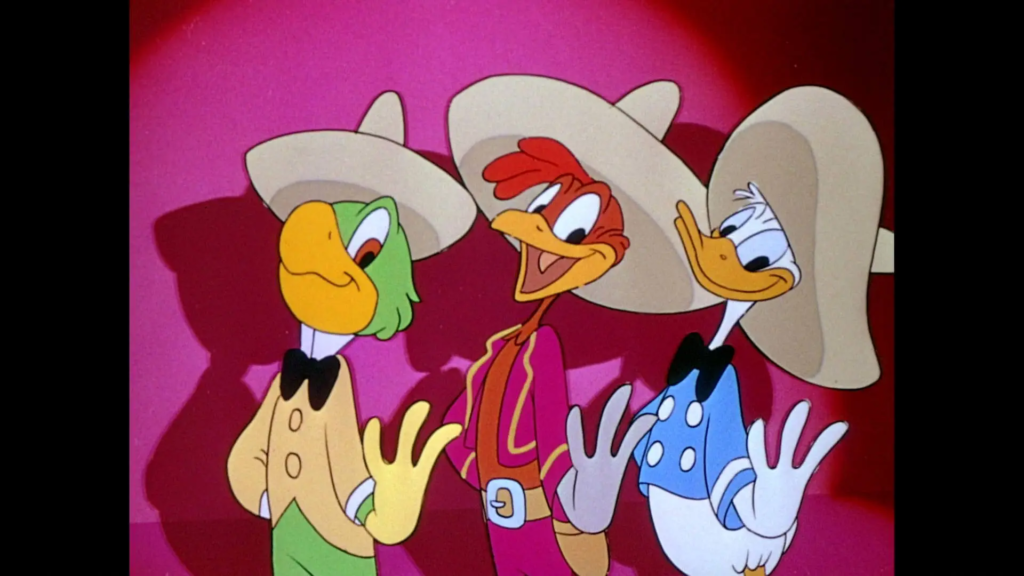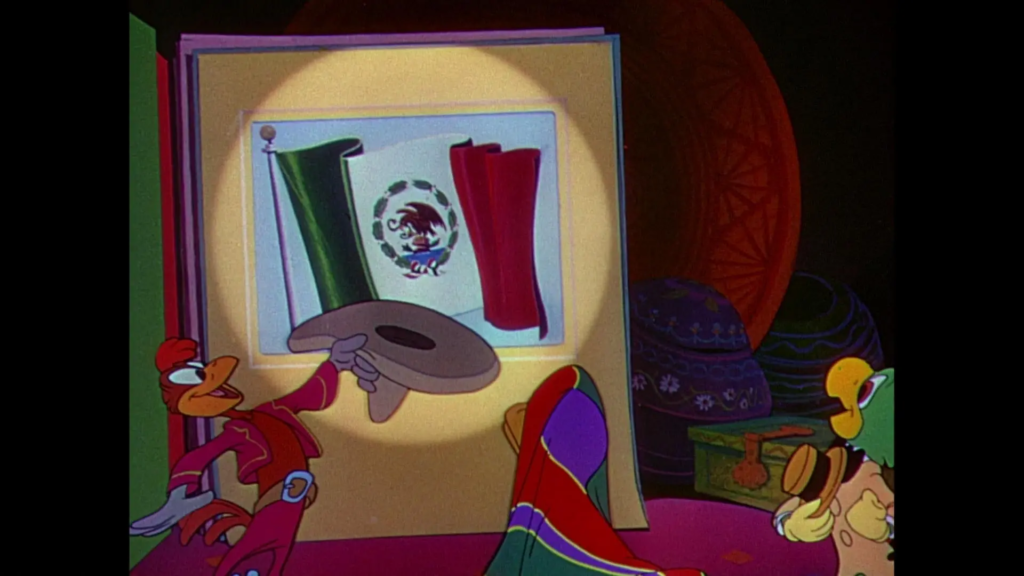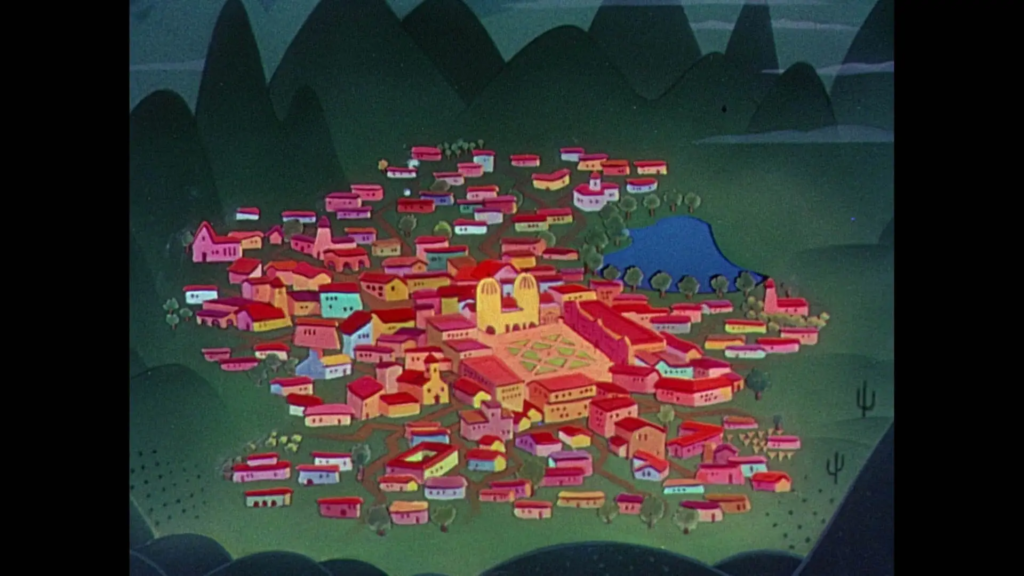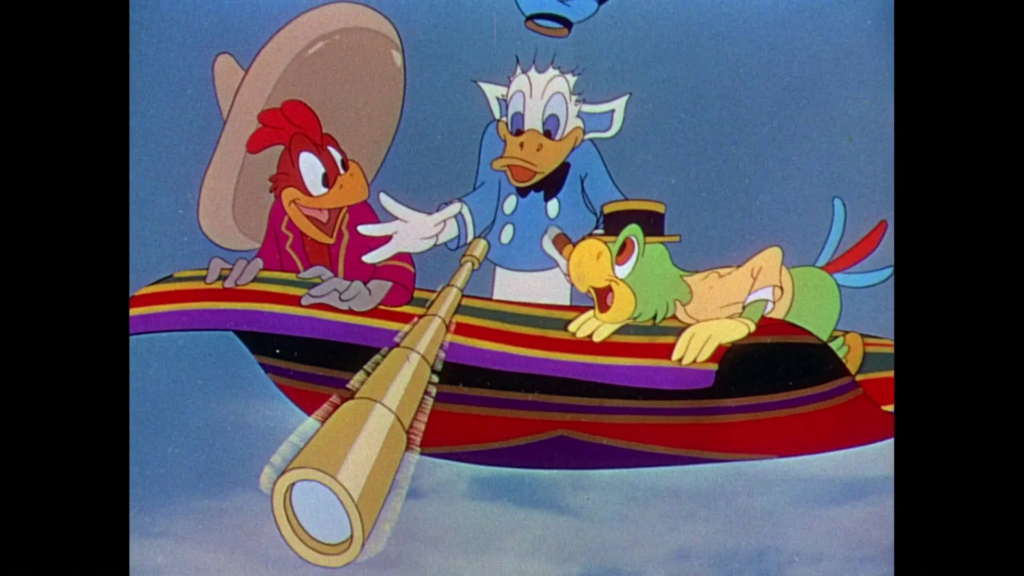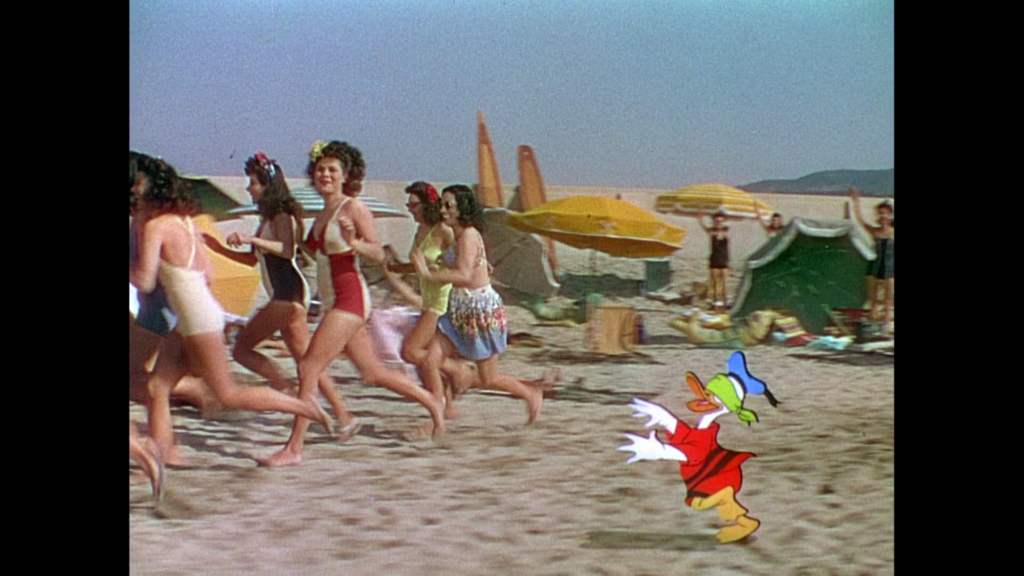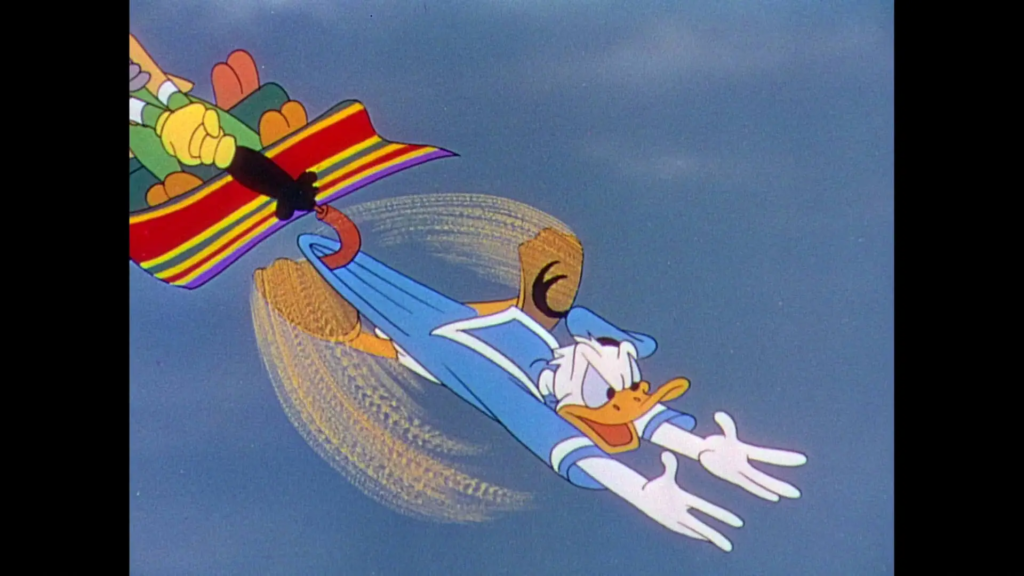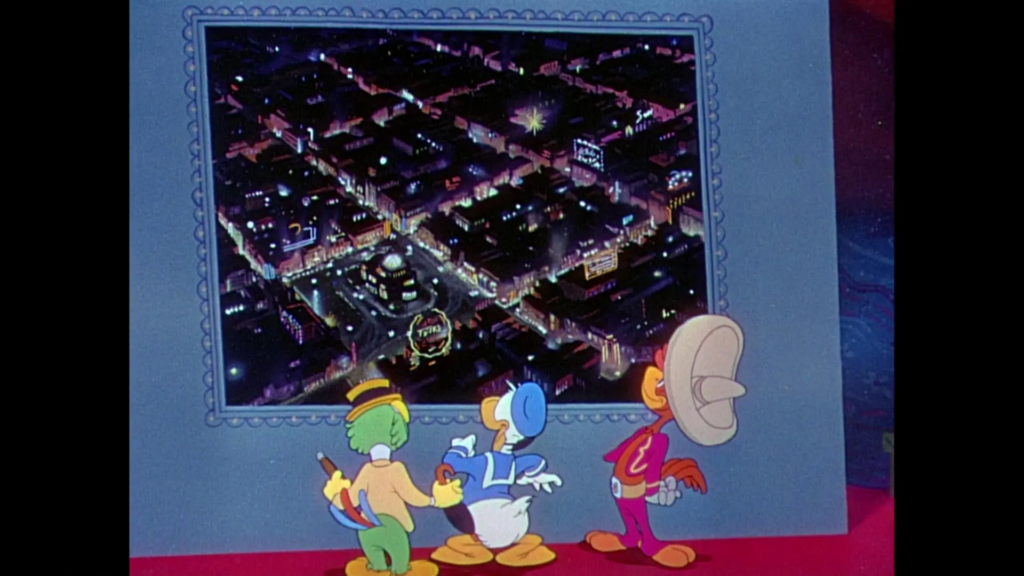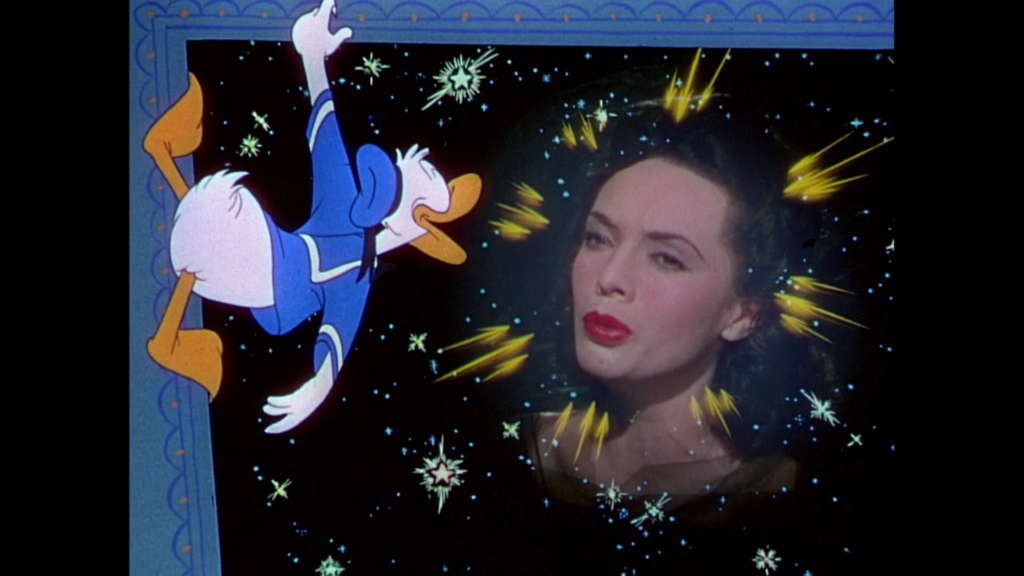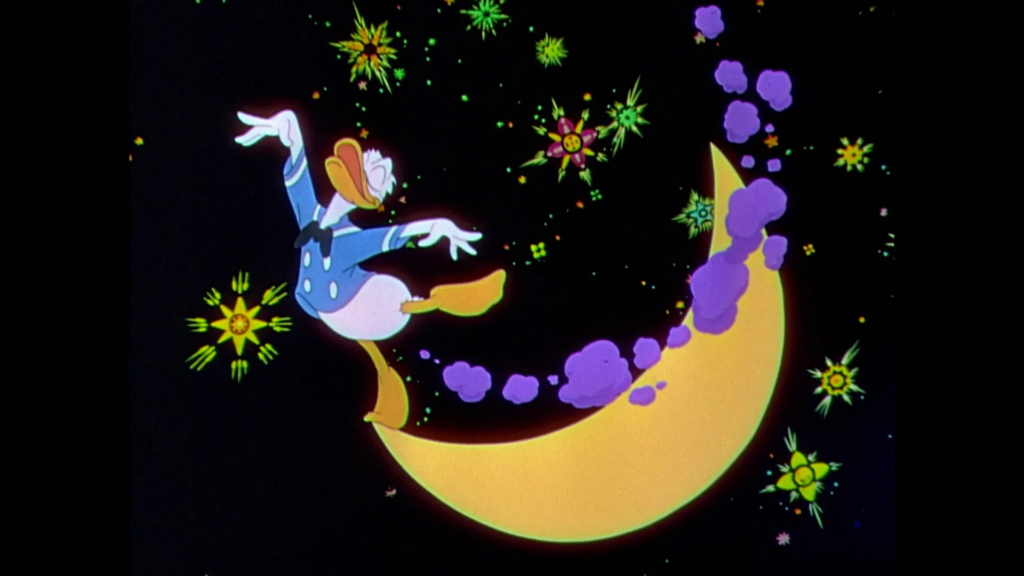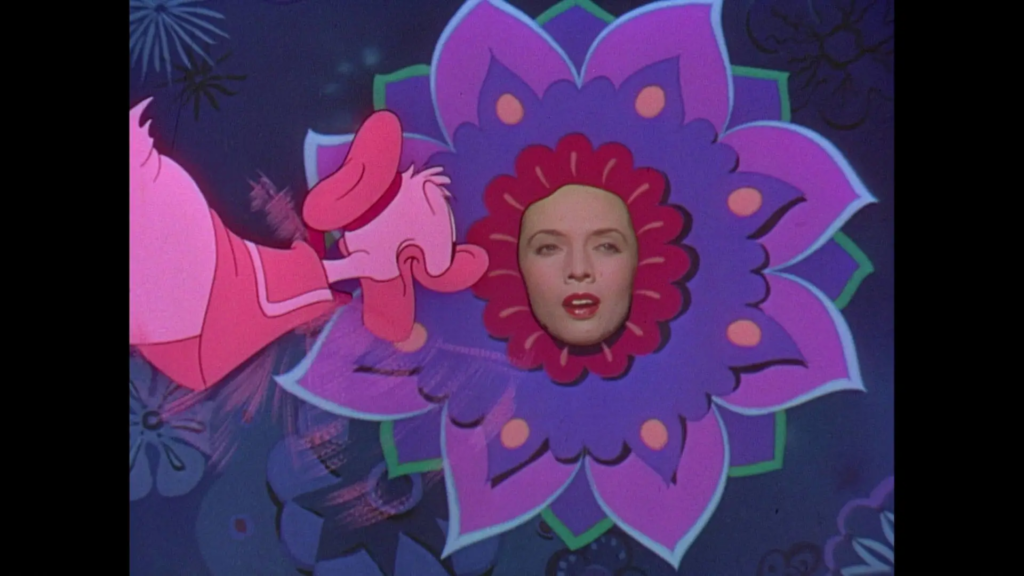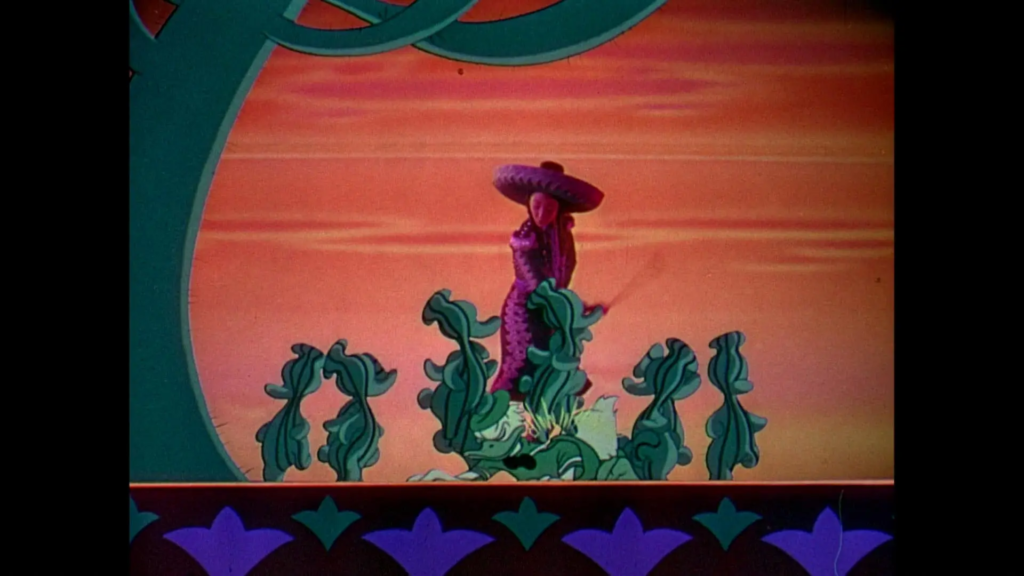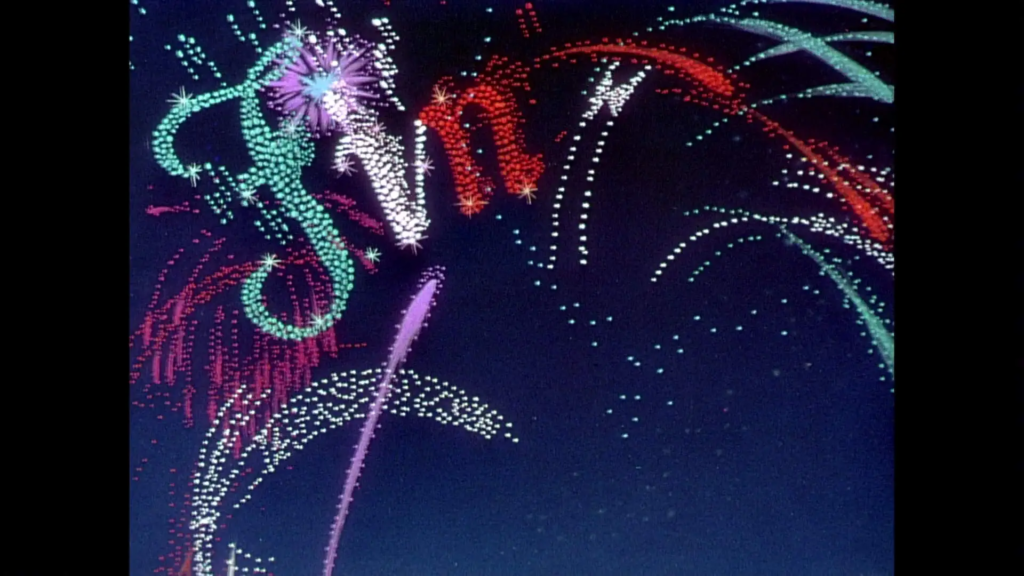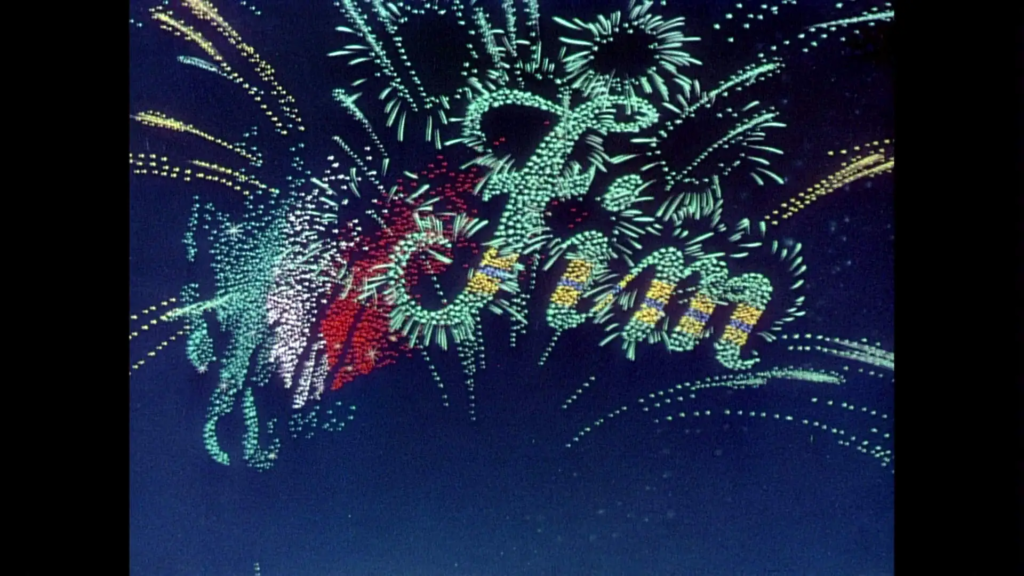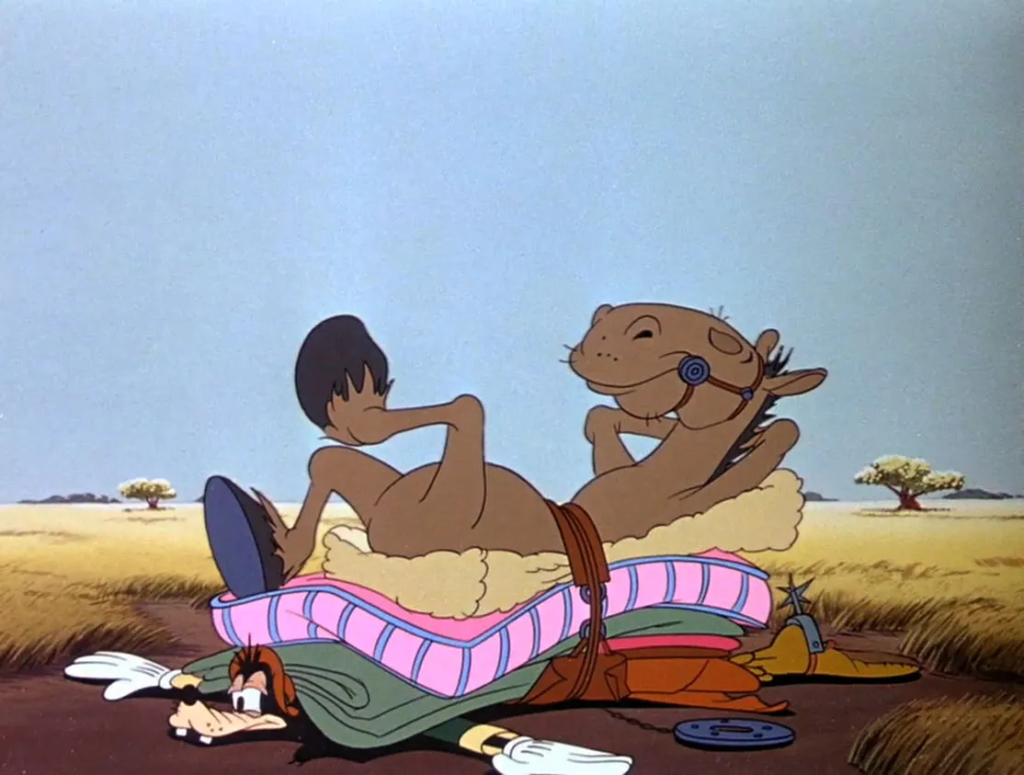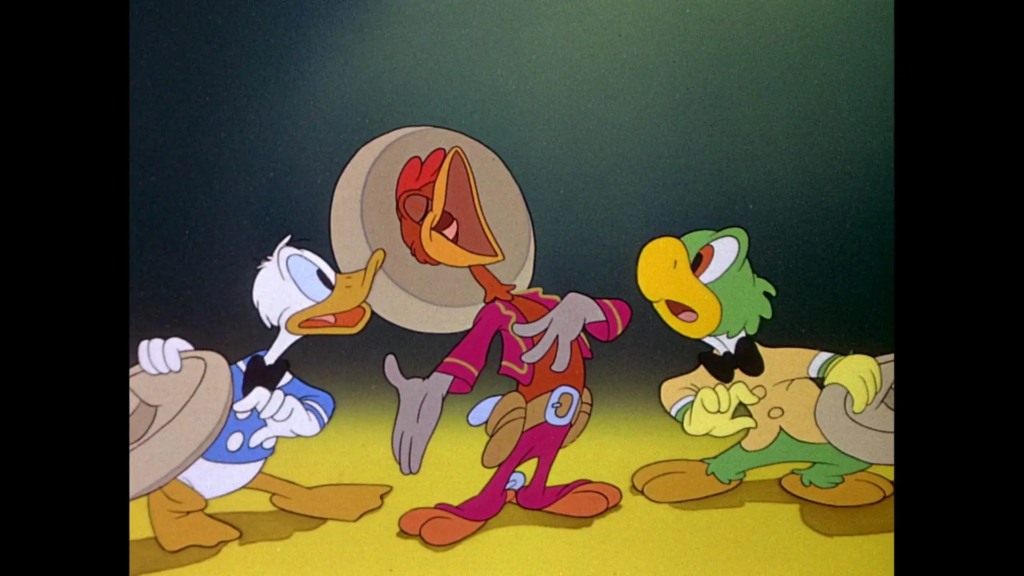For a brief interval, (theater) enables us to become gods. Stripped of all nonessentials, that, I think, is the ultimate nature of the theatrical passion, and that is why in one form or another, practically everything that goes on in the theater is based on something misunderstood by some or all of the people on the stage that is at the same time clear to the people that are watching them.-Harold Goddard, The Meaning of Shakespeare.
The animated series, Phineas and Ferb, which ran on the Disney Channel from 2007 to 2015 is responsible for an entire generation being unable to hear the phrase, “tri-state area” without busting a gut laughing. Actually, it also made it impossible for them to hear the word, “busting,” without doing that. Phineas and Ferb is also one of the few, possibly the only, Disney Channel show of its vintage to have real cross generational appeal. I only discovered it as an adult, years after it was cancelled, and I consider it brilliant, something that works wonderfully as a turn-off-your-brain Saturday Morning cartoon and that holds up to serious thematic analysis. I was not particularly thrilled however to hear that it’s going to get a revival on Disney+. I’m not saying said revival will be terrible; it might be quite fun. But I doubt it will be as consistently great as the franchise was in its glory days.[1]There was a spin-off movie released on Disney+ in 2020, Candace Against the Universe. While a great movie in many ways with some of the best songs to emerge from the franchise, many of its dramatic … Continue reading I want to write about it while the show can still be seen as sort of pristine and perfect. There are already a lot of articles celebrating the series, but I believe I’ve found a different way to approach it.
First, some background information.
The goal of the series creators, Dan Povenmire and Jeff “Swampy” Marsh was to create an animated show that would have the sophistication of the adult ones on which they’d worked, like The Simpsons and Family Guy, but without the crudeness and cynicism, one that adults and kids could both enjoy. In this, they succeeded. Phineas and Ferb is wonderfully witty yet also ridiculously innocent and wholesome. I’d call it ironically wholesome but how genuinely emotional it can get belies that description. And both the sophistication and the wholesomeness are integral to the show’s appeal. Like the titular characters, neither would work as well without the other.

The premise of Phineas and Ferb is both simple and complex. Juvenile stepbrothers Phineas Flynn (brilliantly voiced by Vincent Martella-all the voice acting on this show is briliant) and Ferb Fletcher (voiced by Thomas Brodie-Sangster though he seldom speaks) are determined to have the best summer vacation ever. Every day, they build a giant theme park ride or a time travel machine or a robot or a spaceship or what-have-you in their backyard. And every day Phineas’s older sister, Candance (Ashley Tisdale) tries to show this to their mom (Caroline Rhea.) But just as Mom is about to see it, events remove the invention and all evidence of it from the yard, leaving her none the wiser.

This is a fairly standard premise. In particular, the whole character-keeps-trying-to-show-people-fantastical-thing-but-it-disappears-every-time is a sitcom cliche that dates back to at least the 60s. The complex part comes from the fact that there is another storyline happening right alongside it. Phineas and Ferb’s pet platypus, Perry (whose animal noises are provided by Dee Bradley Baker), is really a Gromit-esque secret agent for OWCA (The Organization Without a Cool Acronym.)[2]If you know what Gromit-esque means, reward yourself with some cheese. Each day, he battles Dr. Heinz Doofenshmirtz (aforementioned series creator Dan Povenmire), an evil scientist who spends his days building doomsday devices to get revenge on those whom he perceives as having wronged him or to take over the entire tri-state area. These devices include an underwear-inator to demoralize everyone by turning their clothes into underwear, a chicken-replace-inator that replaces whatever its beam hits with a chicken, a rain-inator to rain out a soccer game which would otherwise preempt a big episode of Doofenshmirtz’s favorite TV show[3]I see nothing evil about that last one. Perry was clearly in the wrong there. and a bring-0ut-the-dessert-inator, which even he admits was kind of desperate. Perry always wins, of course, and at the end of the day, Phineas and Ferb are none the wiser as to his true nature.

Again, this a fairly generic premise for a cartoon. But something about the intertwining of the two standard plotlines makes them special. And even apart from that, well, sometimes standard plots become standard because they work, and these ones work here.
Of course, Phineas and Ferb is primarily a comedy, and the greatness of any comedy lies in, well, its comedy. But comedy is also the hardest thing to analyze without ruining it. Suffice to say, it uses many of the standard tropes of modern self-aware comedy and it uses them to their best advantage. I will say that one thing I love about it is that it’s gloriously, outrageously silly without being too silly. Too often when cartoons and other comedies, especially those aimed at kids, aim for maximum wackiness, the result feels forced and tiresome to me. But the idea of a secret agent platypus battling an evil scientist bent on tri-state area domination perfectly hits that sweet spot.

One of the things about which the show is self-aware is its formulaicness. Not only does the average episode follow the outline I described to the letter and there are a host of catchphrases that each character says. I don’t mean that as criticism. As I’ve written before, sometimes I enjoy something being formulaic. There are joys to be found in recognition and anticipation. For kids, there’s something comforting about watching Phineas and Ferb, knowing that by the end of each episode, the stepbrothers will have had the best day ever, Candace will have been reduced to sputtering impotence and Doofenschmirtz reduced to impotent cursing. This can even be part of the show’s appeal for adults. And the aforementioned self-awareness helps a lot. Even as early as the first season, Candace realizes her the hopelessness of her fate and tries to beat the system by, say, bringing Phineas and Ferb’s invention of the day to Mom rather than bringing Mom to it. (Naturally, this backfires on her.) Of course, there’s a price to be paid for all of this. So much of the show’s humor depends on the viewers being familiar with the formula and the catchphrases and the details of previous installments[4]It’s particularly necessary for episodes like Hail Doofania and Phineas and Ferb Interrupted. that a newcomer won’t really get most of the jokes if they just sample a few random episodes. But since the show is good, why would you want to limit yourself to a few random episodes?
One of the limits Povenmire and Marsh imposed on themselves in making the series was that none of the characters would be a jerk or an idiot.[5]But what about Doofenshmirtz? We’ll get to him. I would have told them they were shooting themselves in the foot with this goal. Pretty much every great comedic character in the history of fiction has been a jerk or an idiot. But the balance it creates between all the characters is actually brilliant. Most commentary on the show has, reasonably enough, focused on the “no jerks” part, but the “no idiots” is just as remarkable. (Remember when I wrote that I think I’ve found a new way to approach this?)
It’s not so much that no Phineas and Ferb character is stupid or incompetent as that none of them are completely stupid and incompetent. For that matter, none of them are entirely competent either. It’s true that Phineas and Ferb regularly do the impossible with ease, but they’re completely oblivious to obvious things like Candace’s animosity toward them or the fact that the neighbor girl, Isabella Garcia-Shapiro (Alyson Stoner), is besotted with Phineas.[6]Well, Phineas is oblivious to these things. I suspect the stoic, inscrutable Ferb picks up on far more than he cares to mention. Isabella herself is the highly competent leader of the Fireside Girls, a girl scout troop that awards patches for things like moving mountains and wrestling alligators, and easily keeps up with Phineas and Ferb yet is incapable of either moving on from Phineas or openly declaring her feelings to him.

Candace can never prove Phineas and Ferb’s exploits to her mother, but with determination worthy of a better cause, she usually comes close, managing to drag Mom away from whatever she’s doing and bring her to the scene of the “crime” just a second too late. And when she’s called upon to take part in the action scenes, she typically saves the day.

The more you think about it, the harder it is to see whether Candace or her mother is the butt of their plotline’s humor. On the one hand, Mom remains unflappable and calm while Candace is frequently frazzled and winds up looking ridiculous. Yet Mom has the most limited knowledge of all the show’s characters. We know that everything Candace claims that she dismisses is completely true and so do most of the cast.[7]A similar dynamic exists in A Midsummer Night’s Dream. Theseus is the character who gets humiliated the least, but the audience is clearly shown that his skepticism of the supernatural is … Continue reading


While Perry is an ultracompetent agent who always thwarts Doofenshmirtz and destroys his inators, he also always walks right into the traps that Doofenshmirtz sets for him.[8]More seriously, he’s shown to have trouble working with others though this only comes up a few times. And, for all their goofiness and the fact that Doofenshmirtz always deliberately puts a helpfully labeled self-destruct button on them, it’s rare for any of his inventions to simply not work. He proves to be quite competent in his way and, as I wrote above about Candace, in a serious crisis often ends up being an asset to the good guys.

I wrote above that I think no character being completely a jerk is a part of the show’s dynamic that has been sufficiently discussed. But it’s such a striking aspect of Phineas and Ferb that I just have to write about it! Imagining a version of the franchise in which the viewer would despise Candace for being a killjoy or, less desirable but more likely, a version in which the viewer would start to pity her and resent Phineas and Ferb is far too easy. But neither really happens. The brothers are such sweethearts that it’s impossible to want them to get in trouble and however dangerous their activities would be in real life, they’re shown to be totally harmless in the cartoony context of the show. But before the first season is through, we understand the insecurities behind Candace’s pettiness, and she shows herself to be capable of admirable behavior. It helps that Phineas and Ferb themselves love Candace and always leave the door open for her to join in on their fun. Some of their inventions are made specifically for her benefit, such as the giant citywide version of her favorite boardgame. In at least two episodes, they actually try to help her bust them to their mother. (Naturally, these are among the few times Phineas and Ferb fail to achieve their goals.)[9]The pilot episode does imply that Phineas is trying to hide what he’s doing from Candace and Mom, but the show abandons this so quickly I’m inclined to declare it noncanonical. What’s both heartwarming and sad about Candace is that she actually has a lot of great things in her life: loving, supporting parents notwithstanding Mom’s sarcasm and disbelief, little brothers who adore her and can bend the laws of physics to their will, an incredibly tolerant and loving boyfriend (Mitchel Musso), a best friend (Kelly Hu) who points out her worst tendencies to her, and, though she doesn’t know it, a secret organization of highly trained animal agents protecting her tri-state area from evil scientists. She could be a very happy person if she’d only give up her pride and her vendetta against her brothers. In fact, the episodes when she does just that and joins in on Phineas and Ferb’s activities are the ones when she is happiest.

Much the same could be said of Doofenshmirtz. Initially, the fact that he’s unloved by his parents (Dee Bradley Baker and Cloris Leachman in flashbacks), unsuccessful in his career, estranged from his wife (Allison Janey) and despised by his teenage daughter, Vanessa (Olivia Olson) makes him the object of the viewers’ contemptuous laughter. But the longer the show goes on, the more we sympathize with him and so does Perry. As one character says in the series finale, he’s not so much evil as a nice guy who tries to be evil. Whenever he turns out to be doing something innocent, Perry supports him in it and whenever it looks like his schemes are going to backfire on him, Perry rescues him. For Doofenshmirtz’s part, as the show goes on, he starts to sound less upset when Perry shows up to thwart him and more pleased. Before long, one of the series’s running gags is that their enmity is more like a romantic relationship. It’s actually rather shocking to rewatch early episodes and see Doofenshmirtz try to kill Perry or Perry try to arrest him. Such a thing would be unthinkable later. Phineas and Ferb‘s great achievement is that we don’t root against Candace or Doofenschmirtz but neither do we root for them to succeed. We root for them to be converted.

Much the same can be said of the other characters who start out as antagonists and of the other relationships that start out as negative. Doofenshmirtz’s aforementioned aloof daughter mellows out considerably over the course of the show, especially as she becomes friends with Phineas, Ferb and Candace.[10]Without discovering Perry’s secret identity, of course. In one of the series’ most popular specials, Summer Belongs to You, her complaint about her dad is actually that he doesn’t spend enough time with her. Buford Van Stomm (series writer Bobby Gaylor) is introduced as a bully but before too long becomes just another member of Phineas and Ferb’s friend group albeit an unusually abrasive one. It’s as if he has been transformed by entering the magic circle of Phineas and Ferb’s backyard. To make a list of the recurring antagonists who don’t undergo some kind of redemption would probably be easier.[11]There’s Doofenshmirtz’s parents, Suzy Johnson (Kari Wahlgren), possessive little sister of Candace’s love interest, Mitch (David Mitchell), an extraterrestrial villain in two … Continue reading


When the characters on special occasions do encounter real wickedness, the effect is less to sour the show’s optimism than to add a welcome dash of spice to the episode, special or movie. Usually, these instances will see Doofenshmirtz teaming up with the new villains but have him fight alongside the good guys in the climax. In most cases, this is because the bad guys will have turned against him for no longer being useful but in one of the specials in the final season, Phineas and Ferb Save Summer, he defects from their ranks of his own accord because he can’t stand what they’re doing (“I’m an evil scientist, not a crazy scientist!”), a significant step in his character development.

I can think of no better example of Phineas and Ferb‘s no-total-jerks-and-no-total-idiots rule than this: compared to similar Disney animated series, like Recess or The Replacements, there are hardly any kids vs adults storylines.[12]That’s to say, there are some and they’re entertaining ones too but not many. It’s true that the main antagonist, Doofenshmirtz, is an adult and (seemingly) incompetent and, it turns out, an amazingly embarrassing parent, but he’s typically pitted against Perry, another adult, rather than the kids.[13]An adult secret agent platypus is still technically an adult. Unlike other child empowering characters like Tom Sawyer, Peter Pan or Pippi Longstocking, Phineas and Ferb have nothing of the rebel in their natures. One of the franchise’s running jokes/catchphrases is some adult or other, typically a deliveryman, asking the boys whether they’re not a little young to be doing whatever they’re doing, upon which Phineas will reply, “Yes. Yes, we are,” and said adult will shrug it off and leave them to their devices.[14]My favorite variation on this is in one episode when the questioner’s fellow delivery man says, “Yes. Yes, he is. Sorry, Phineas, he’s new.” The show has no wish to empower anyone at anyone else’s expense.
Phineas and Ferb is all about celebrating humanity’s potential.[15]Whenever a character makes an ordinary painting or scrapbook or treehouse, the show is always careful to show it being praised. It would never want young viewers to be discouraged from doing projects … Continue reading But this humanism is tempered with an implicit acknowledgment of human limitations. Except for maybe Perry, none of the characters have a complete view of what’s going on. Phineas, Ferb and Candace know nothing about Doofenshmirtz and he knows nothing about them. Only the viewers from the godlike perspective granted them understand all. You might say that the losers of the show, Candace and Doofenshmirtz, are those who try to control everything while Phineas and Ferb, the winners, cheerfully accept that their inventions will mysteriously disappear every day and they’ll never know why. Maybe that’s why I don’t think they should try to bring back the show. Like one of the boys’ creations, it was an amazing, wonderful thing that had its moment and then was gone. Trying to force it to stay would be futile.
In many ways, Phineas and Ferb is most challenging escapist entertainment ever. The explicit challenge to viewers is to be as industrious and creative and enterprising as Phineas and Ferb. The implicit challenge is to be as kind and easygoing and helpful as they are.

References
| ↑1 | There was a spin-off movie released on Disney+ in 2020, Candace Against the Universe. While a great movie in many ways with some of the best songs to emerge from the franchise, many of its dramatic beats were recycled from past episodes and it was clear the characters had all been developed as much as they needed to be already. Contrast this with the 2011 Disney Channel Original movie, Phineas and Ferb: Across the Second Dimension, which was great because it did things that the show proper would never do. |
|---|---|
| ↑2 | If you know what Gromit-esque means, reward yourself with some cheese. |
| ↑3 | I see nothing evil about that last one. Perry was clearly in the wrong there. |
| ↑4 | It’s particularly necessary for episodes like Hail Doofania and Phineas and Ferb Interrupted. |
| ↑5 | But what about Doofenshmirtz? We’ll get to him. |
| ↑6 | Well, Phineas is oblivious to these things. I suspect the stoic, inscrutable Ferb picks up on far more than he cares to mention. |
| ↑7 | A similar dynamic exists in A Midsummer Night’s Dream. Theseus is the character who gets humiliated the least, but the audience is clearly shown that his skepticism of the supernatural is wrong. Consider these lines which could easily have been Mom talking about Candace, you know, if Mom were a Shakespeare character.
Lovers and madmen have such seething brains, |
| ↑8 | More seriously, he’s shown to have trouble working with others though this only comes up a few times. |
| ↑9 | The pilot episode does imply that Phineas is trying to hide what he’s doing from Candace and Mom, but the show abandons this so quickly I’m inclined to declare it noncanonical. |
| ↑10 | Without discovering Perry’s secret identity, of course. |
| ↑11 | There’s Doofenshmirtz’s parents, Suzy Johnson (Kari Wahlgren), possessive little sister of Candace’s love interest, Mitch (David Mitchell), an extraterrestrial villain in two episodes and Dr. Roddenstein (Joe Orrantia), another evil scientist and a rival of Doofenshmirtz. Huh, that was actually a longer list than I thought. |
| ↑12 | That’s to say, there are some and they’re entertaining ones too but not many. |
| ↑13 | An adult secret agent platypus is still technically an adult. |
| ↑14 | My favorite variation on this is in one episode when the questioner’s fellow delivery man says, “Yes. Yes, he is. Sorry, Phineas, he’s new.” |
| ↑15 | Whenever a character makes an ordinary painting or scrapbook or treehouse, the show is always careful to show it being praised. It would never want young viewers to be discouraged from doing projects of their own just because they’d never be as cool as what Phineas and Ferb do. Both the characters and their creators would hate that. |




















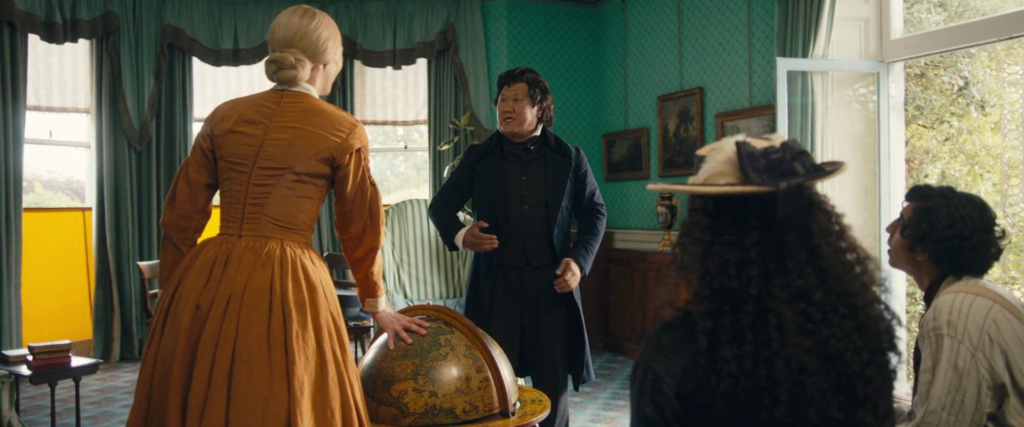
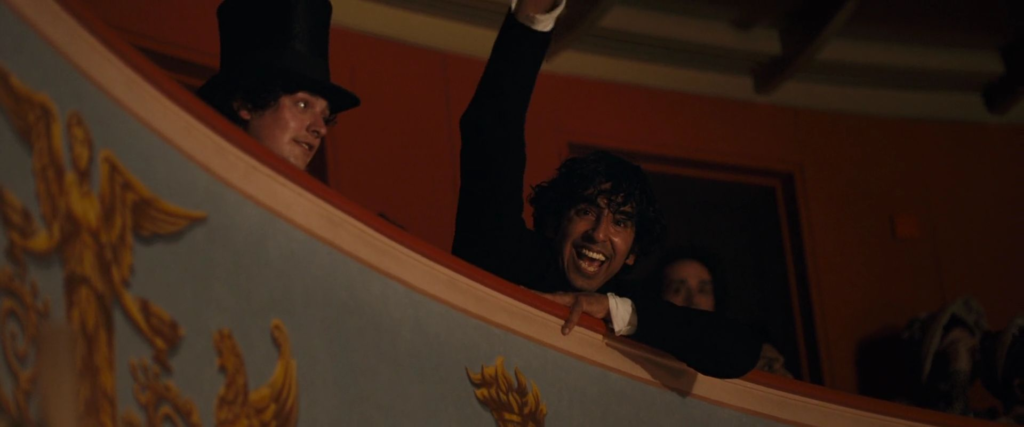
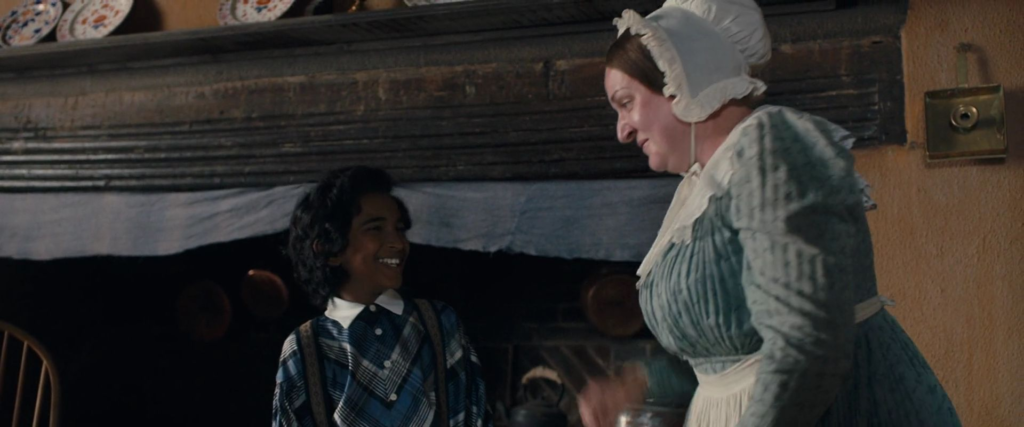
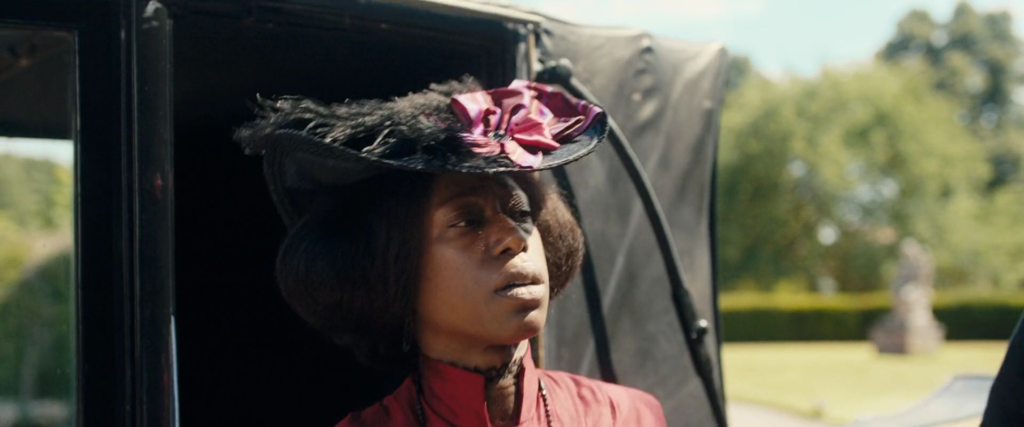
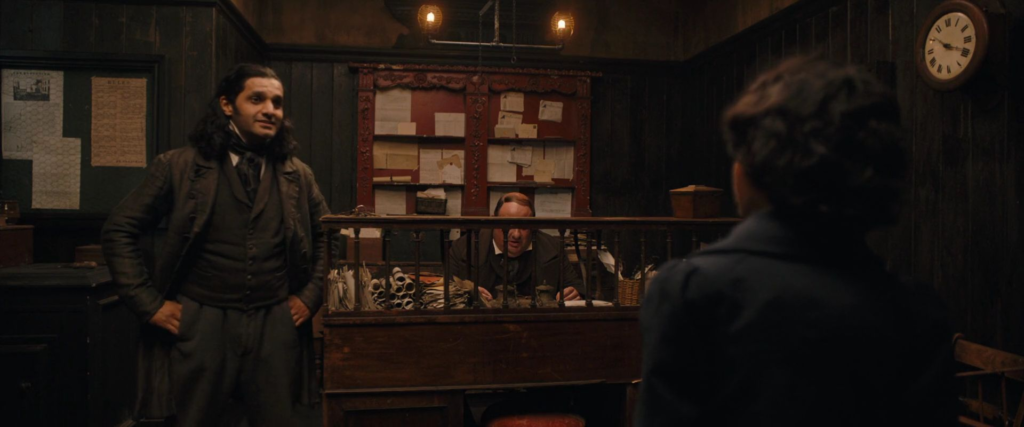
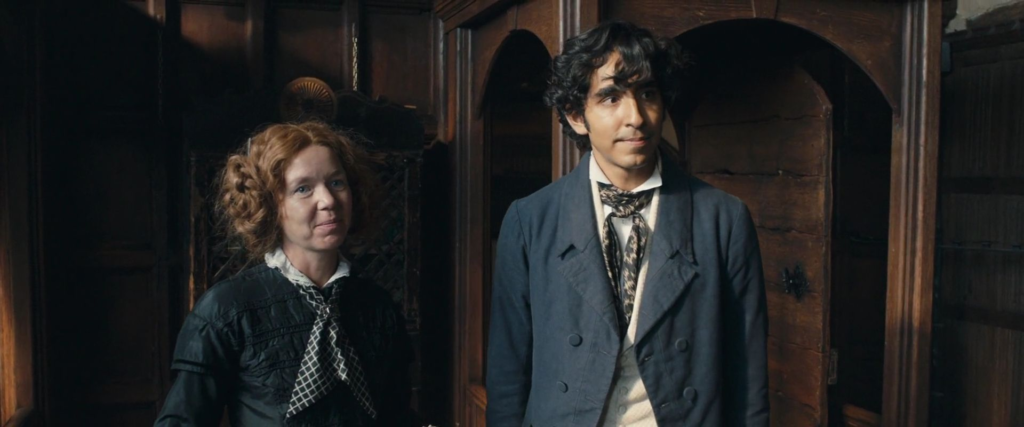
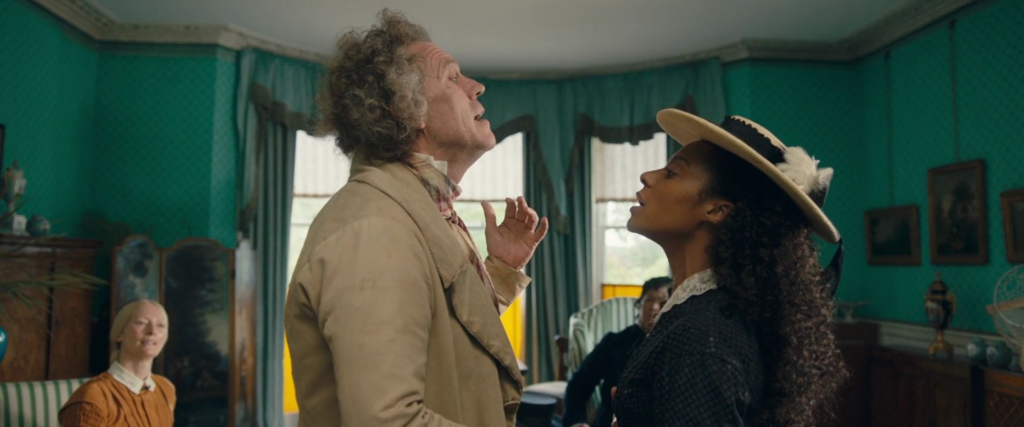
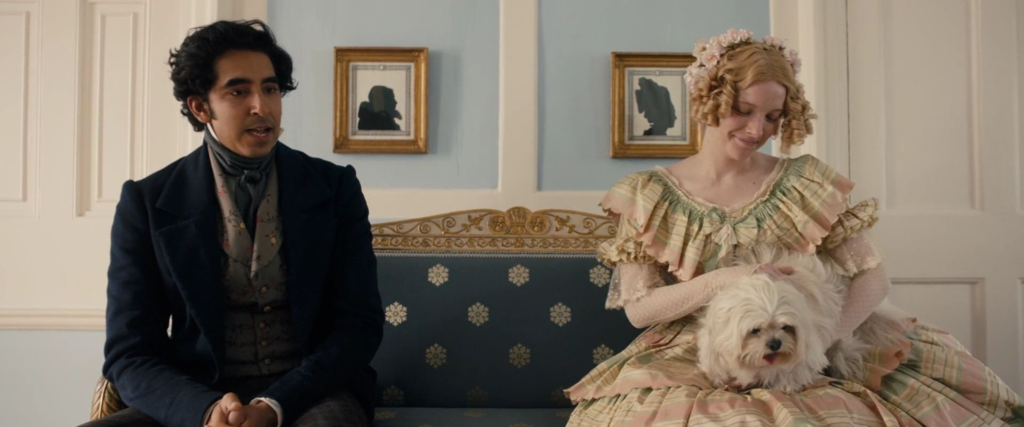
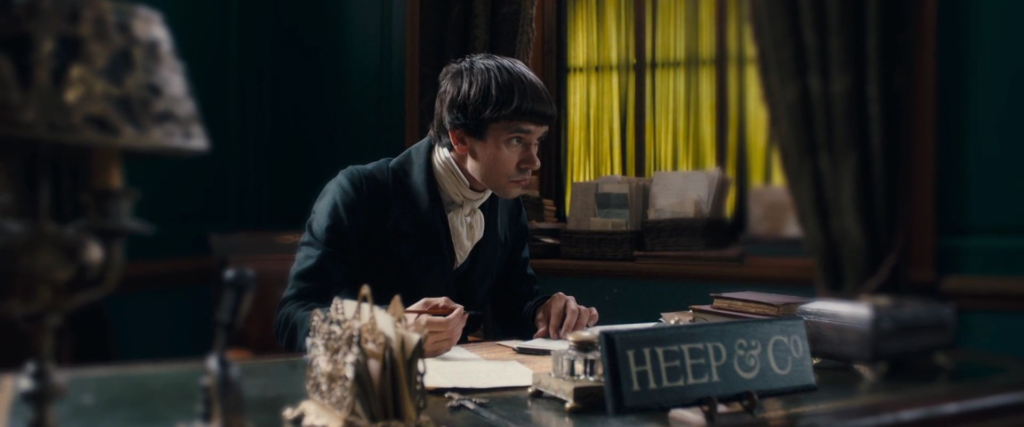
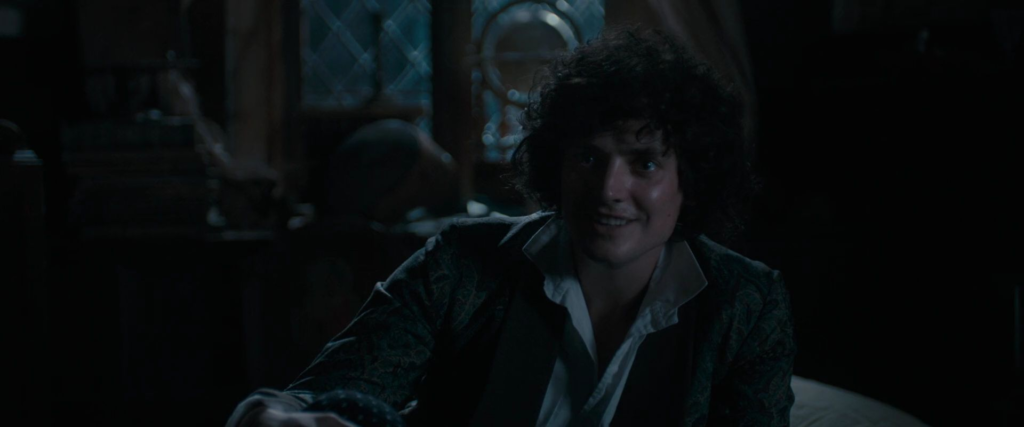


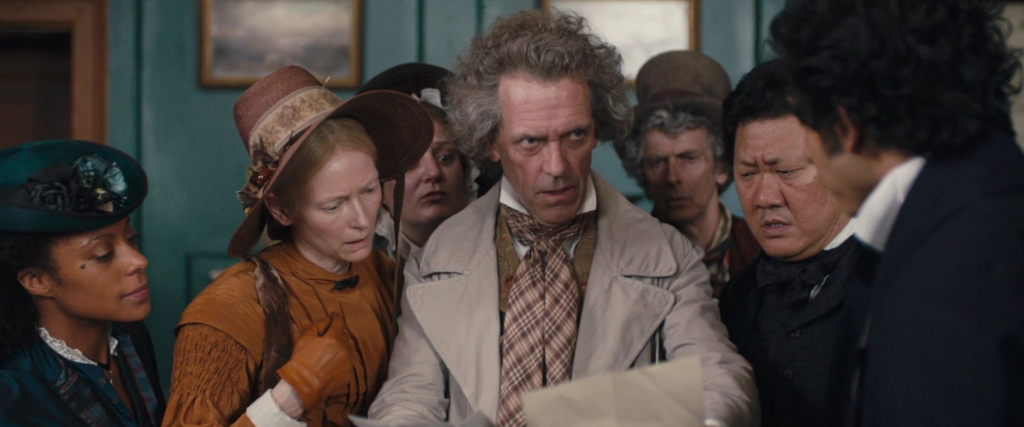





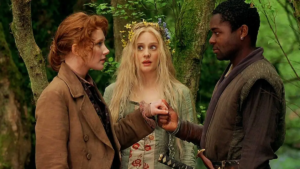
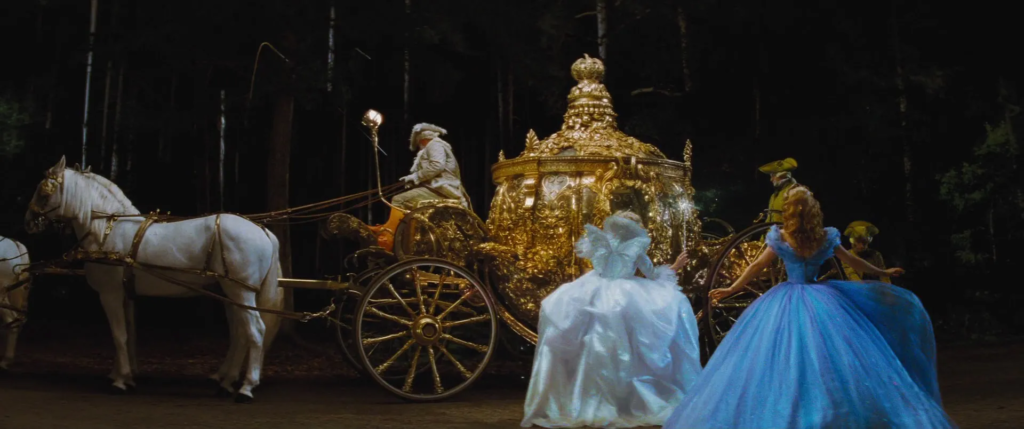

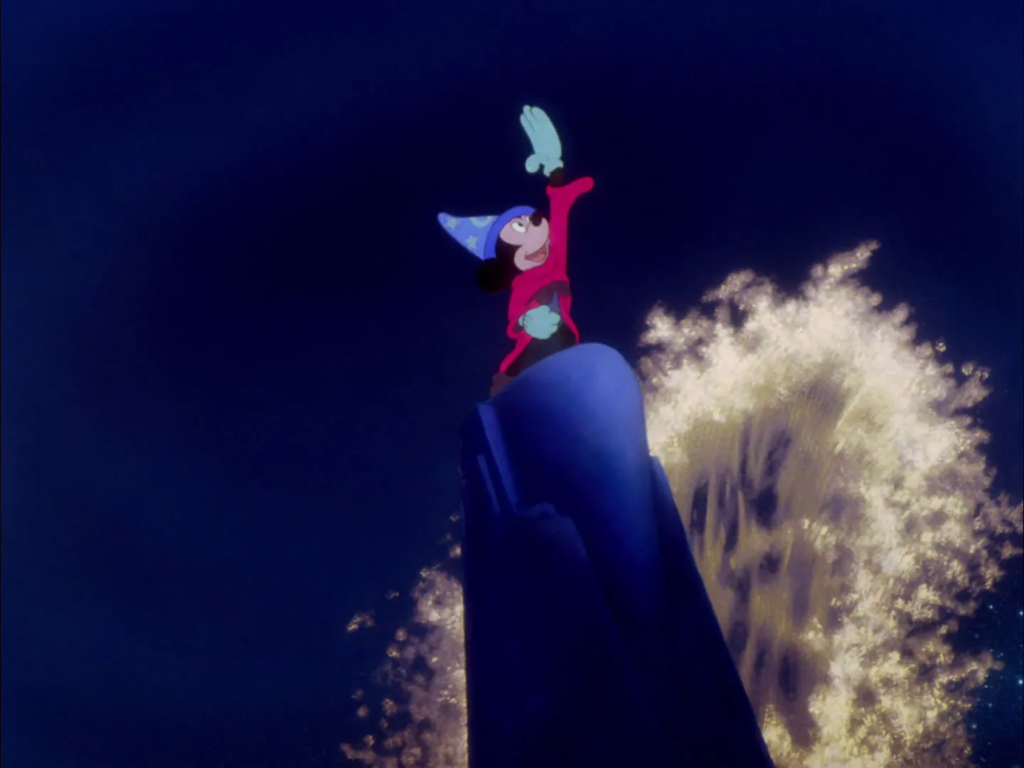

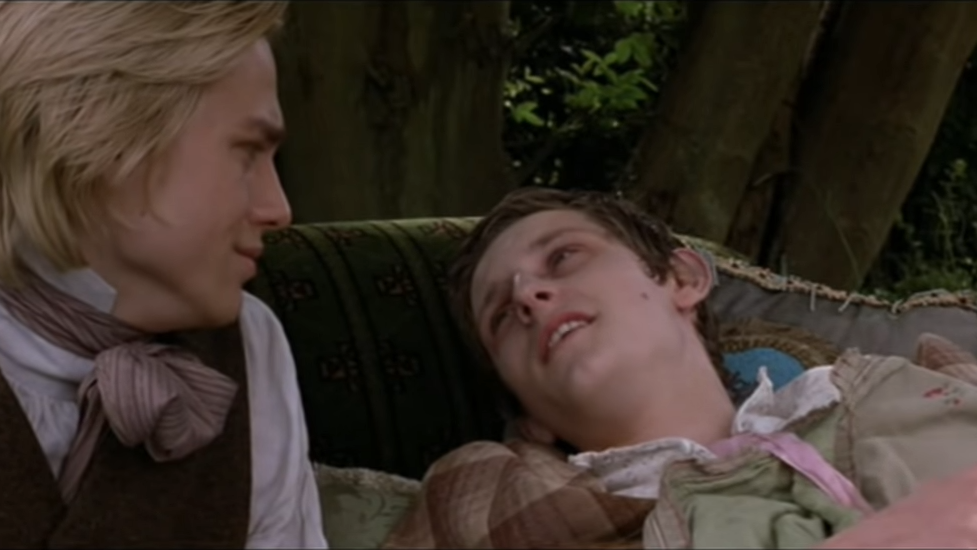

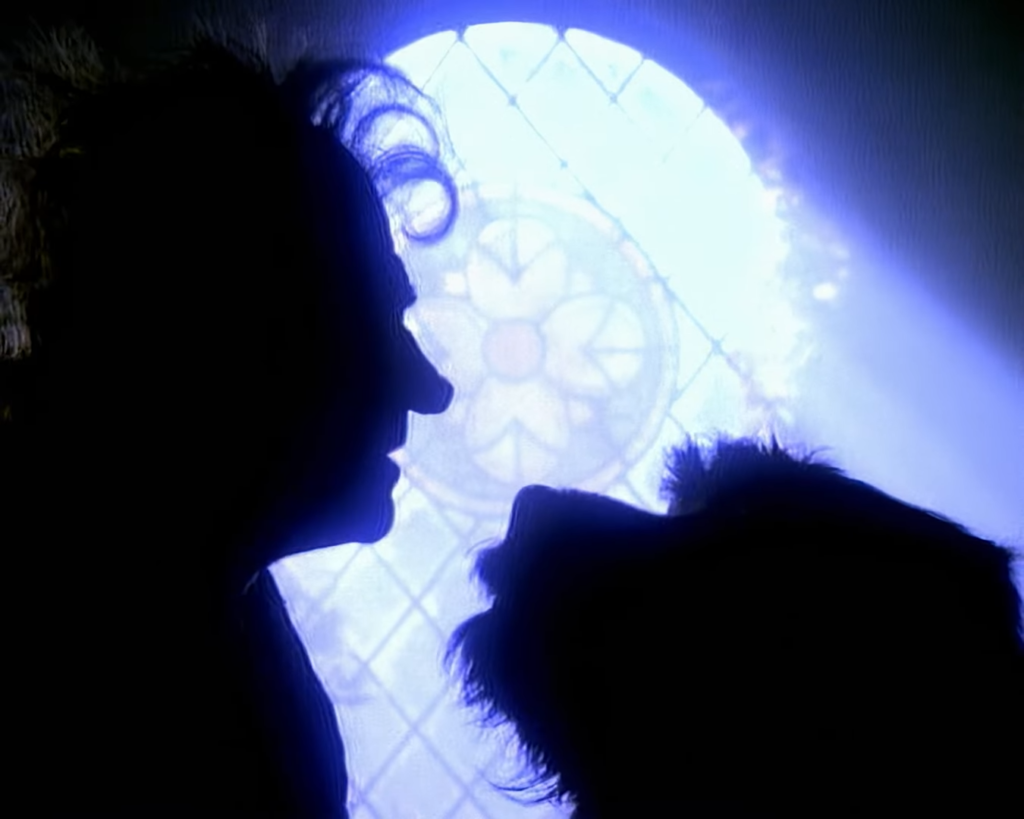


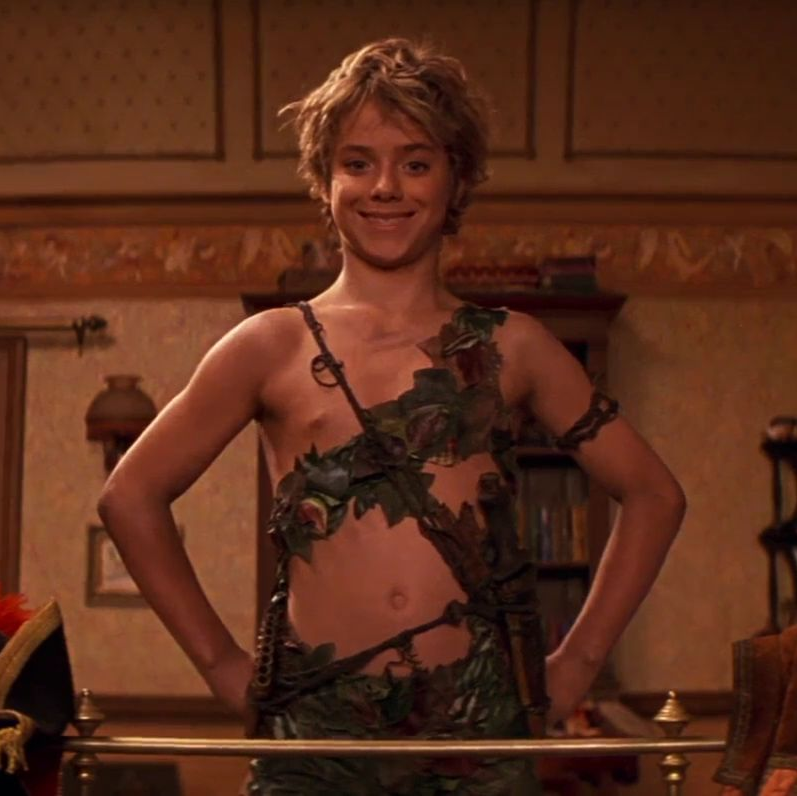
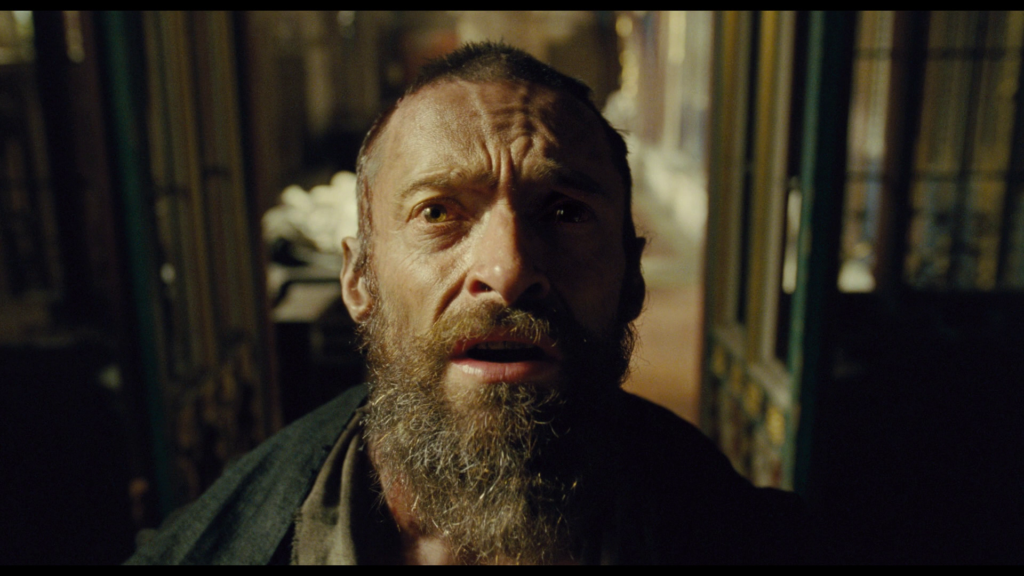

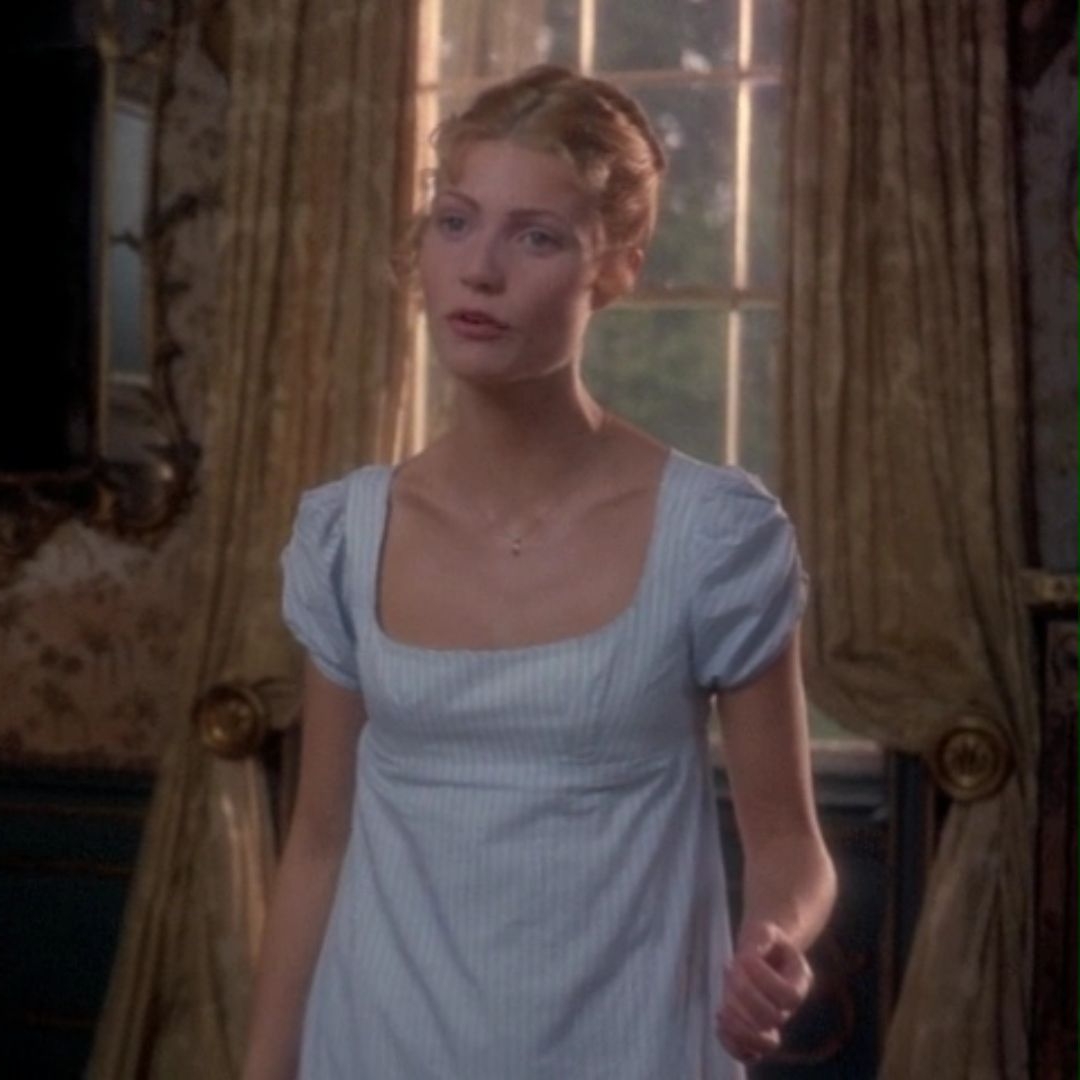
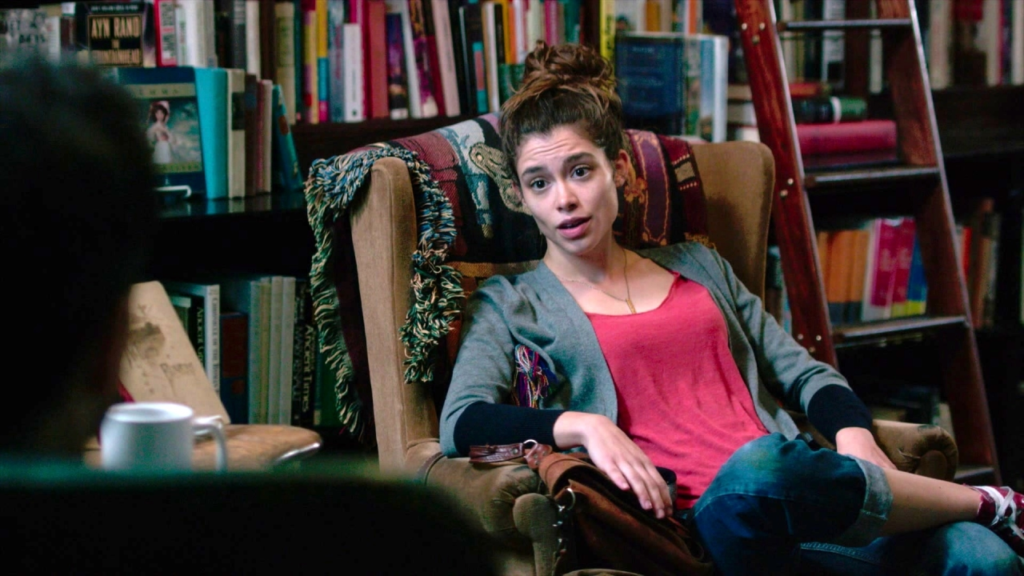

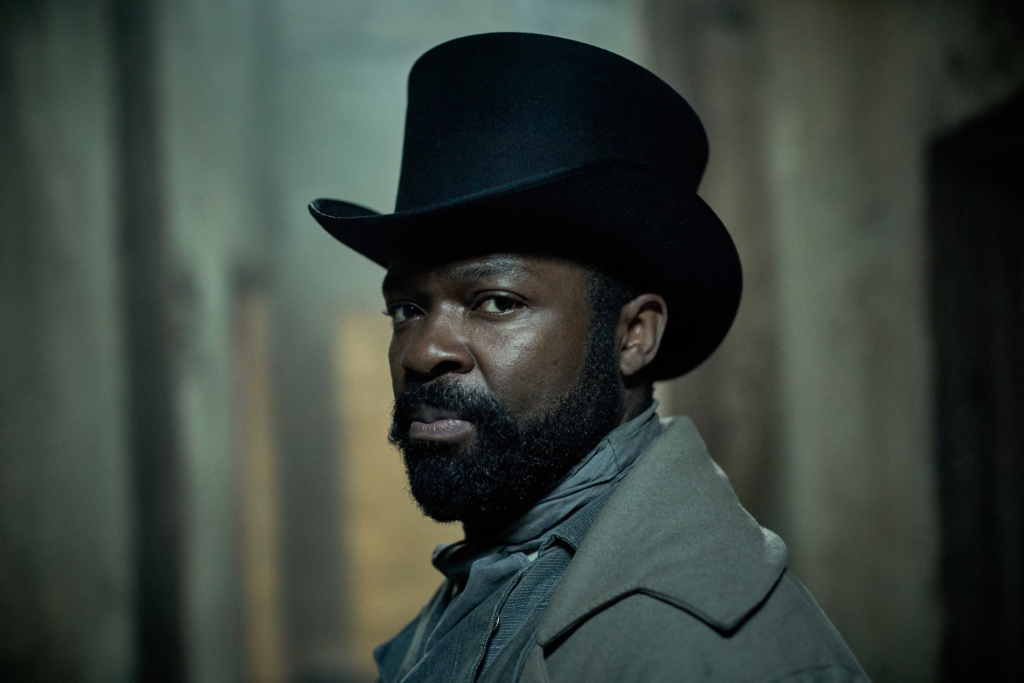


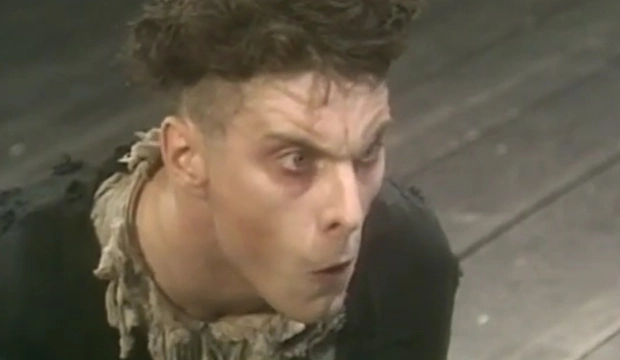
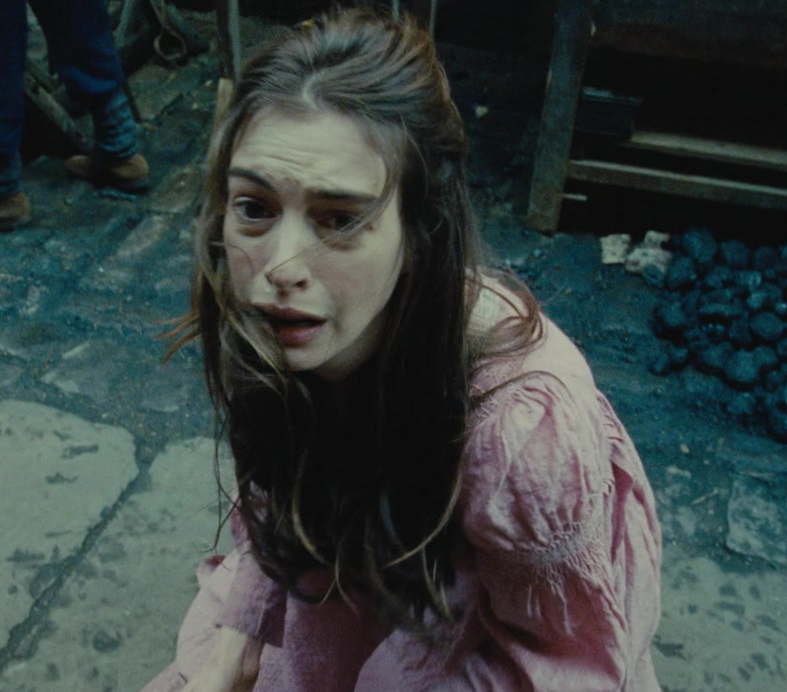
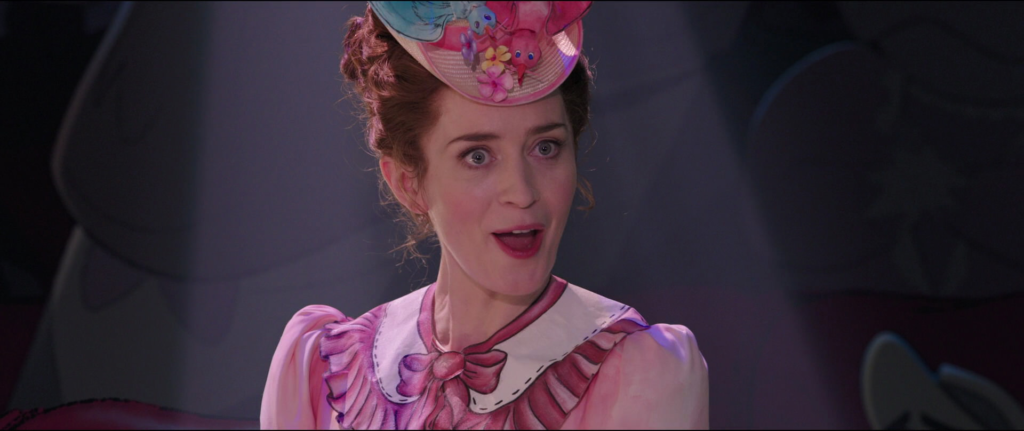


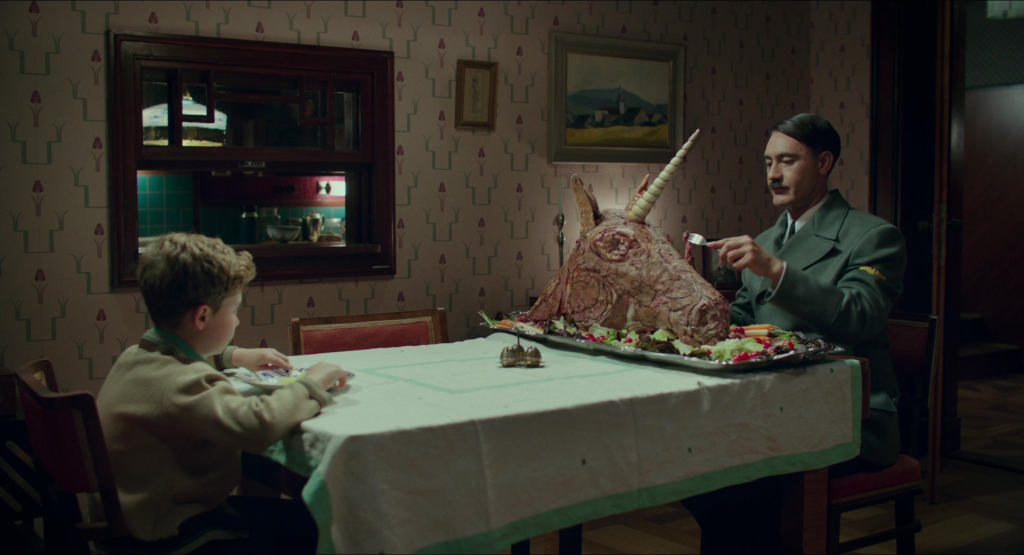


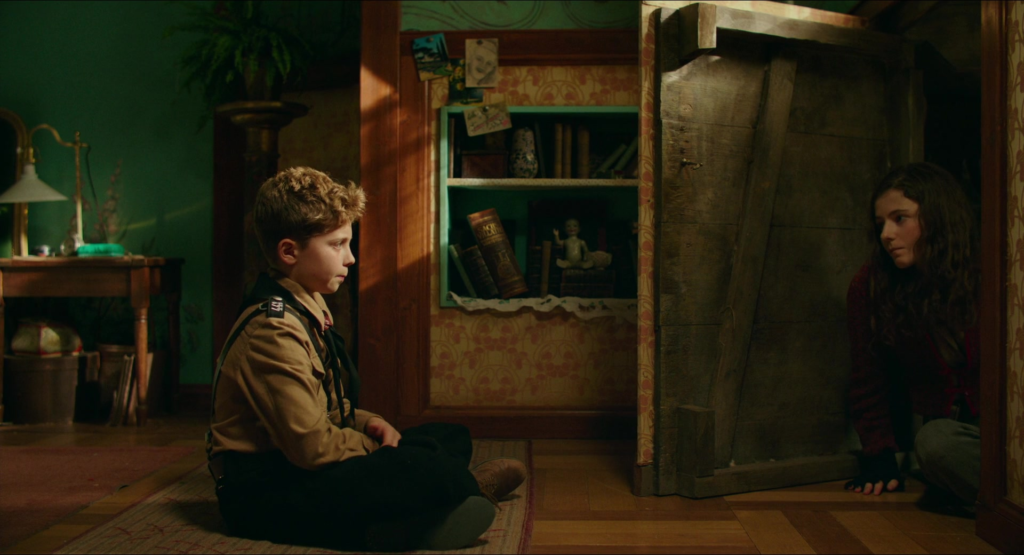

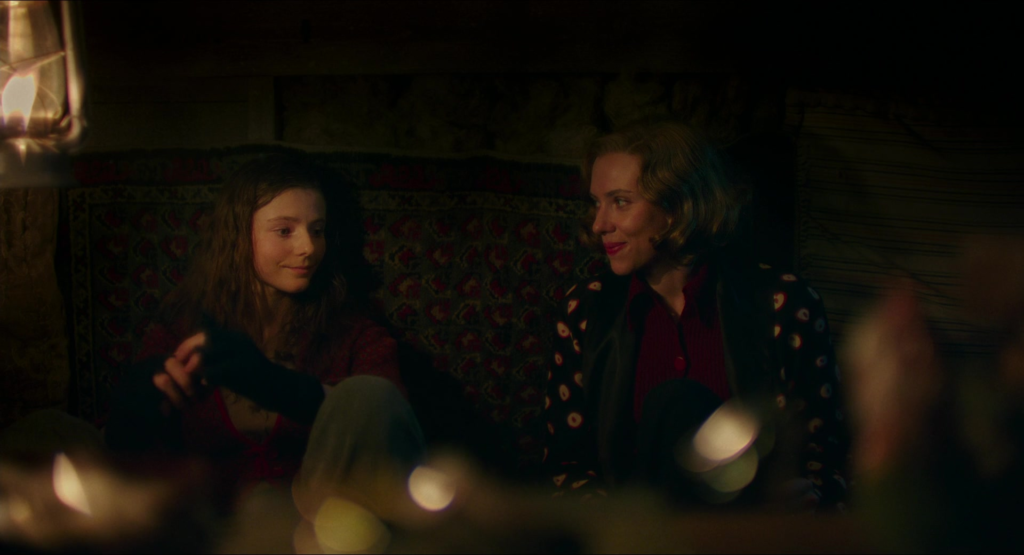

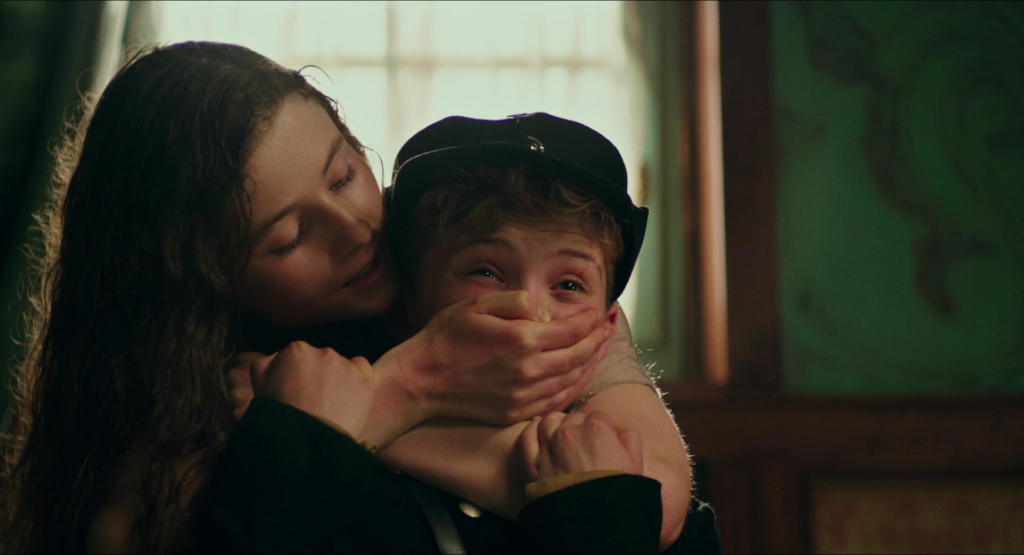





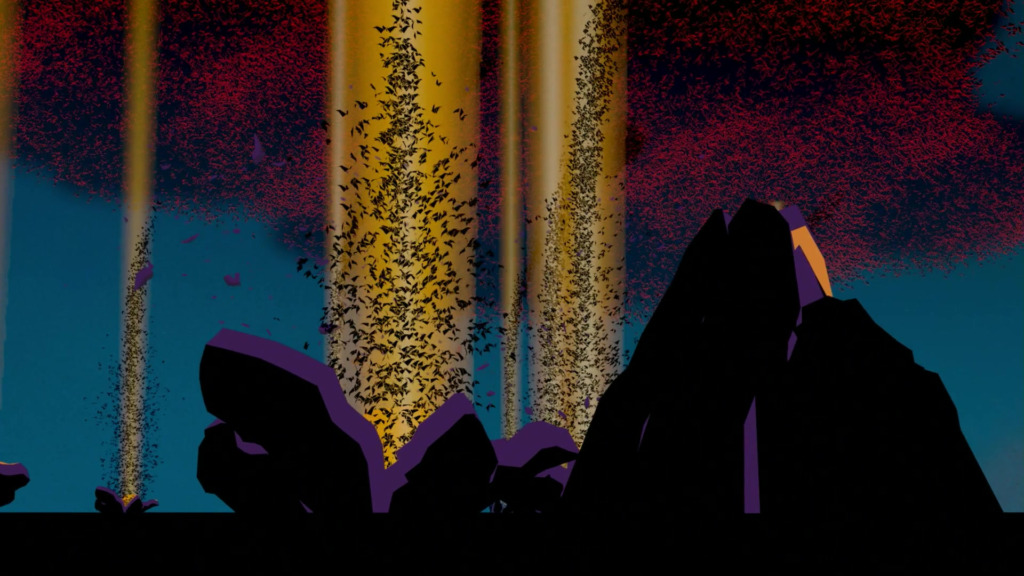
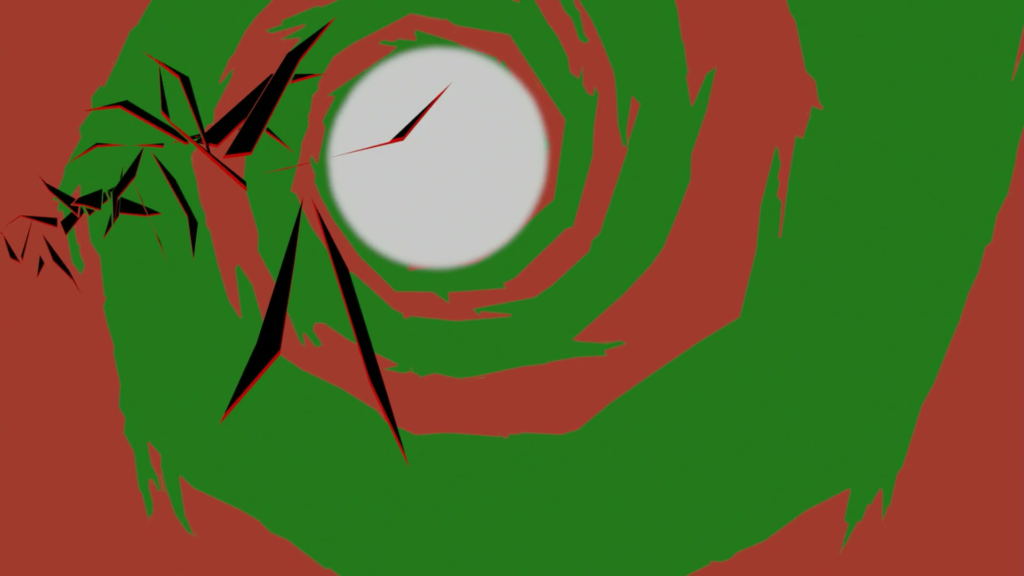





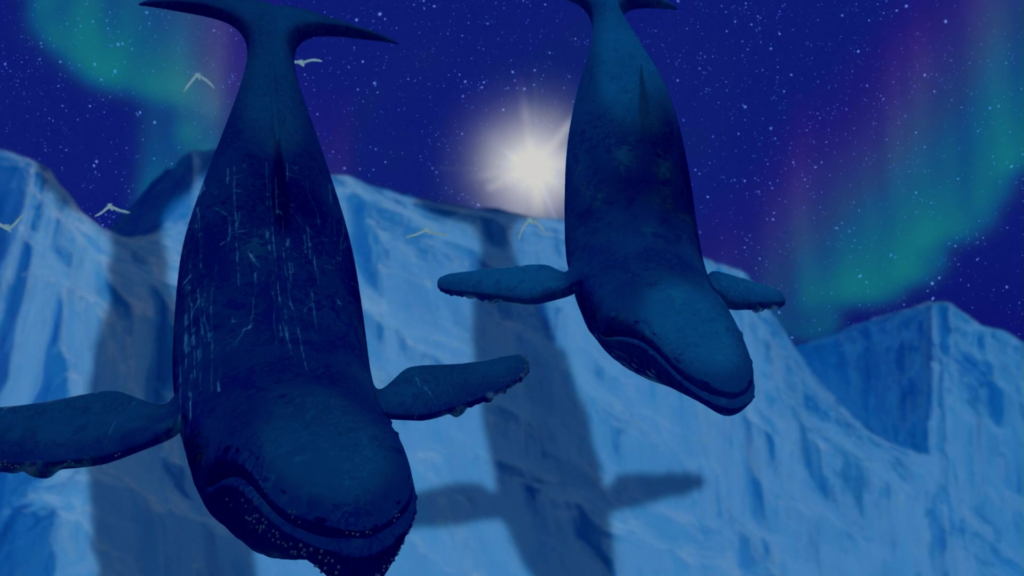
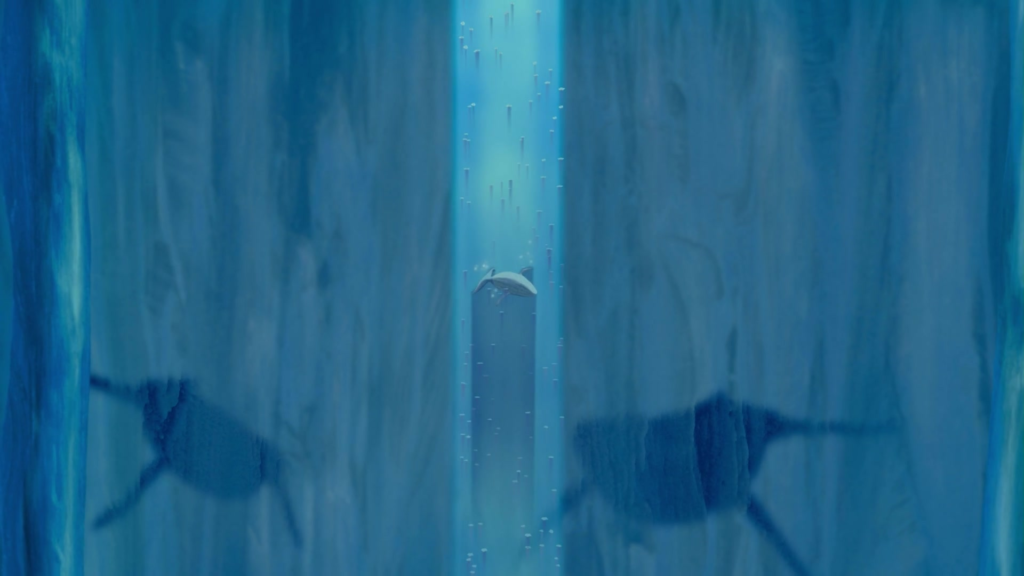

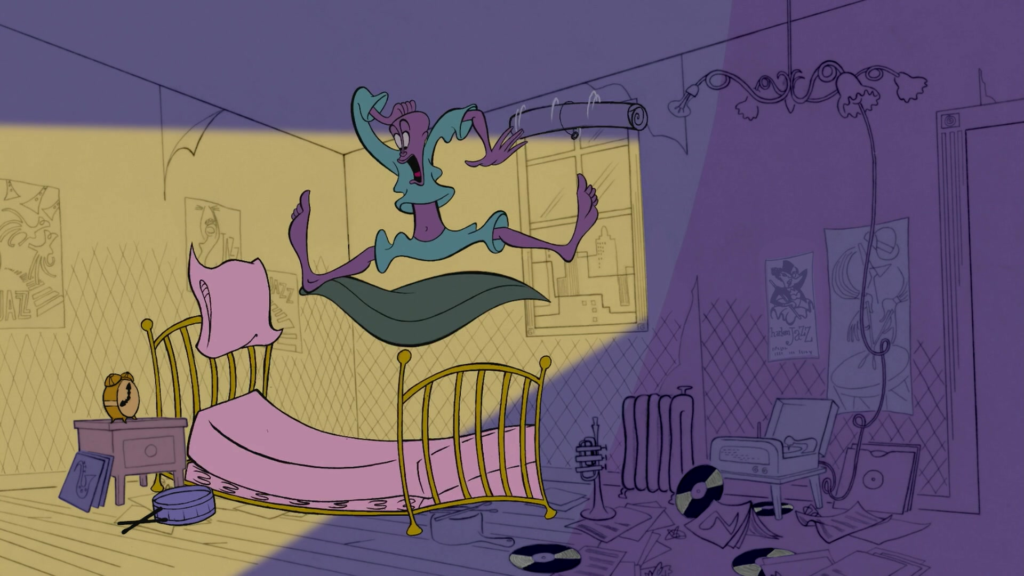

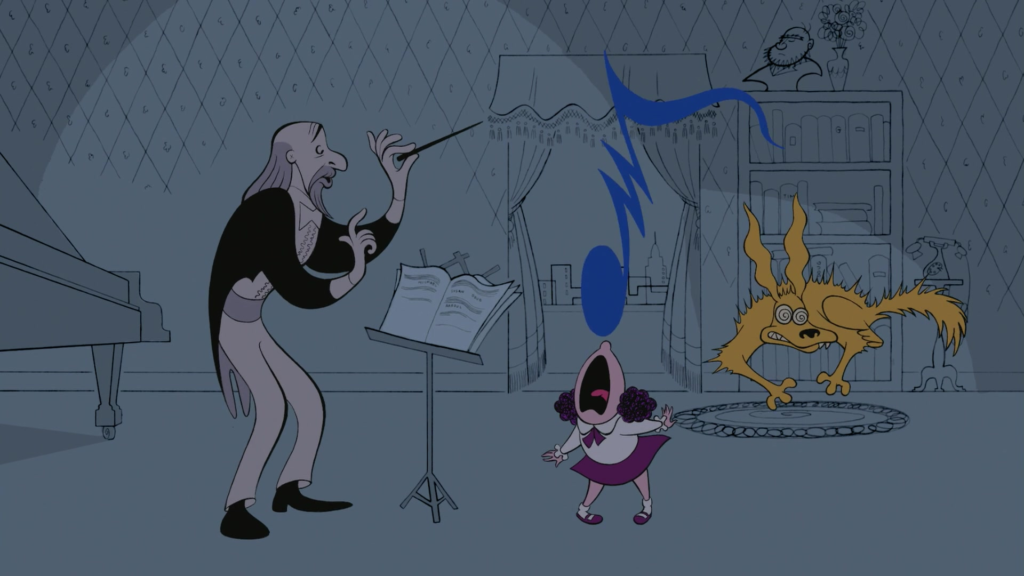
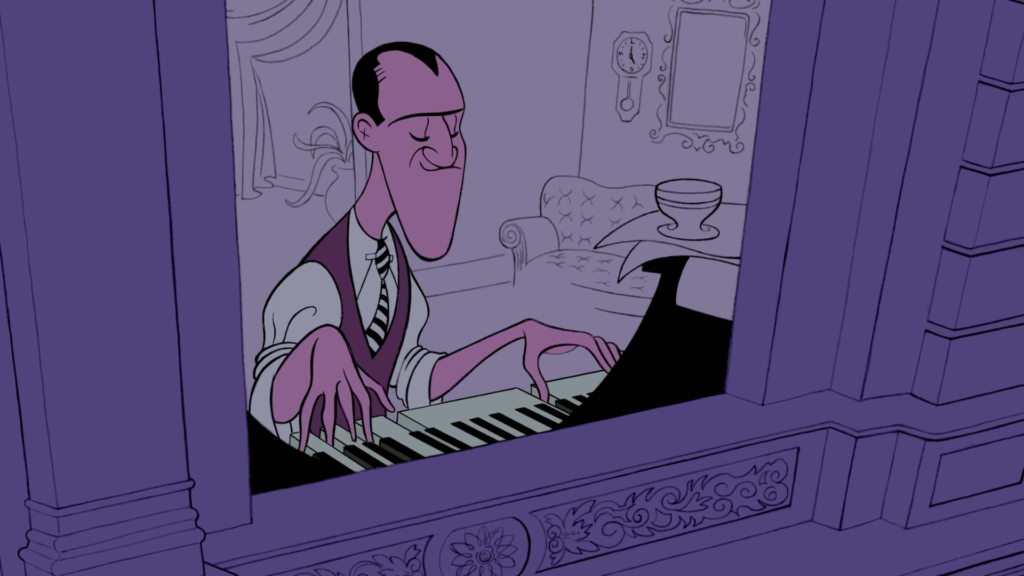

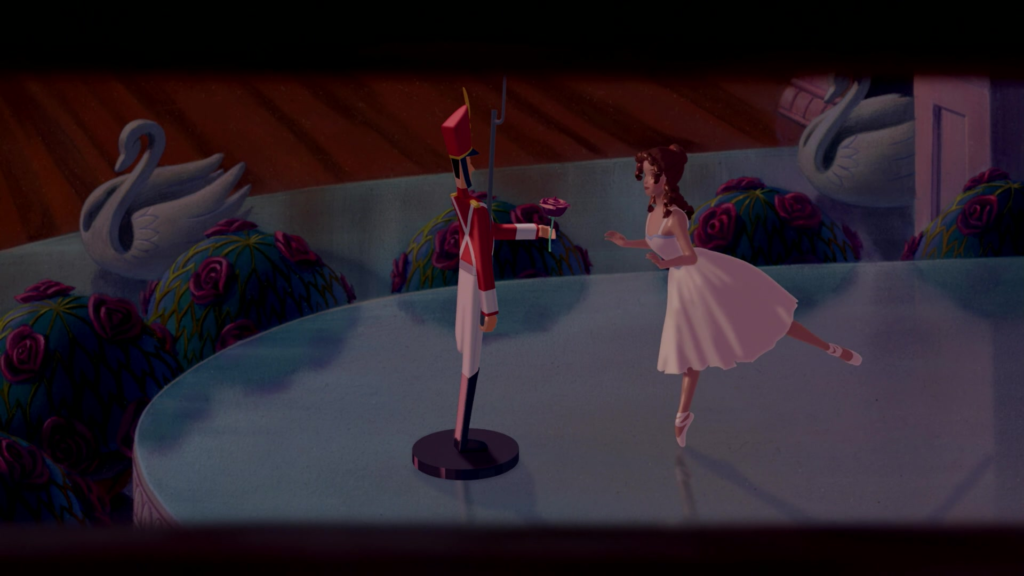
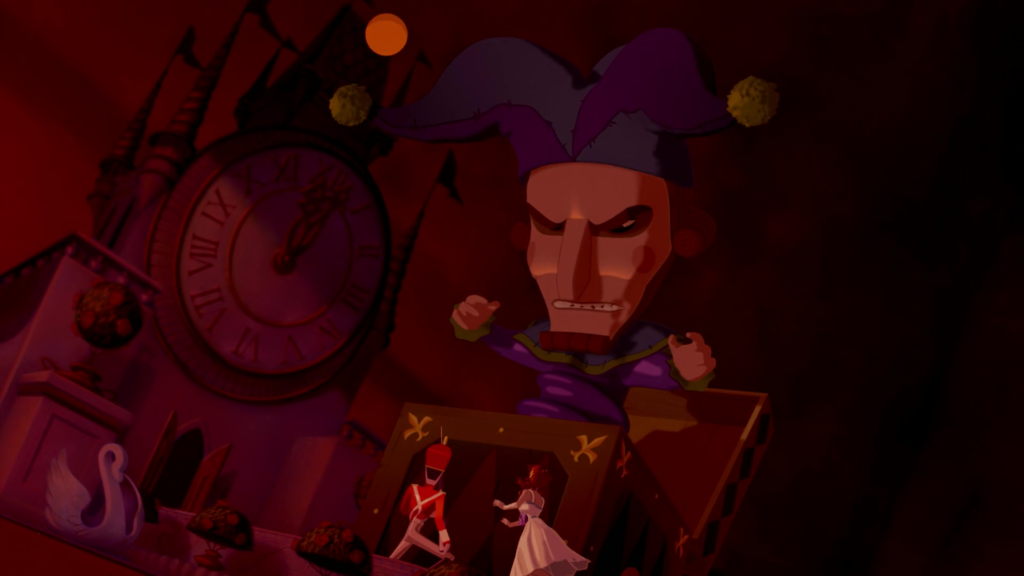
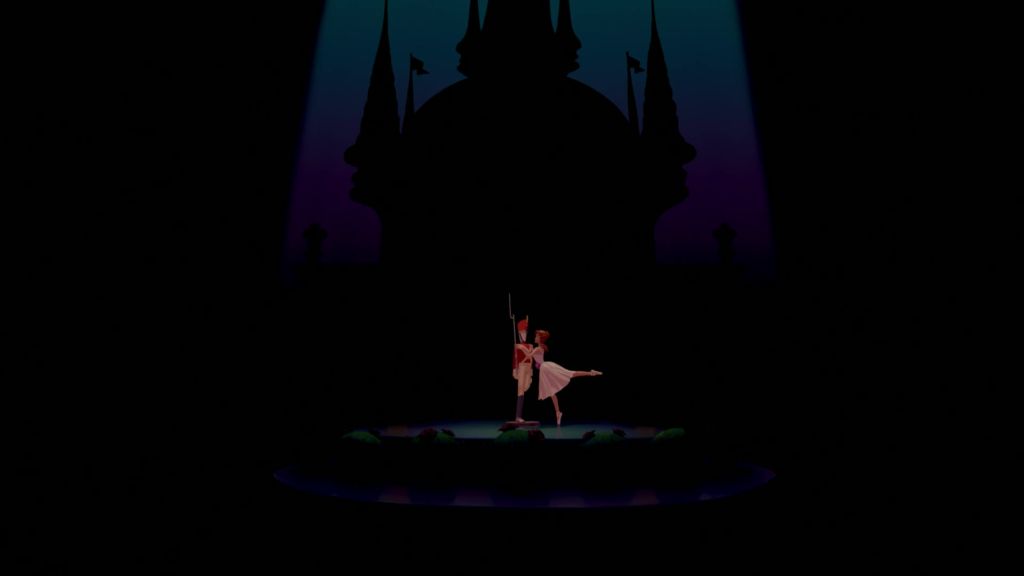
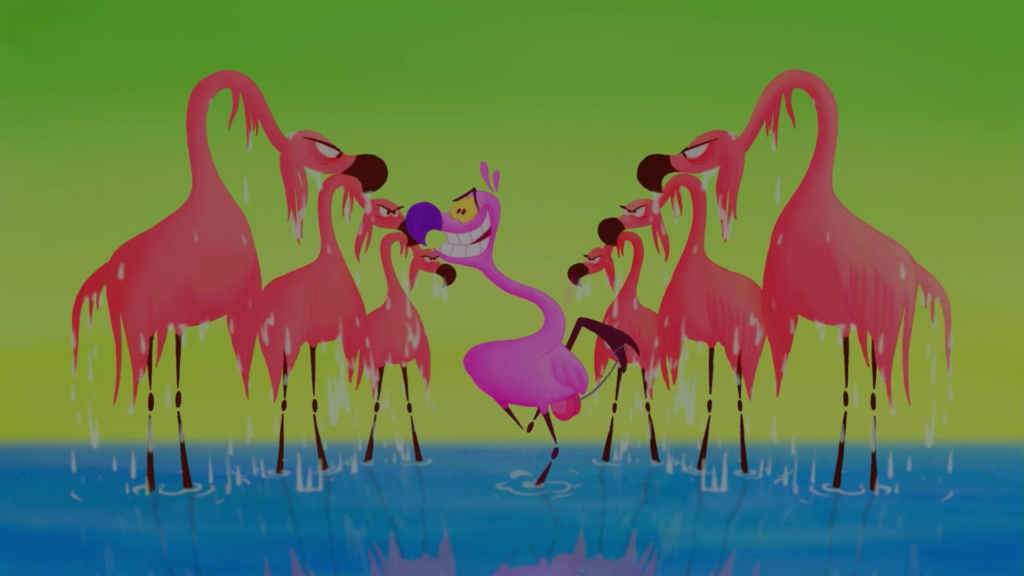


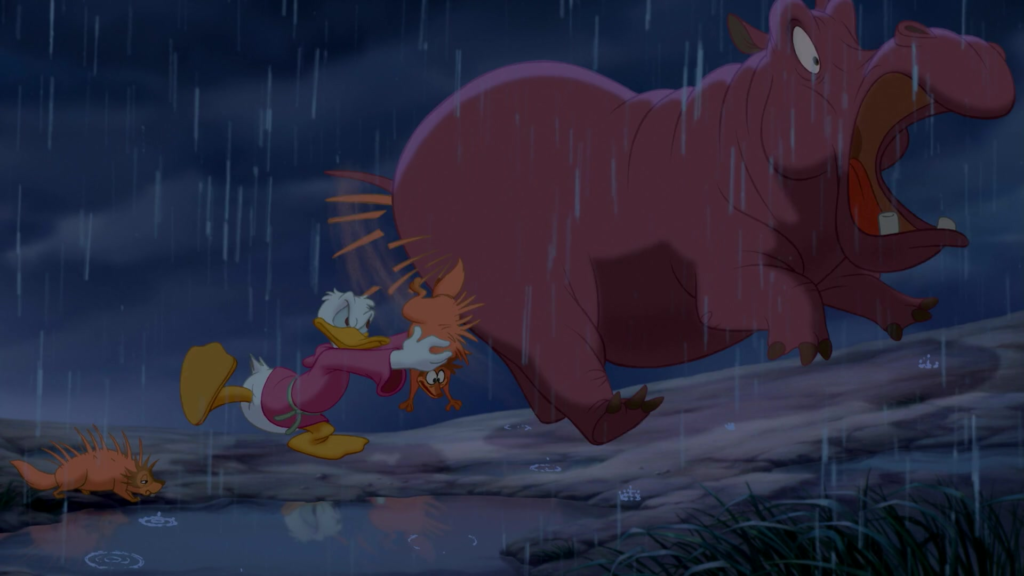



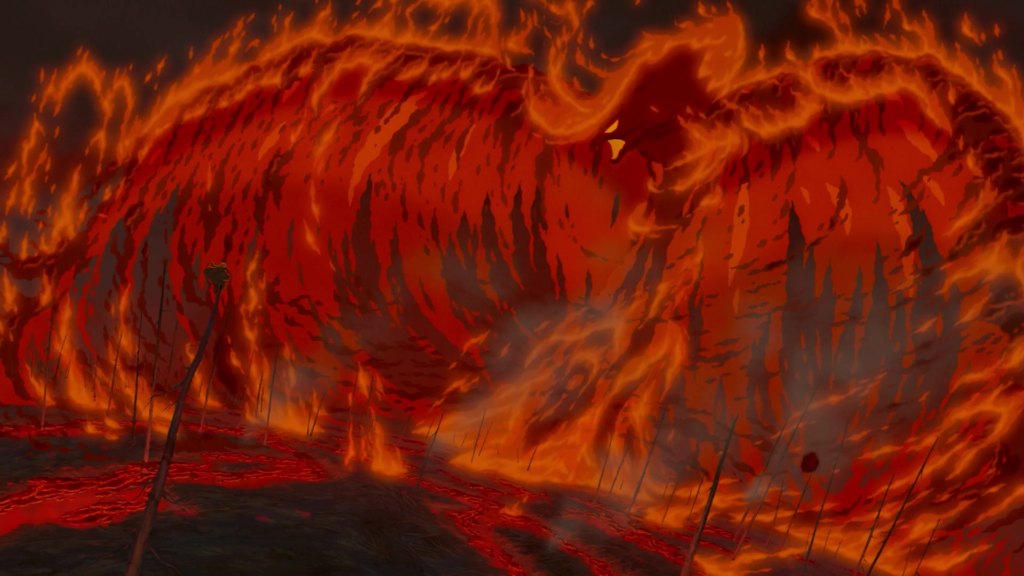
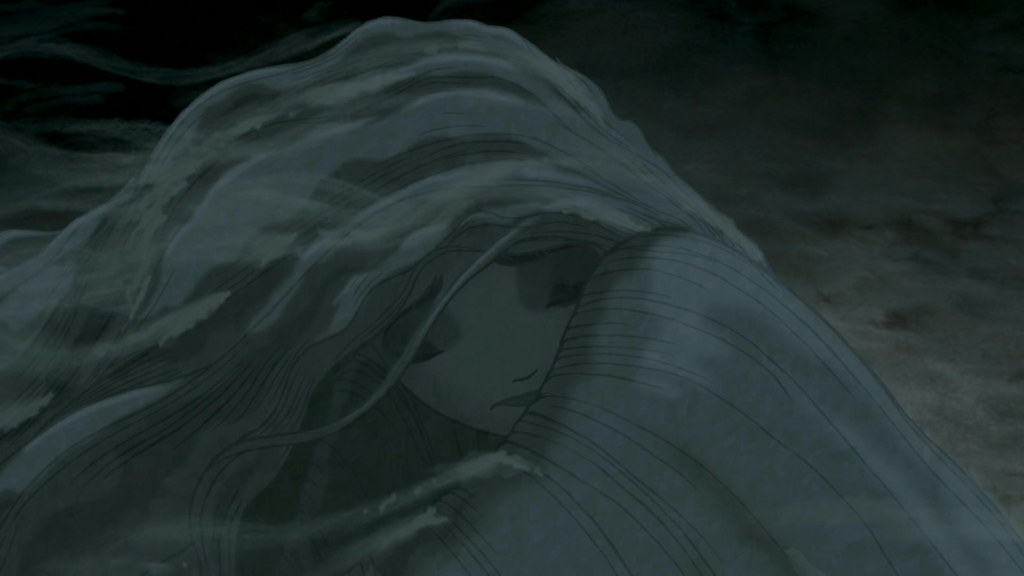


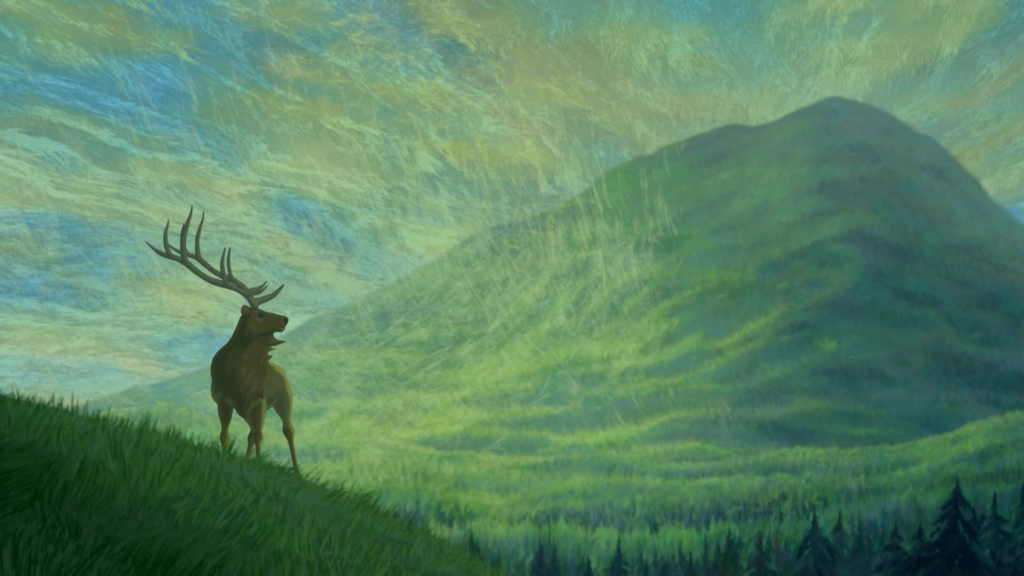

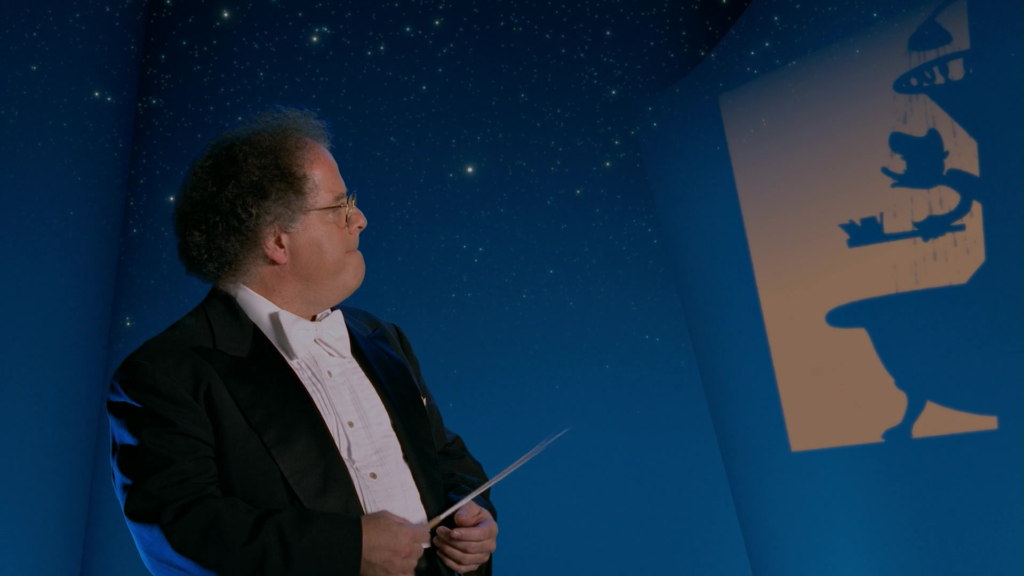


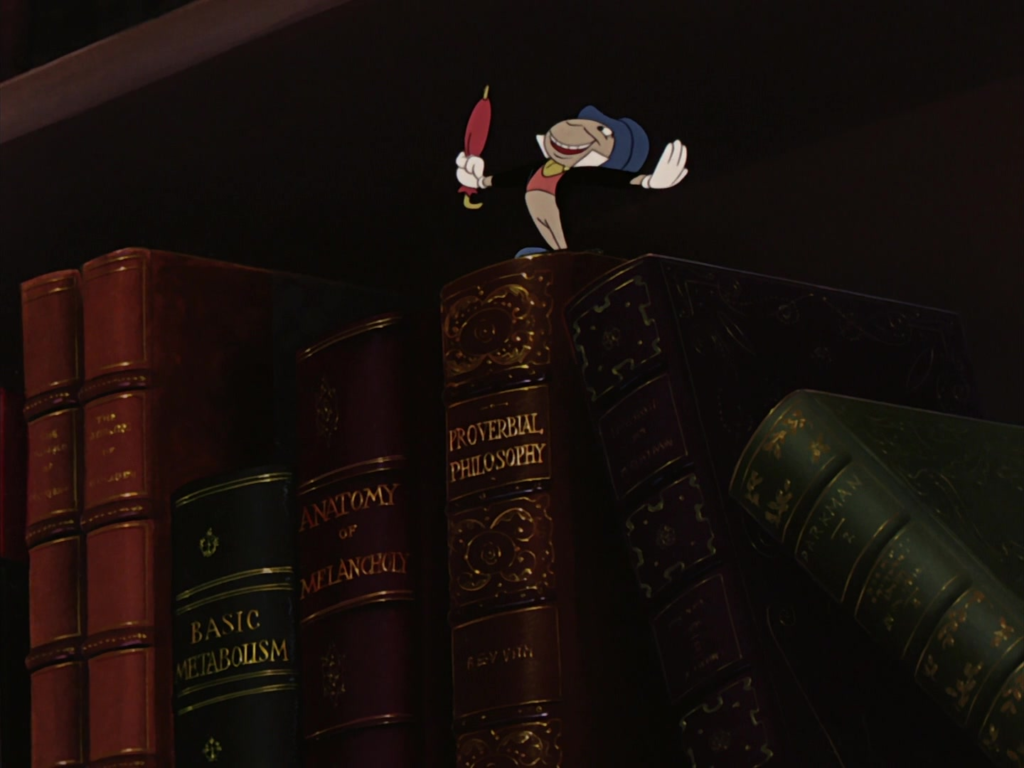
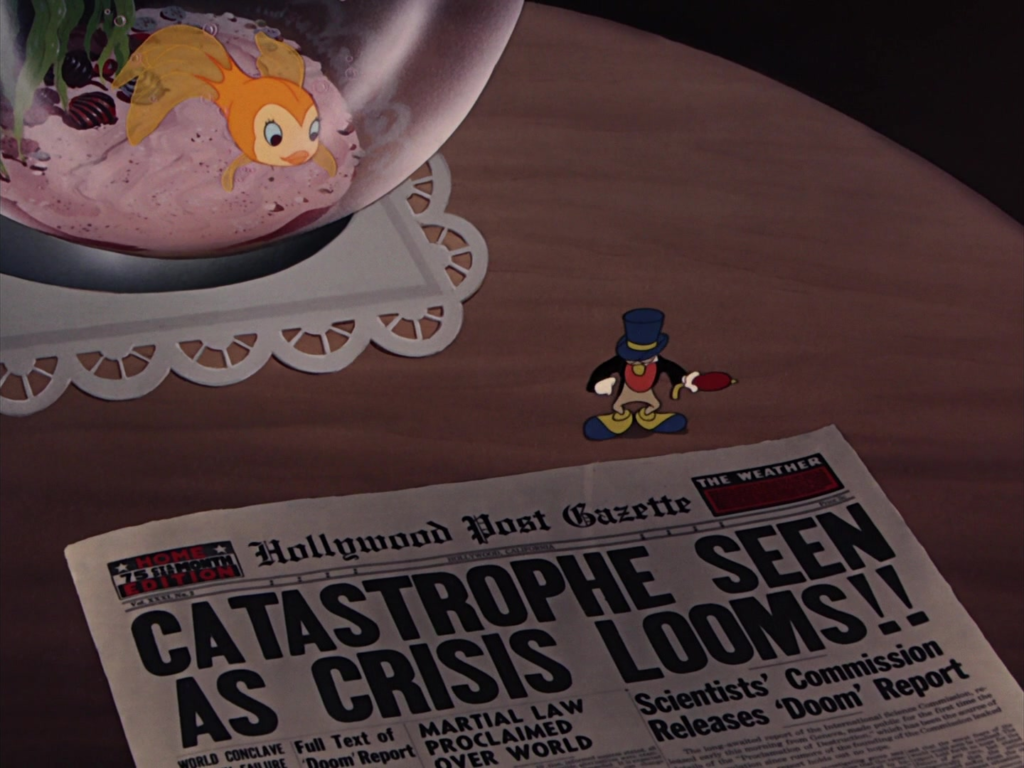
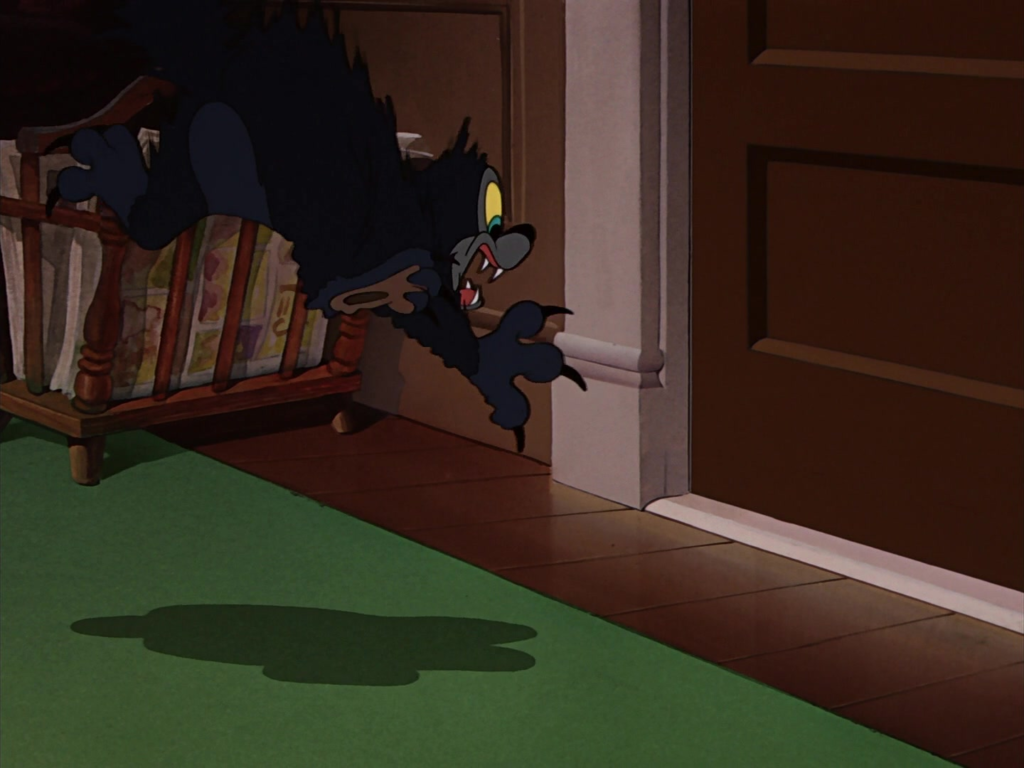
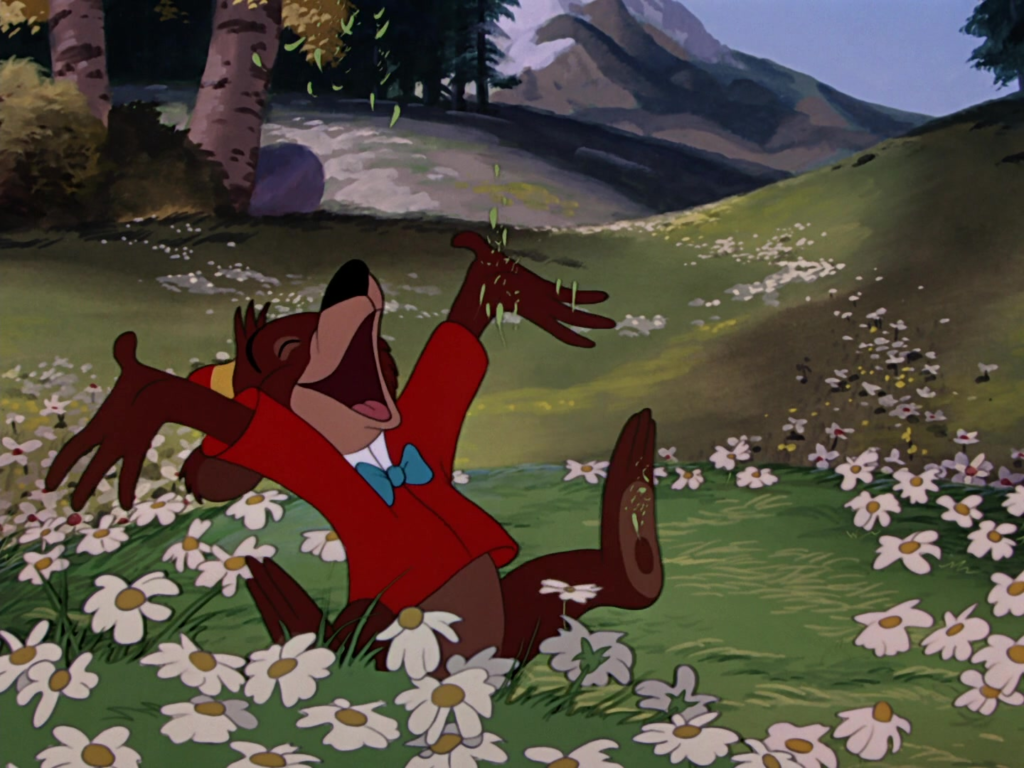
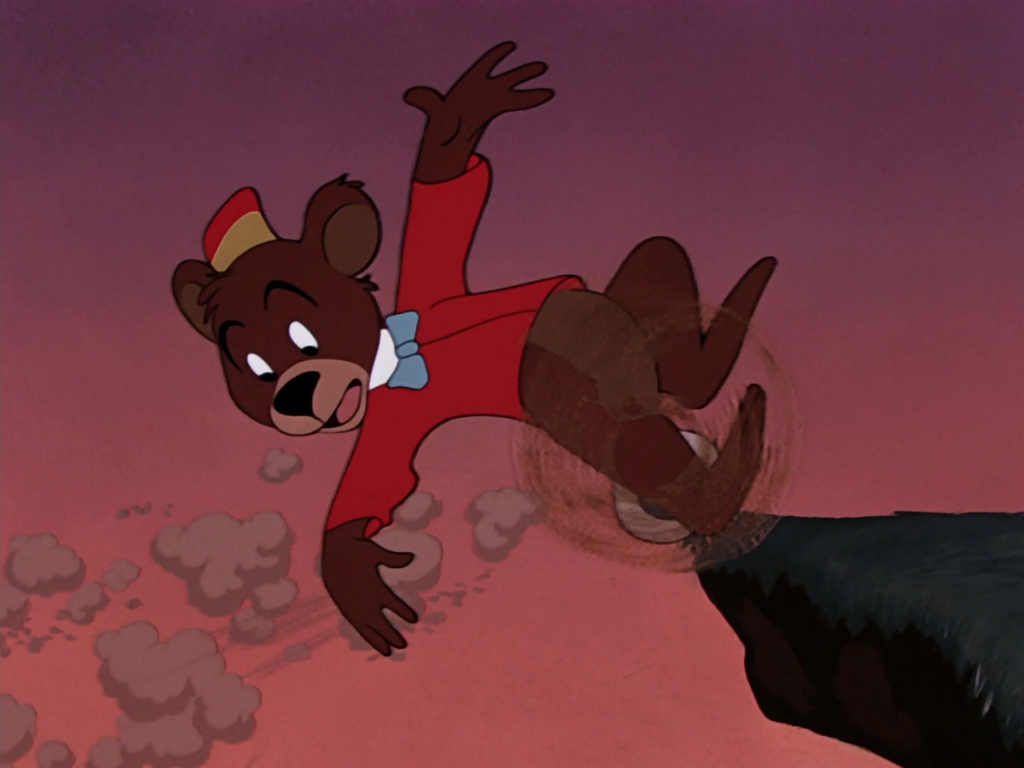

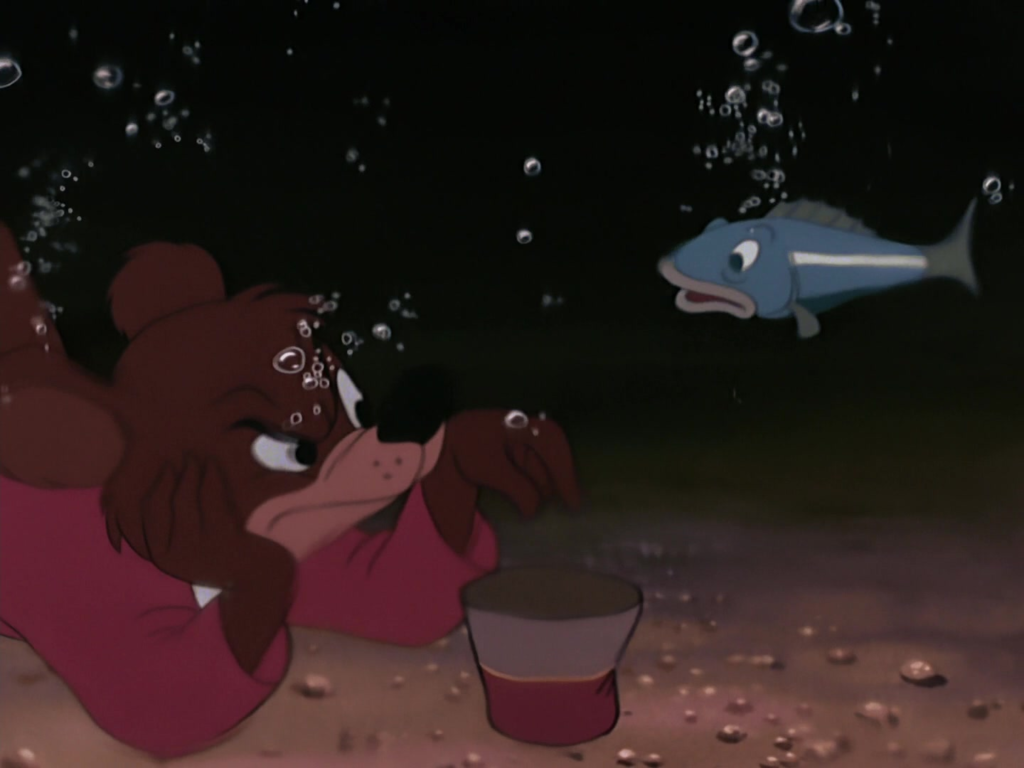
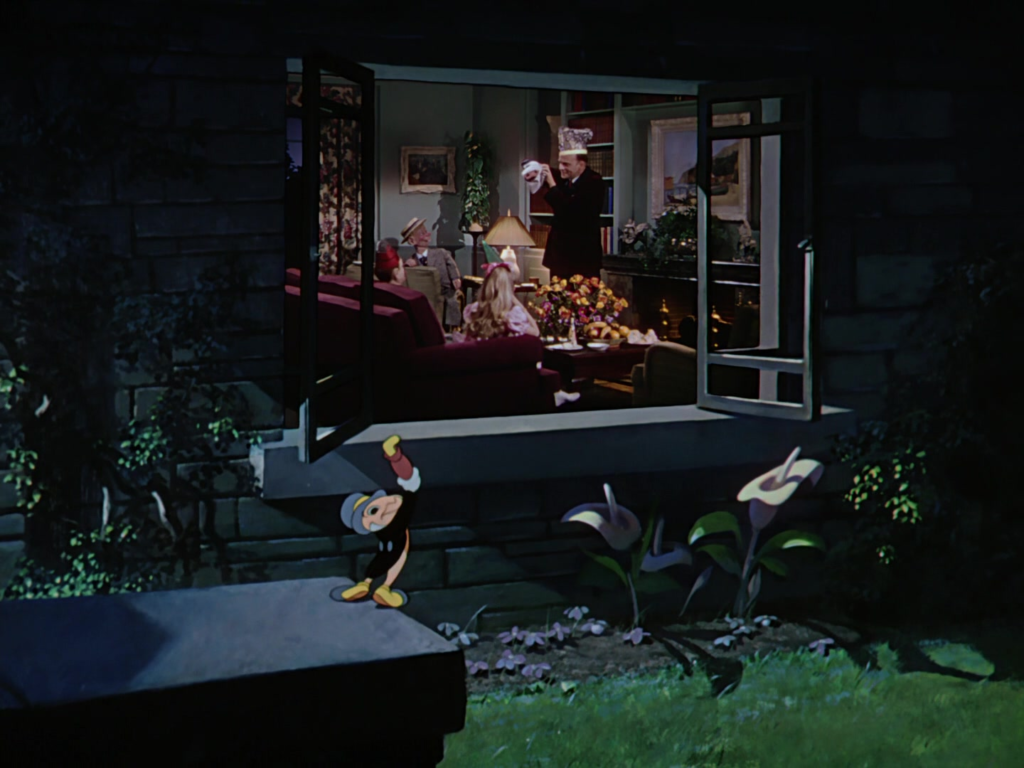
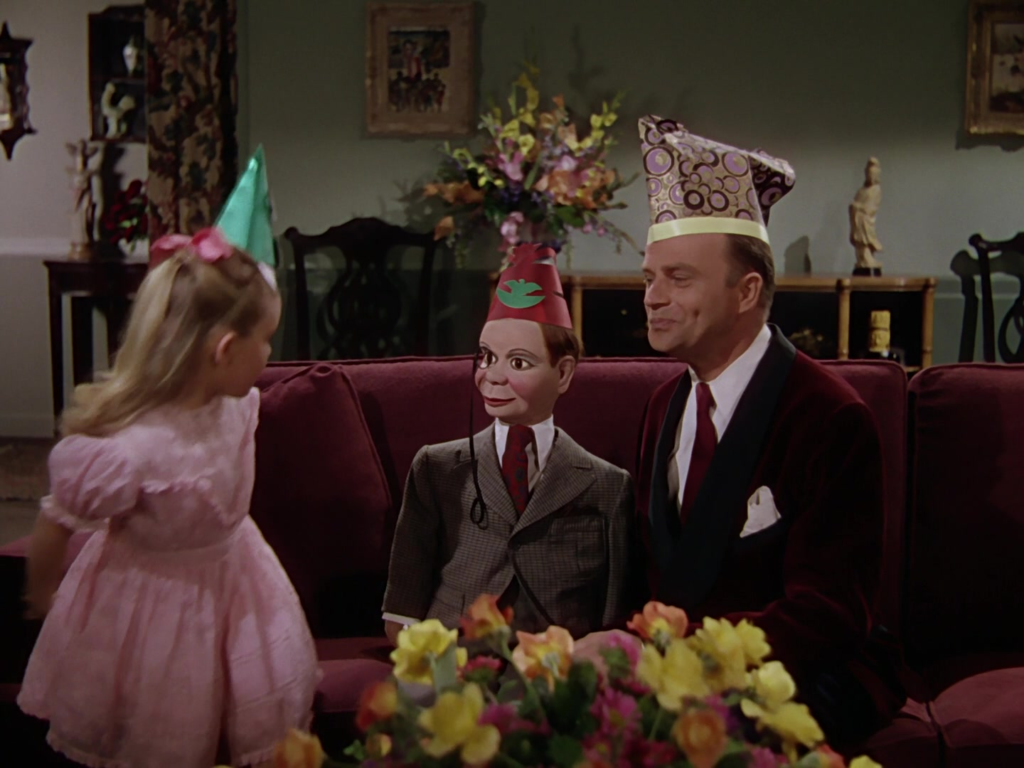
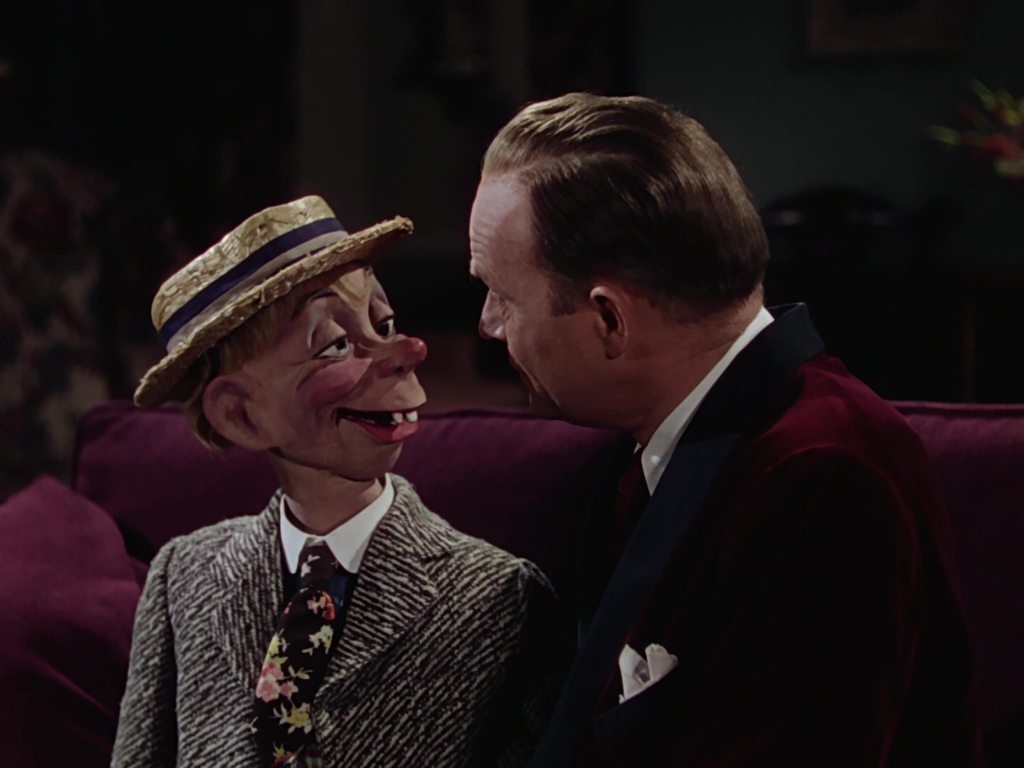


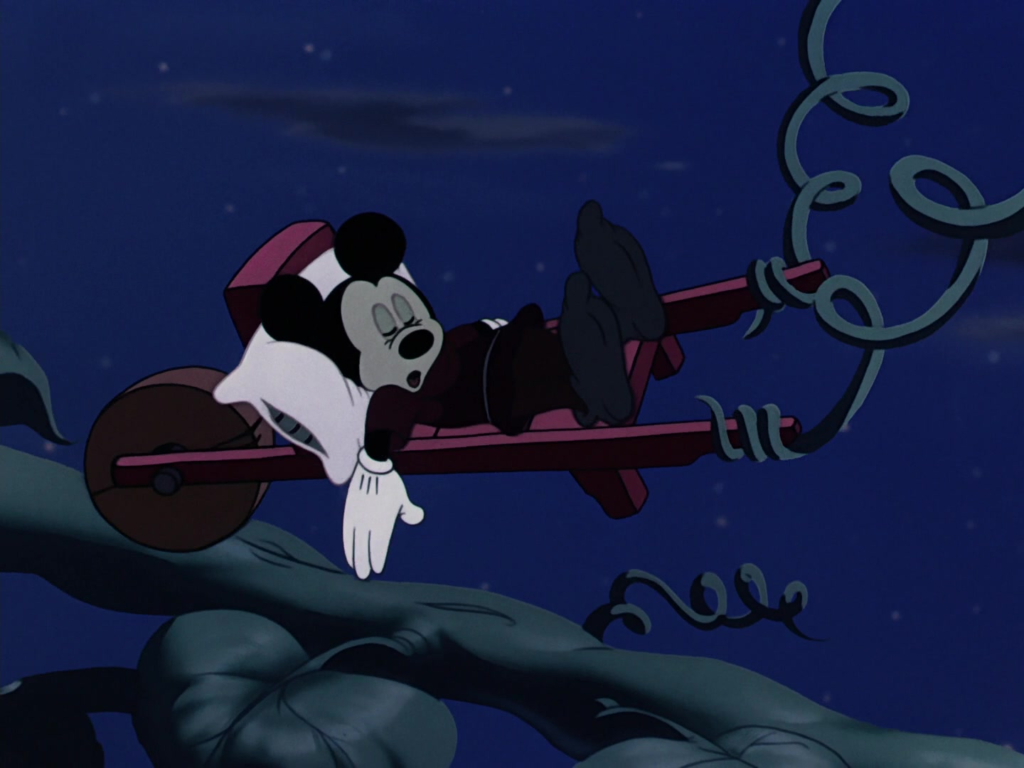

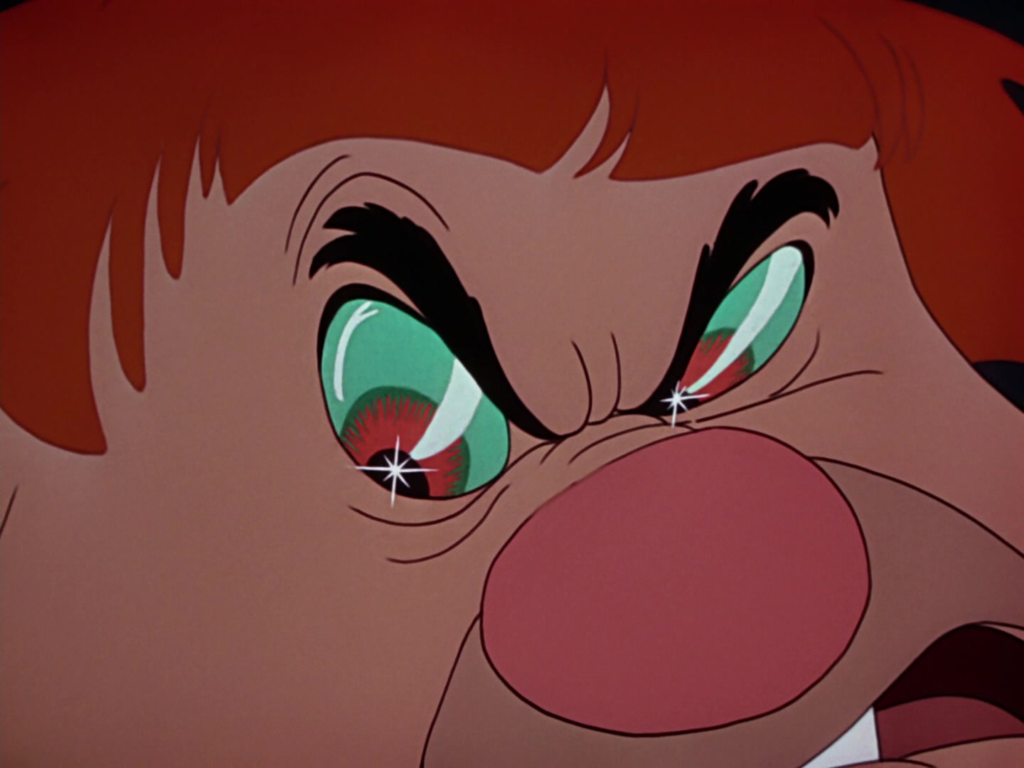
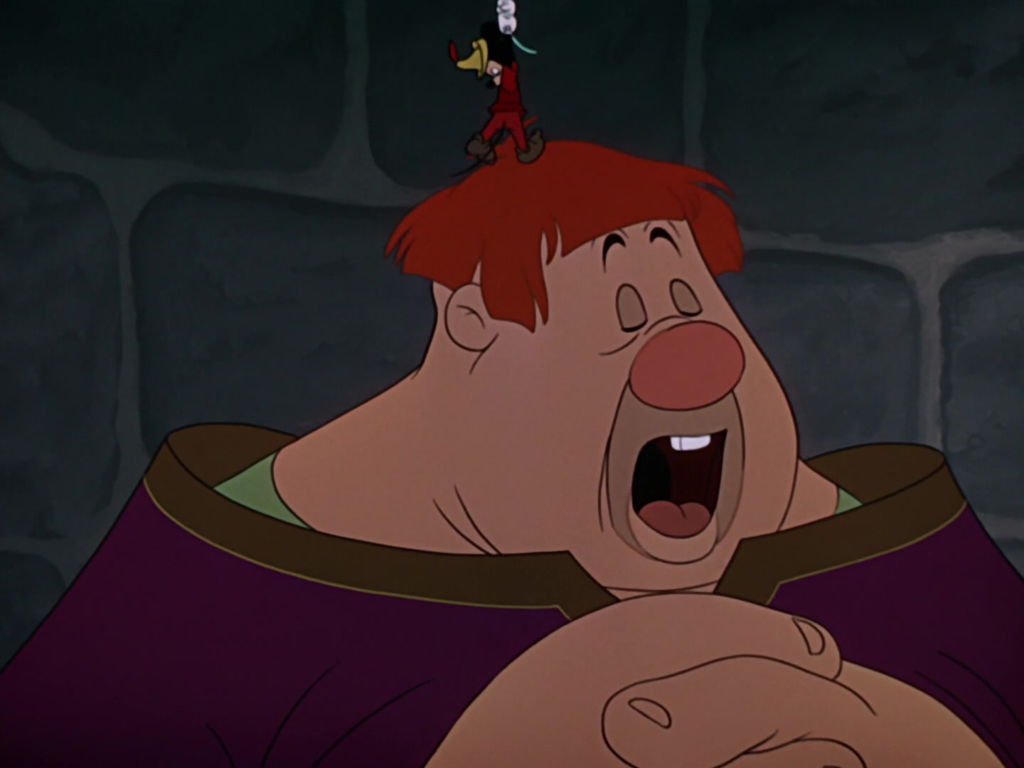
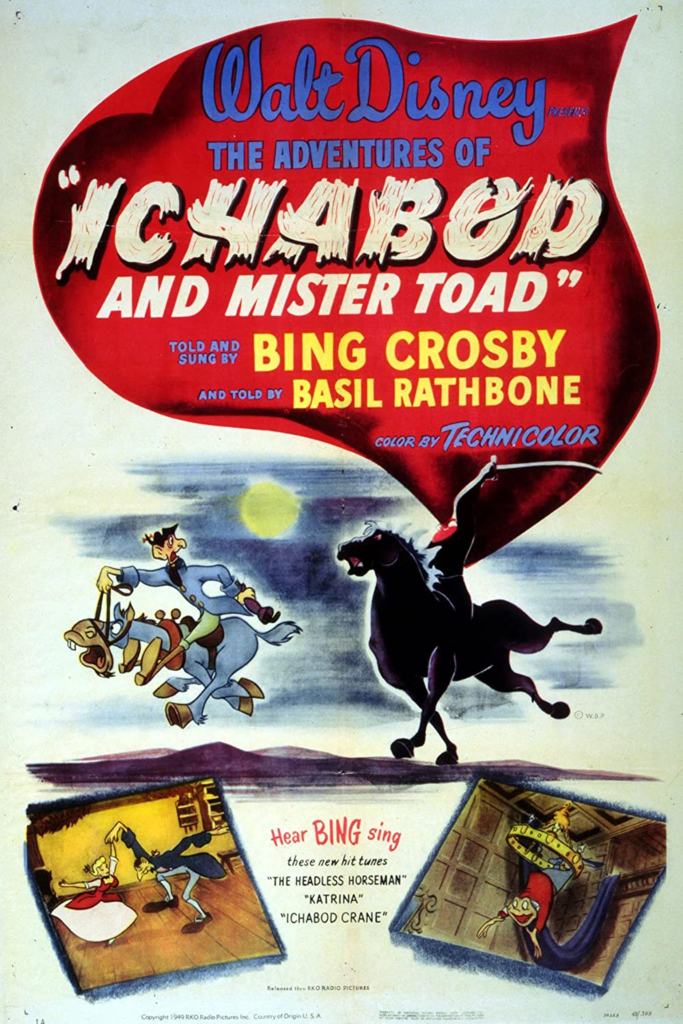



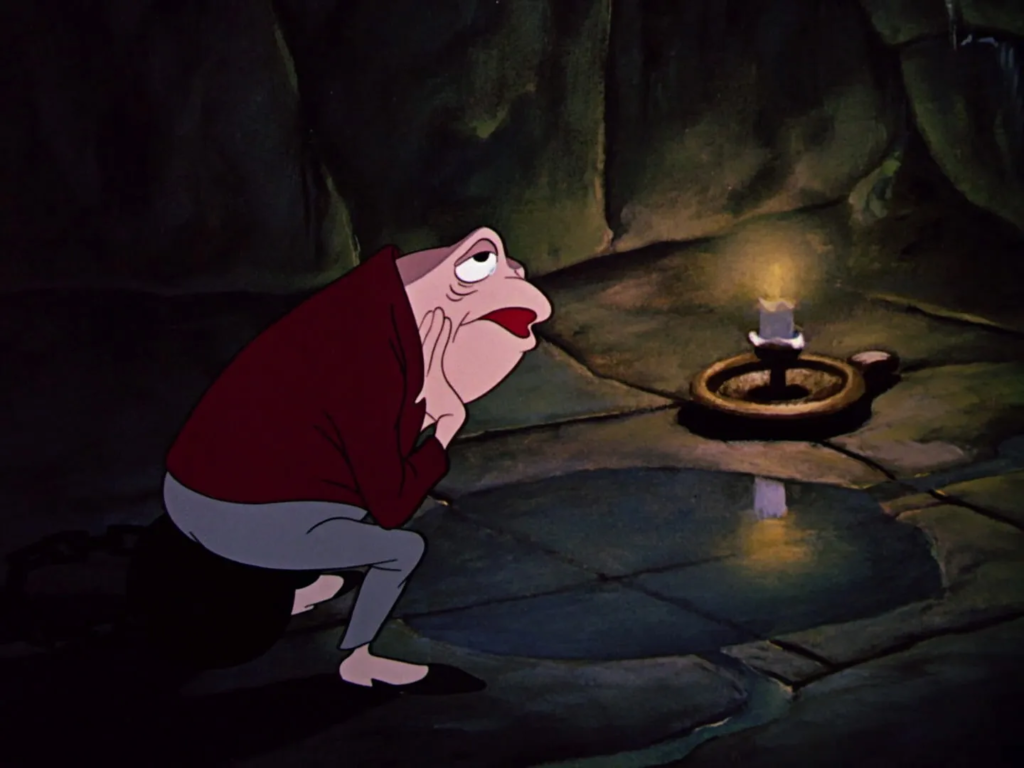


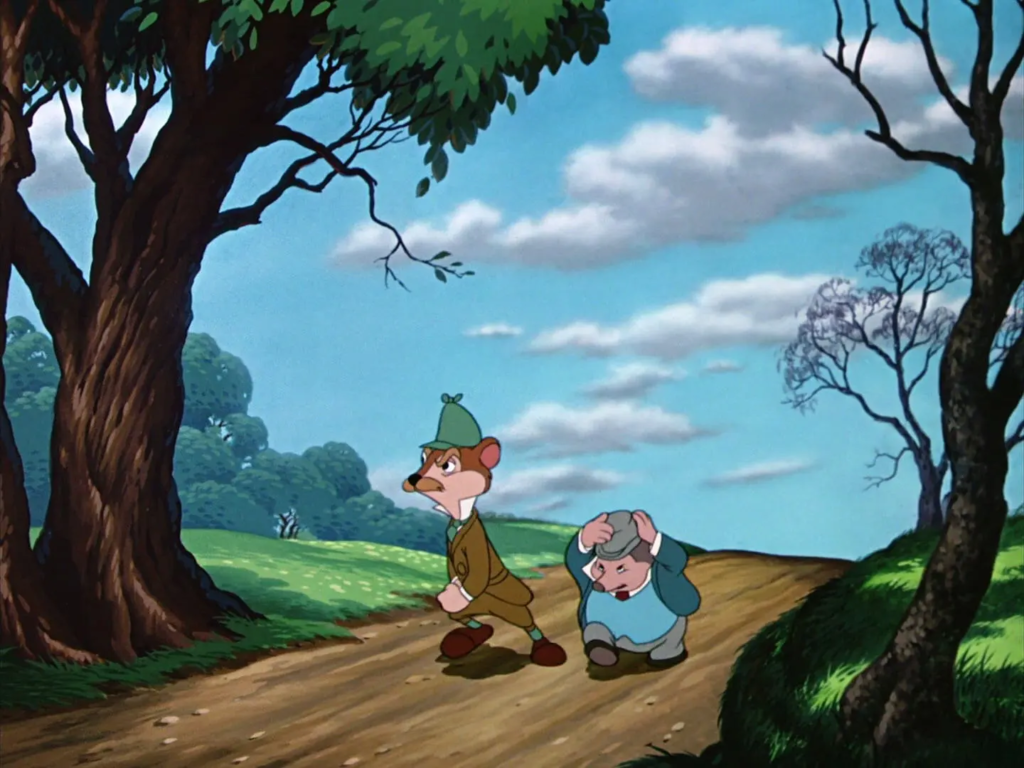






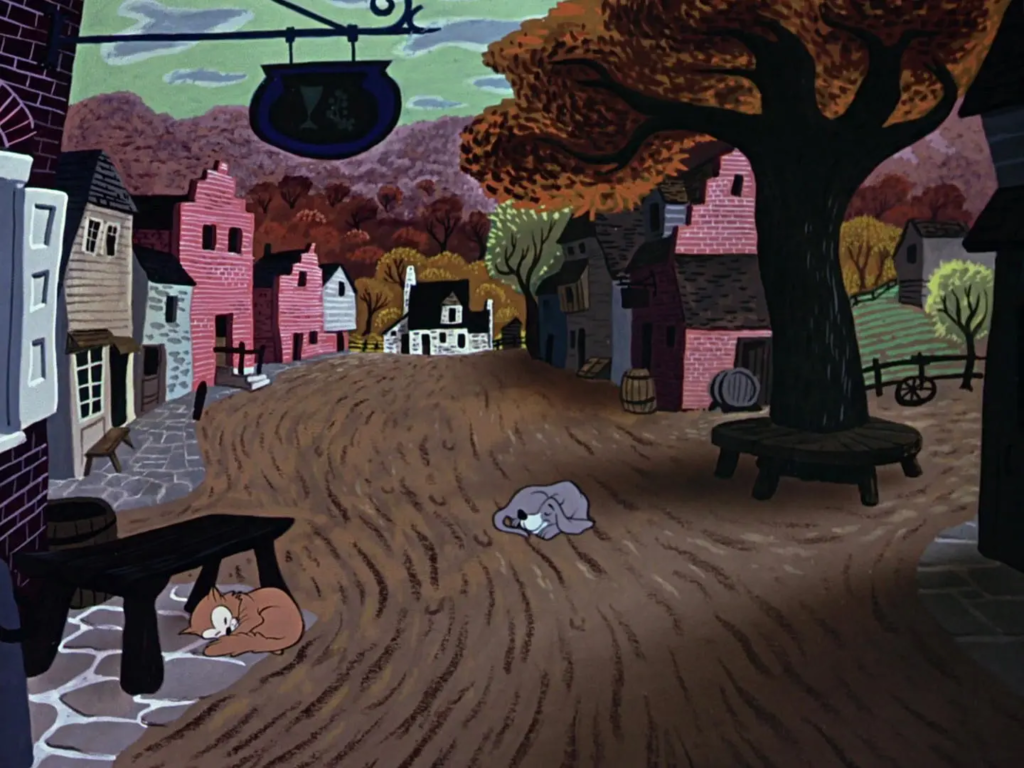



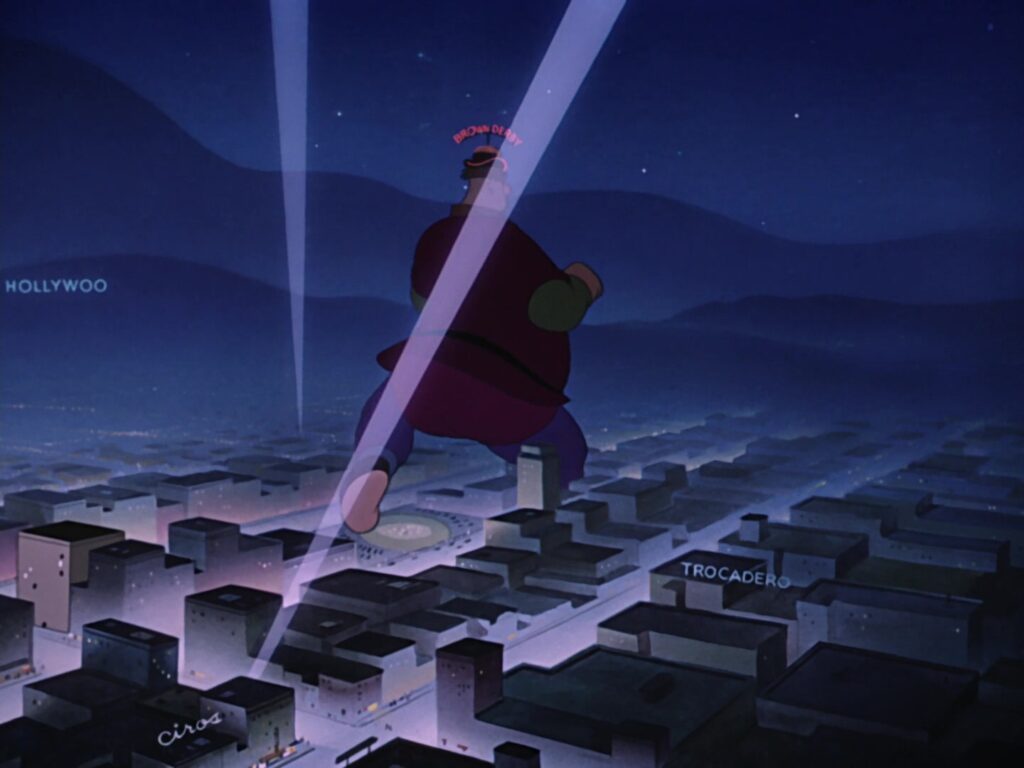
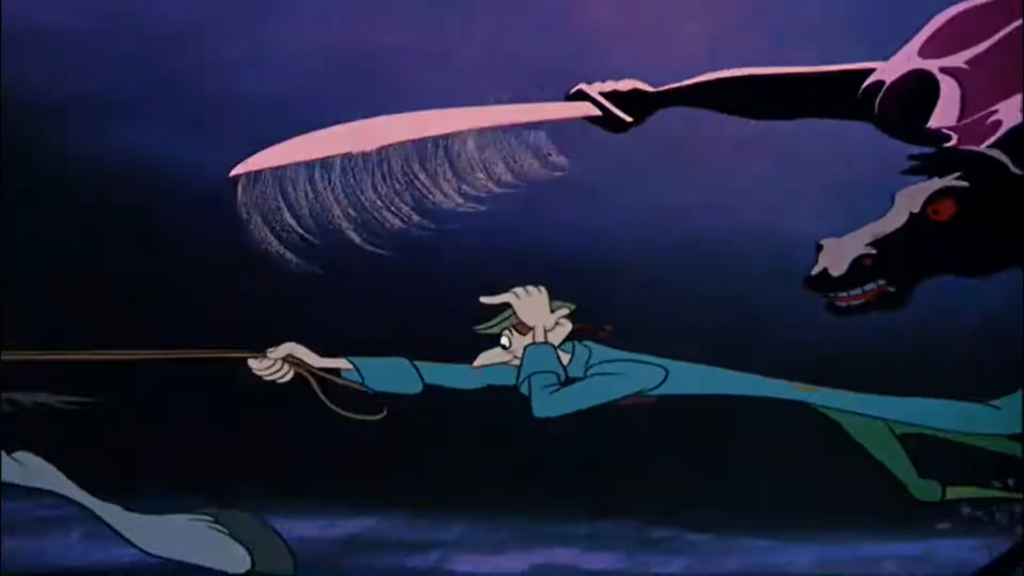
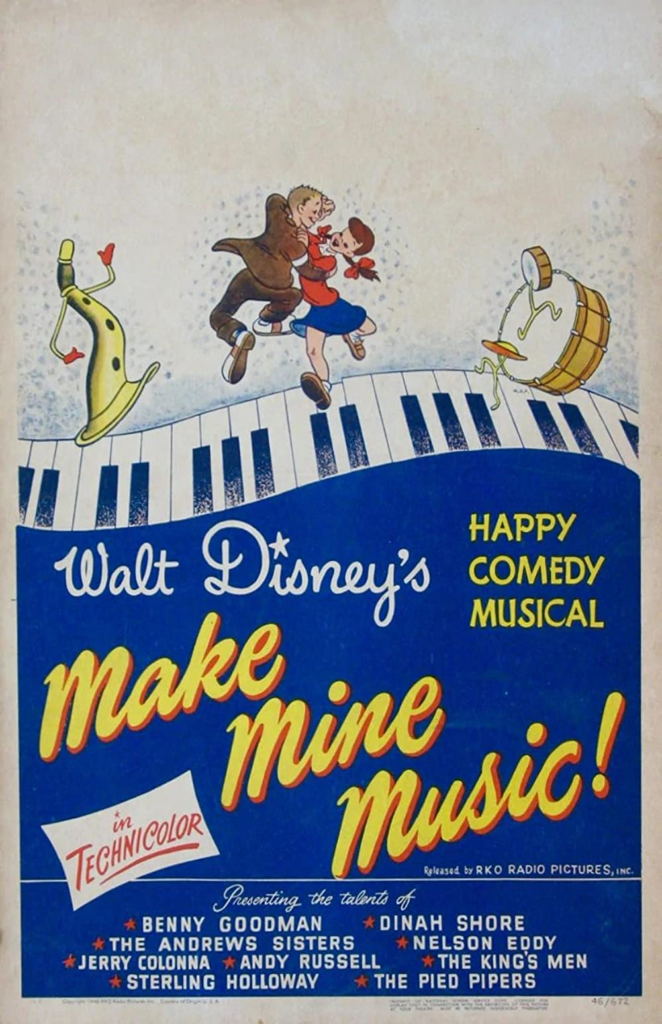
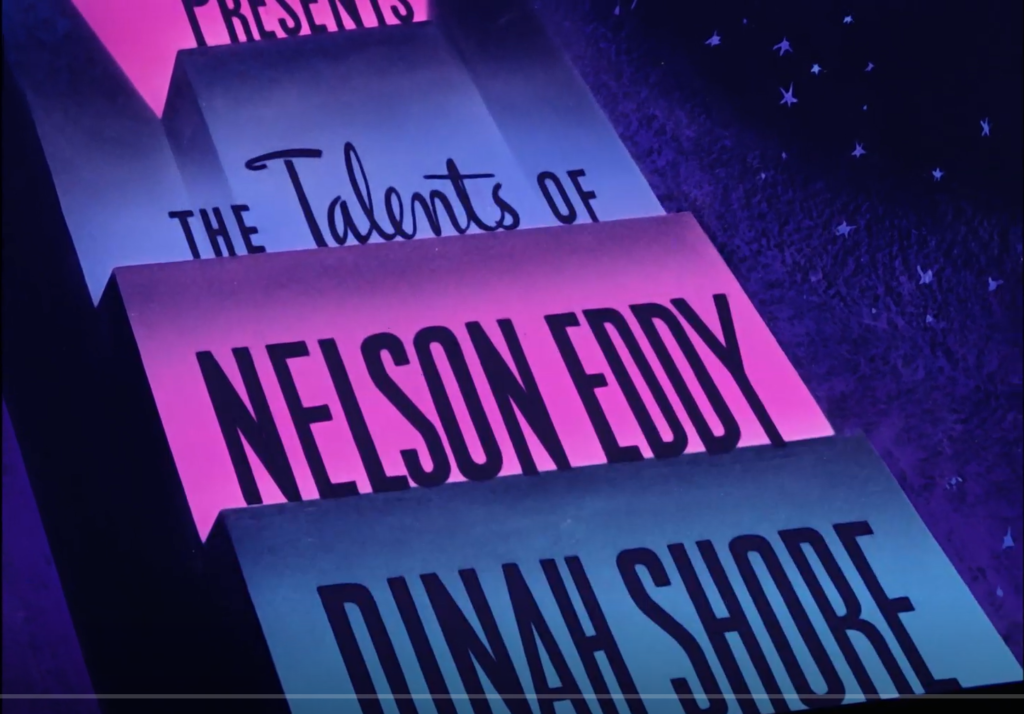
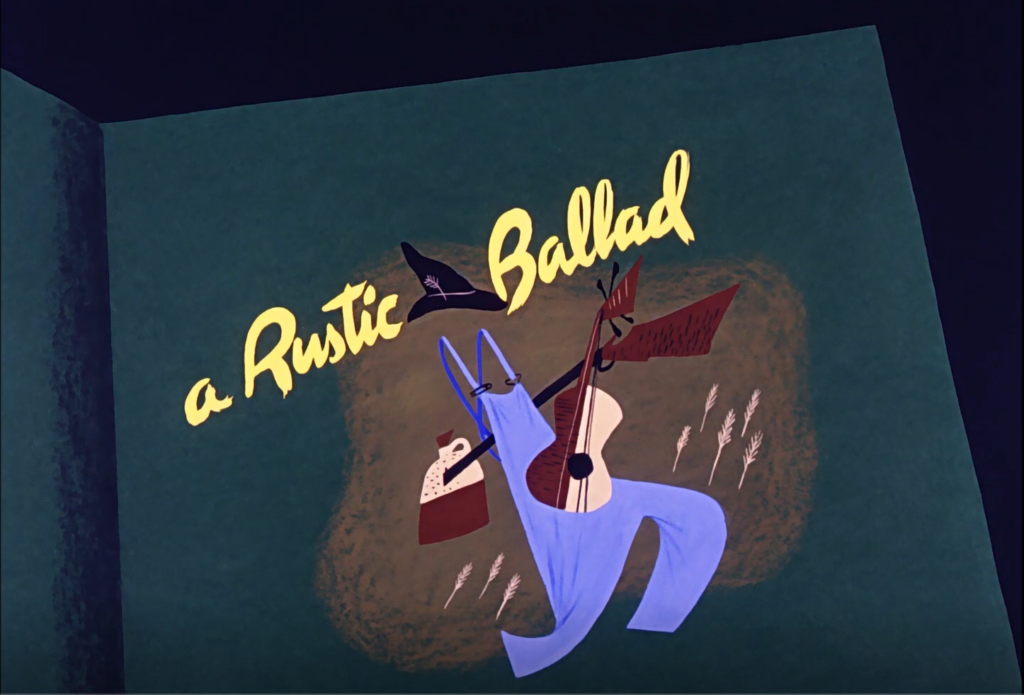
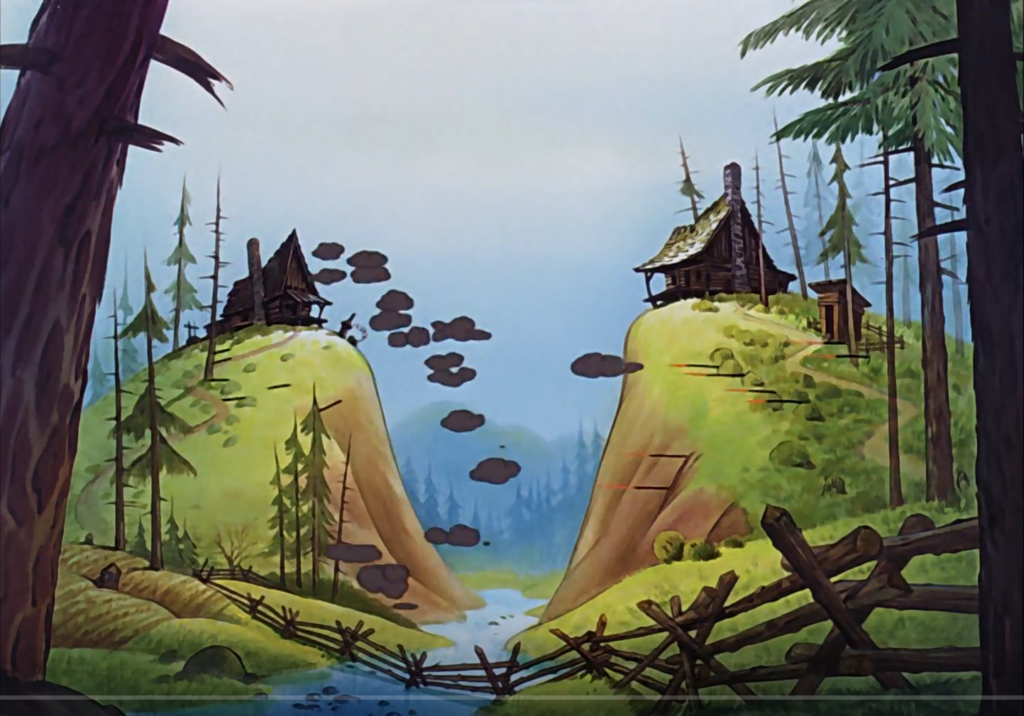




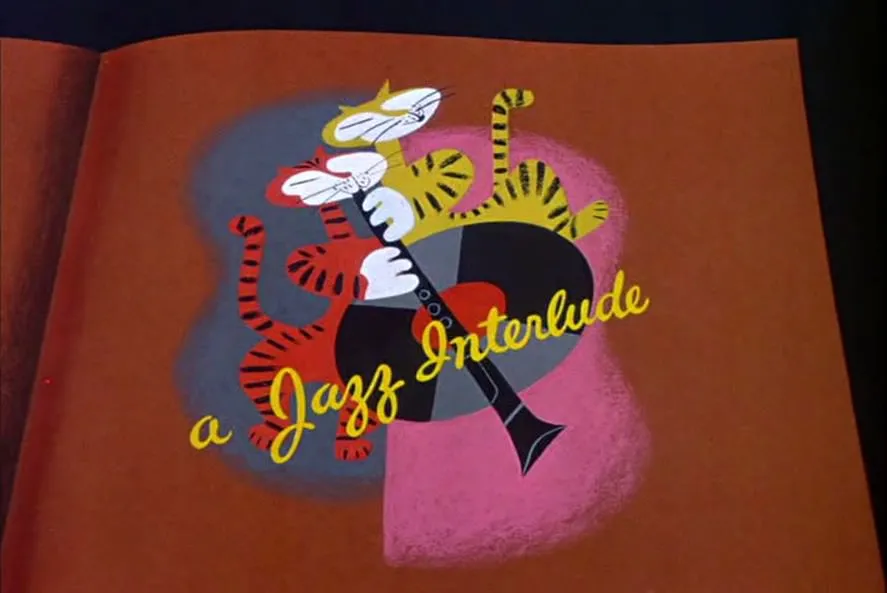




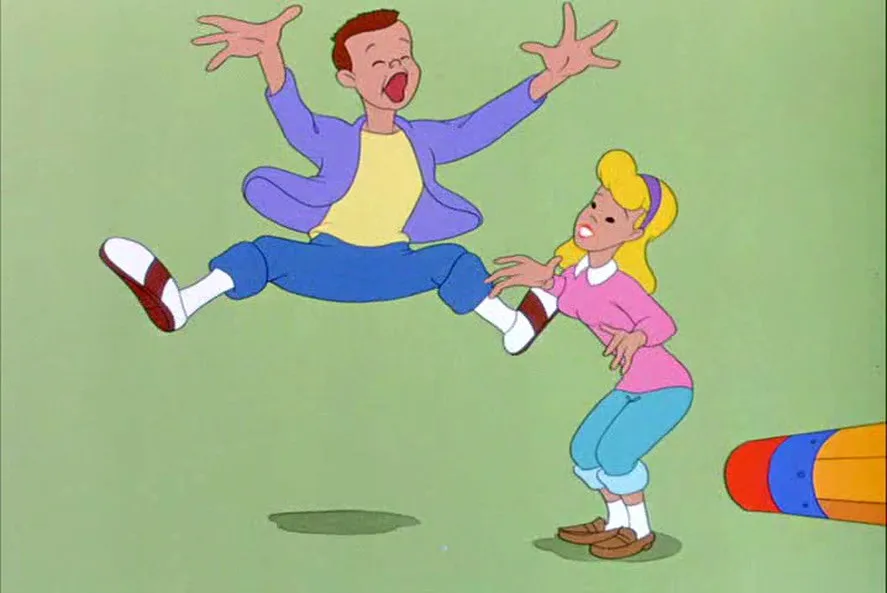

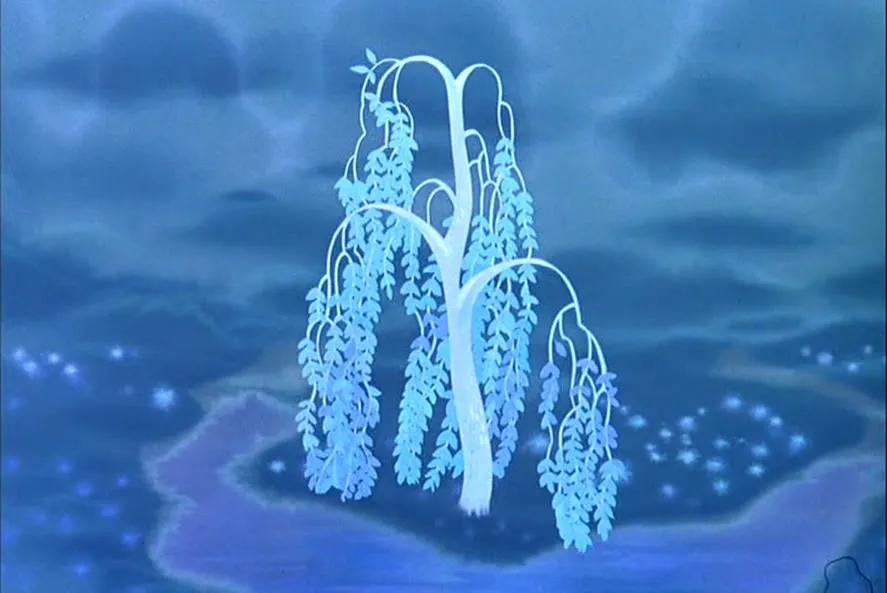

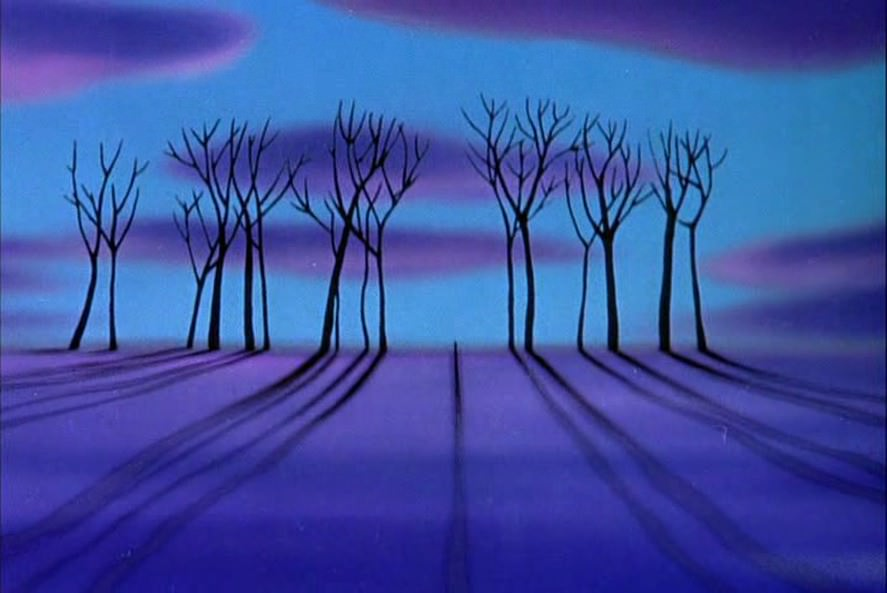
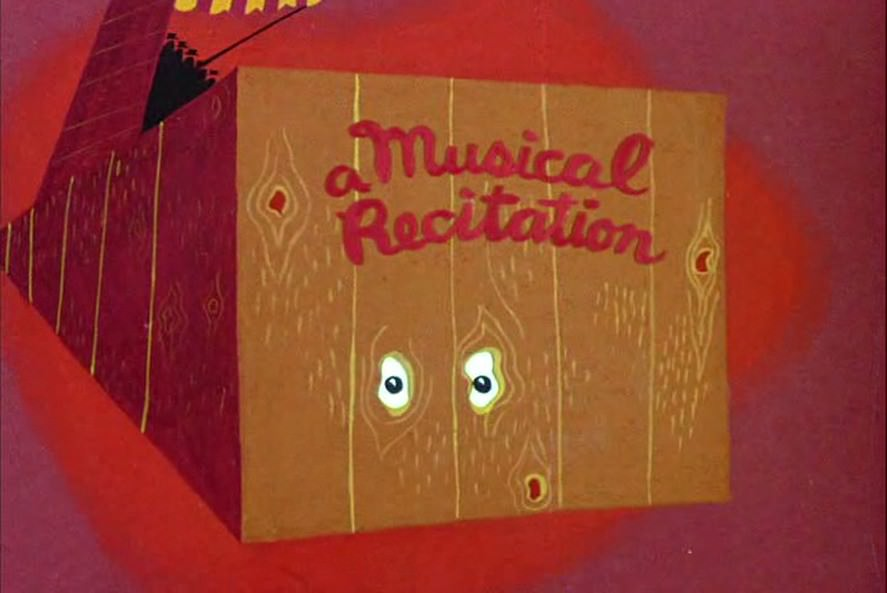



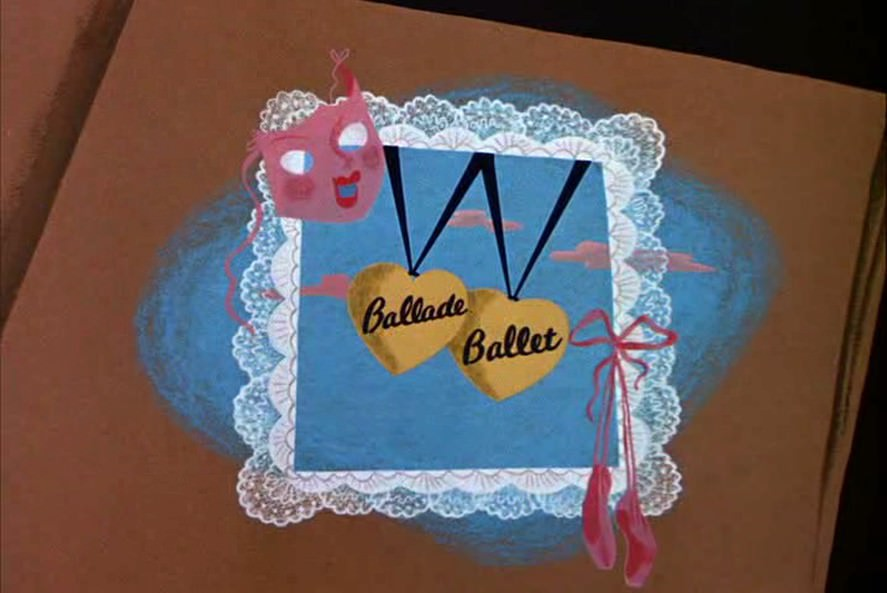



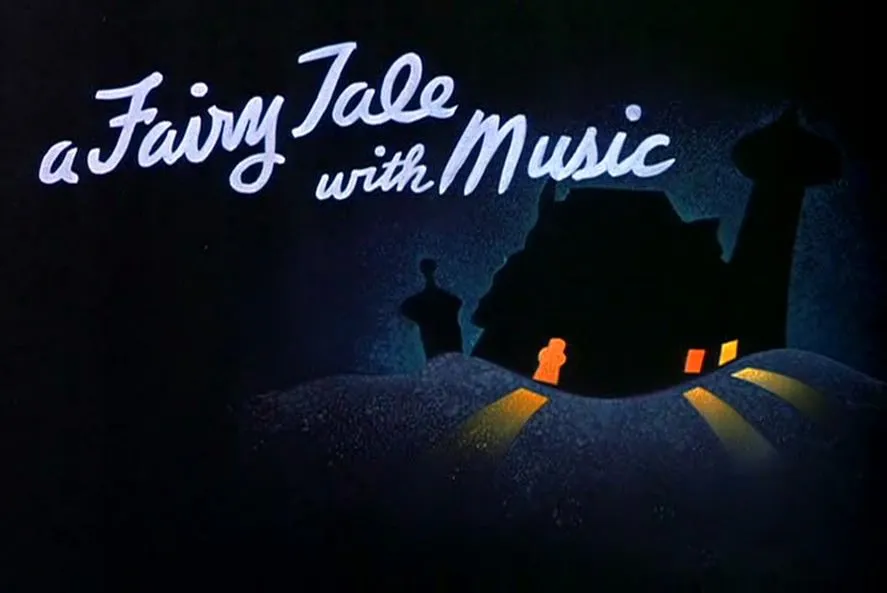
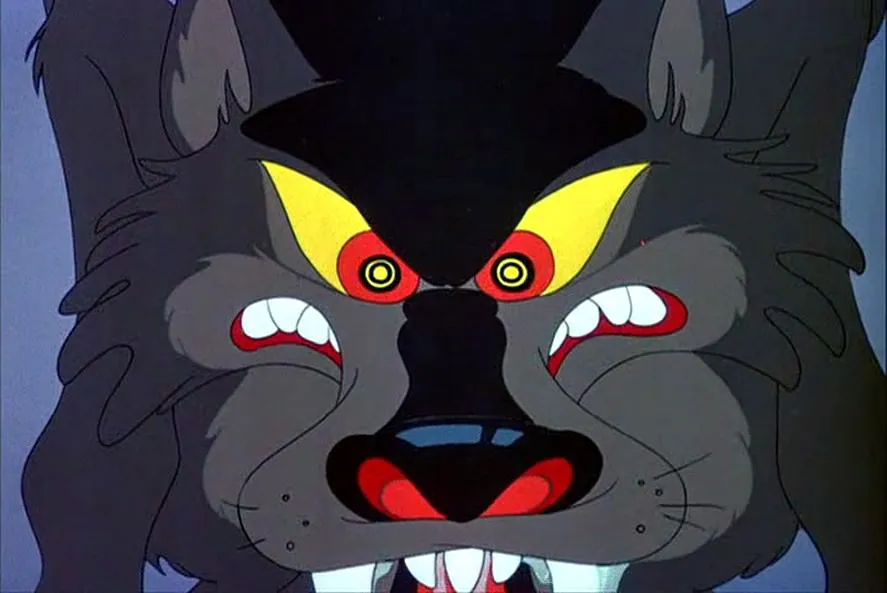

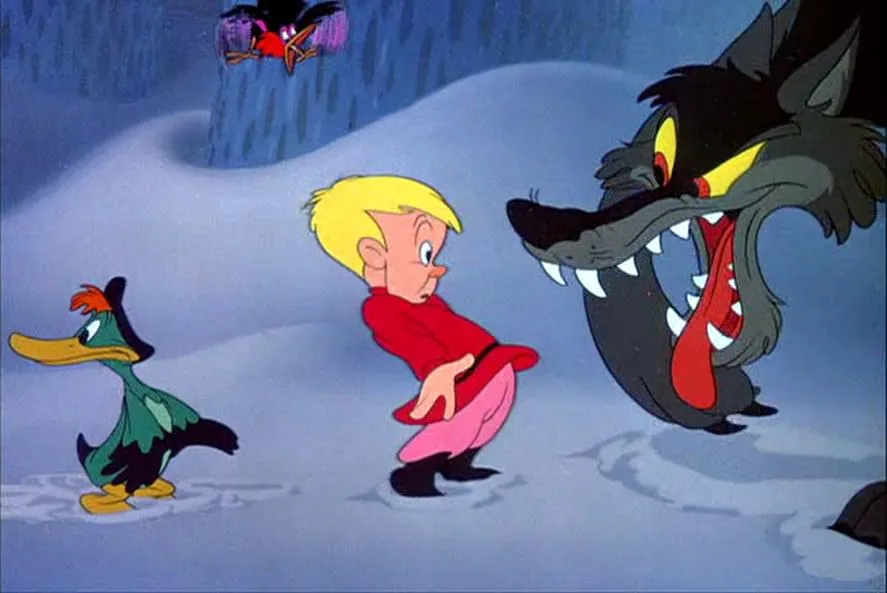
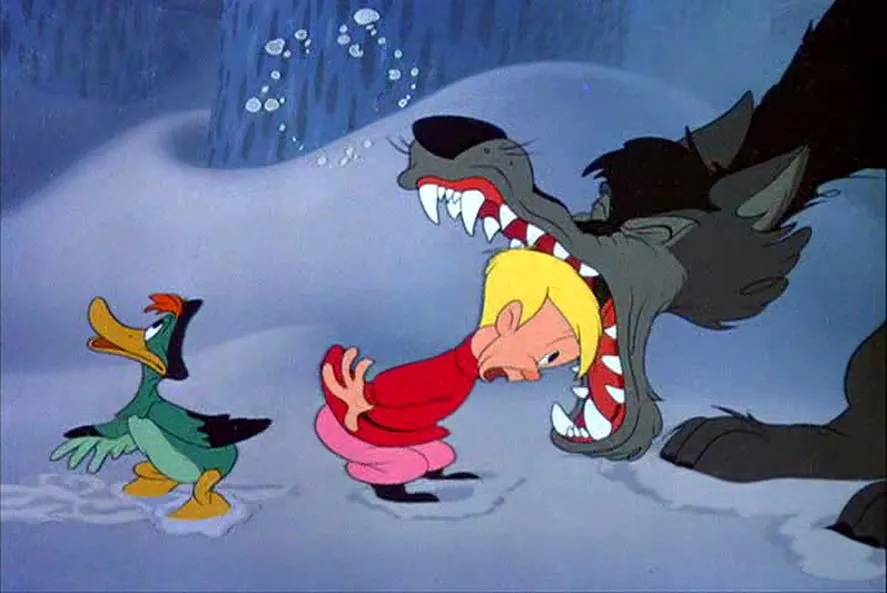
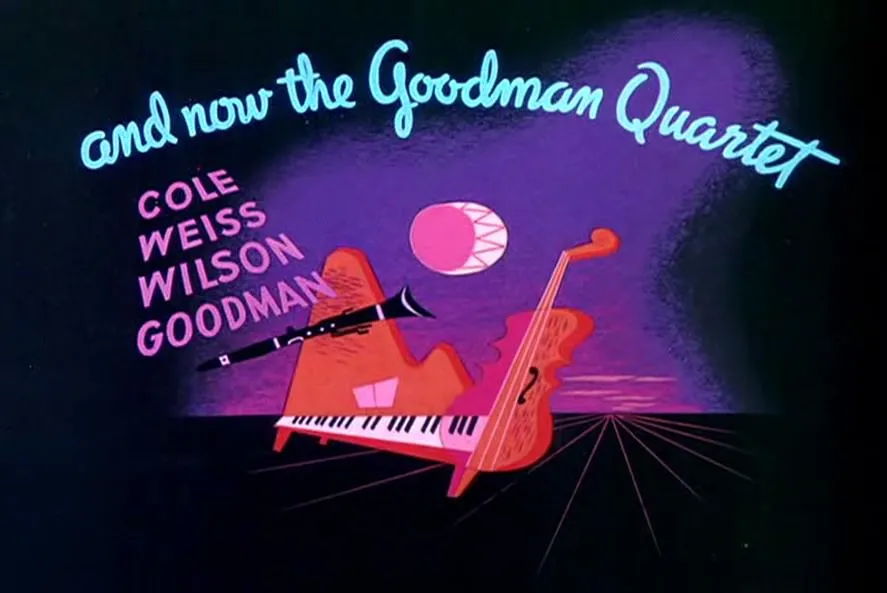
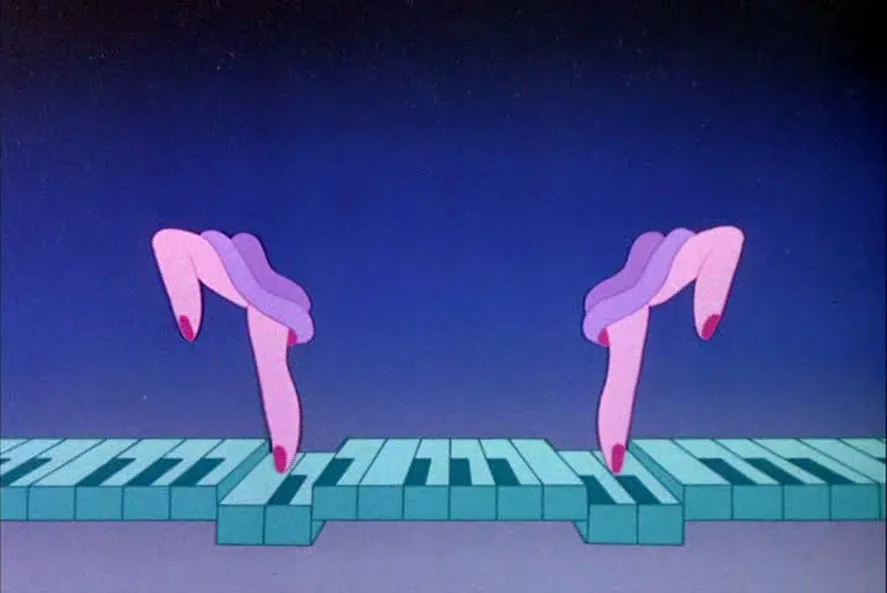

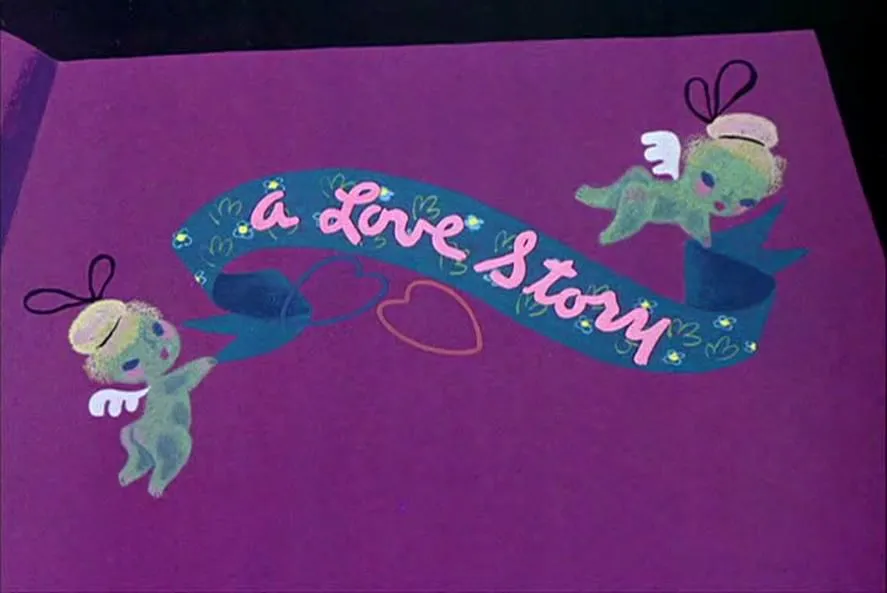
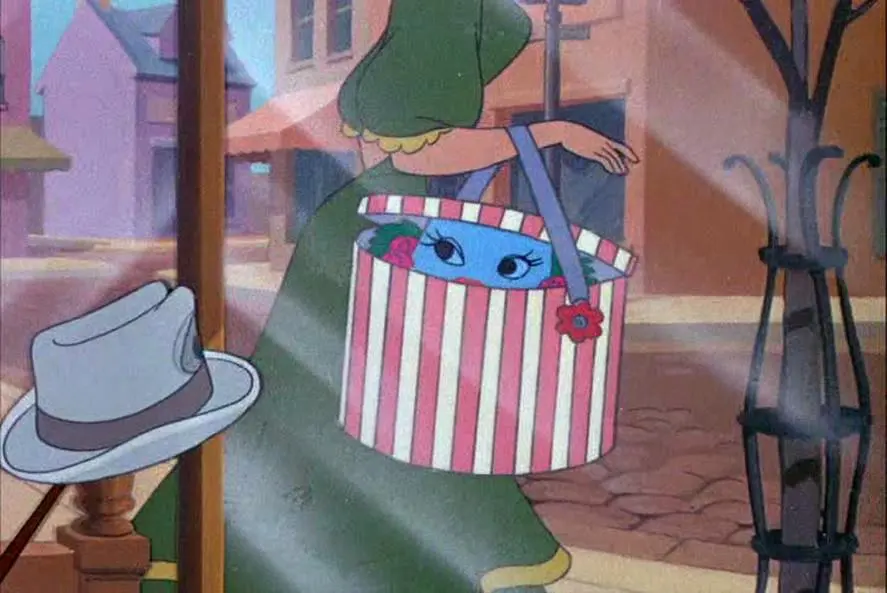
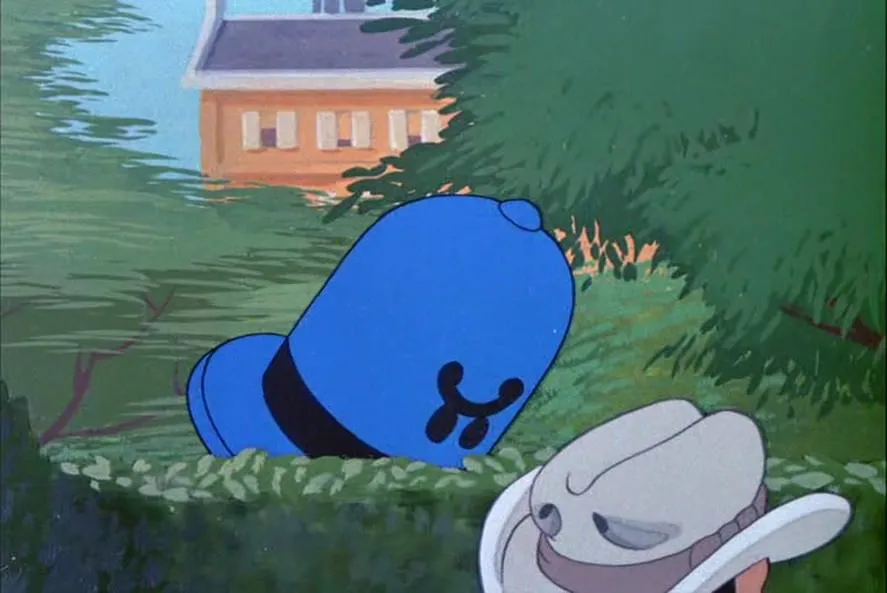

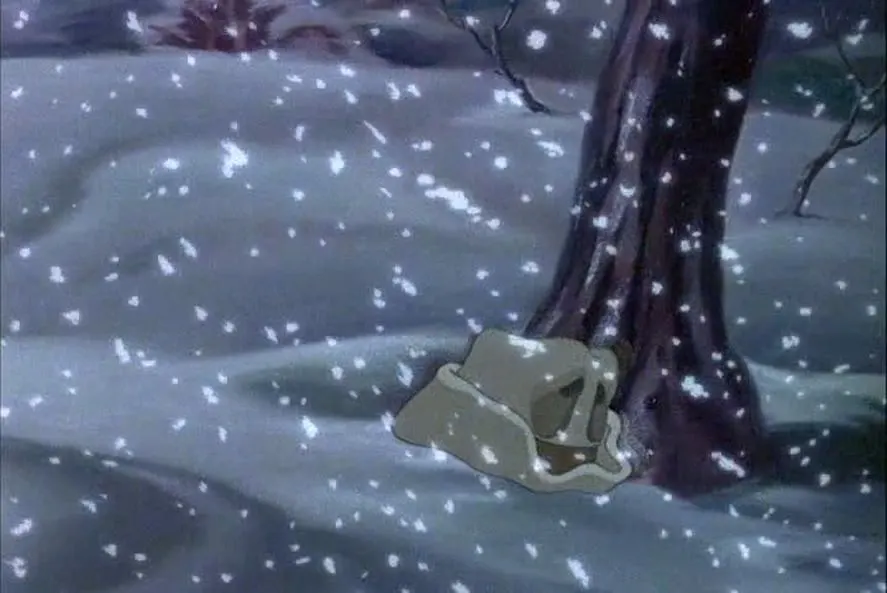

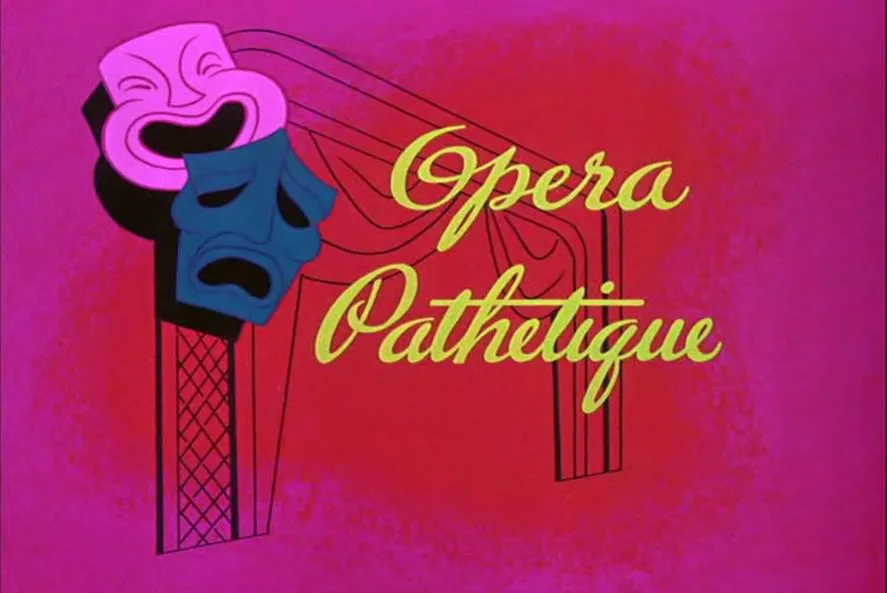
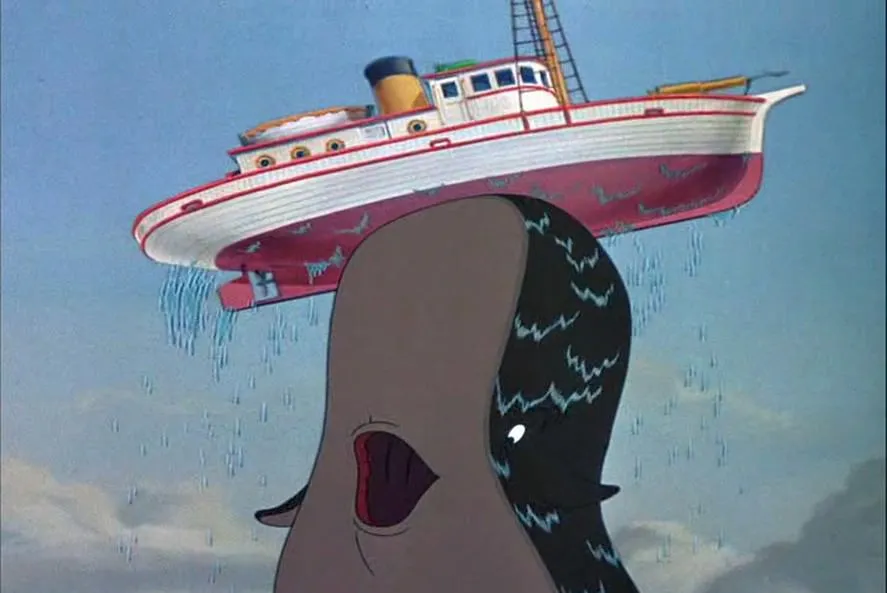
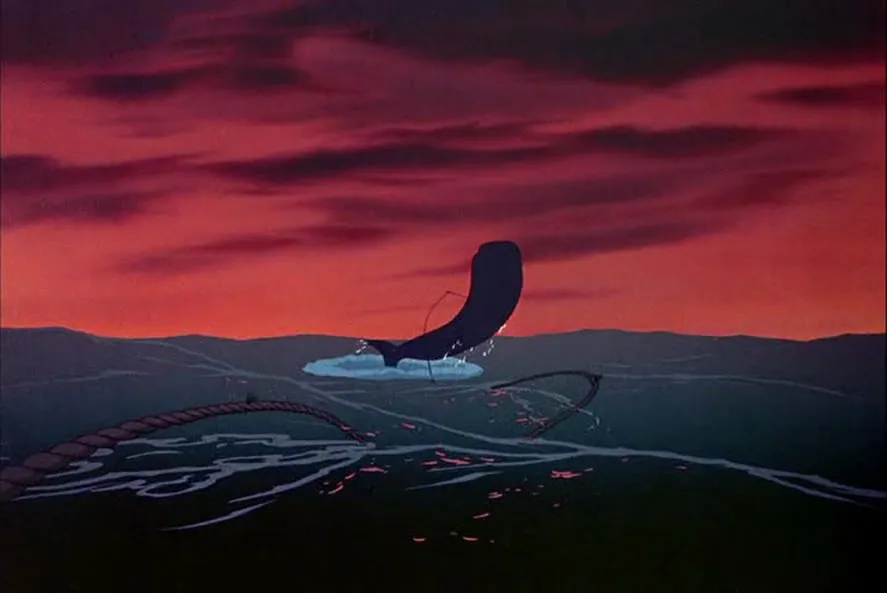




























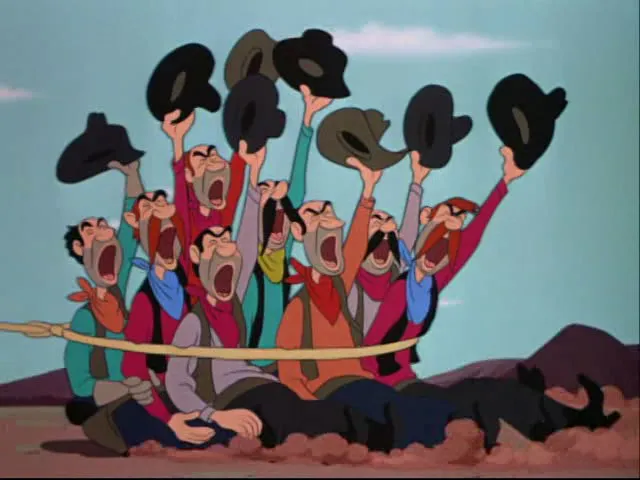
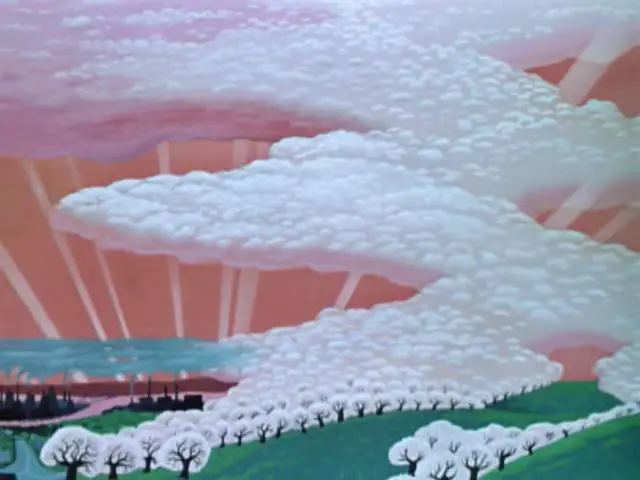 https://theadaptationstation.com/wp-content/uploads/2023/02/melody-time-disneyscreencaps.com-3553-2-300x225.webp 300w" sizes="auto, (max-width: 640px) 100vw, 640px" />
https://theadaptationstation.com/wp-content/uploads/2023/02/melody-time-disneyscreencaps.com-3553-2-300x225.webp 300w" sizes="auto, (max-width: 640px) 100vw, 640px" />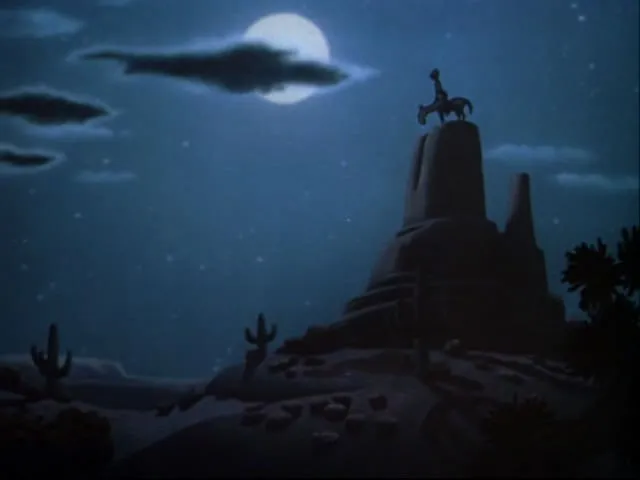 https://theadaptationstation.com/wp-content/uploads/2023/02/melody-time-disneyscreencaps.com-8310-1-300x225.webp 300w" sizes="auto, (max-width: 640px) 100vw, 640px" />
https://theadaptationstation.com/wp-content/uploads/2023/02/melody-time-disneyscreencaps.com-8310-1-300x225.webp 300w" sizes="auto, (max-width: 640px) 100vw, 640px" />